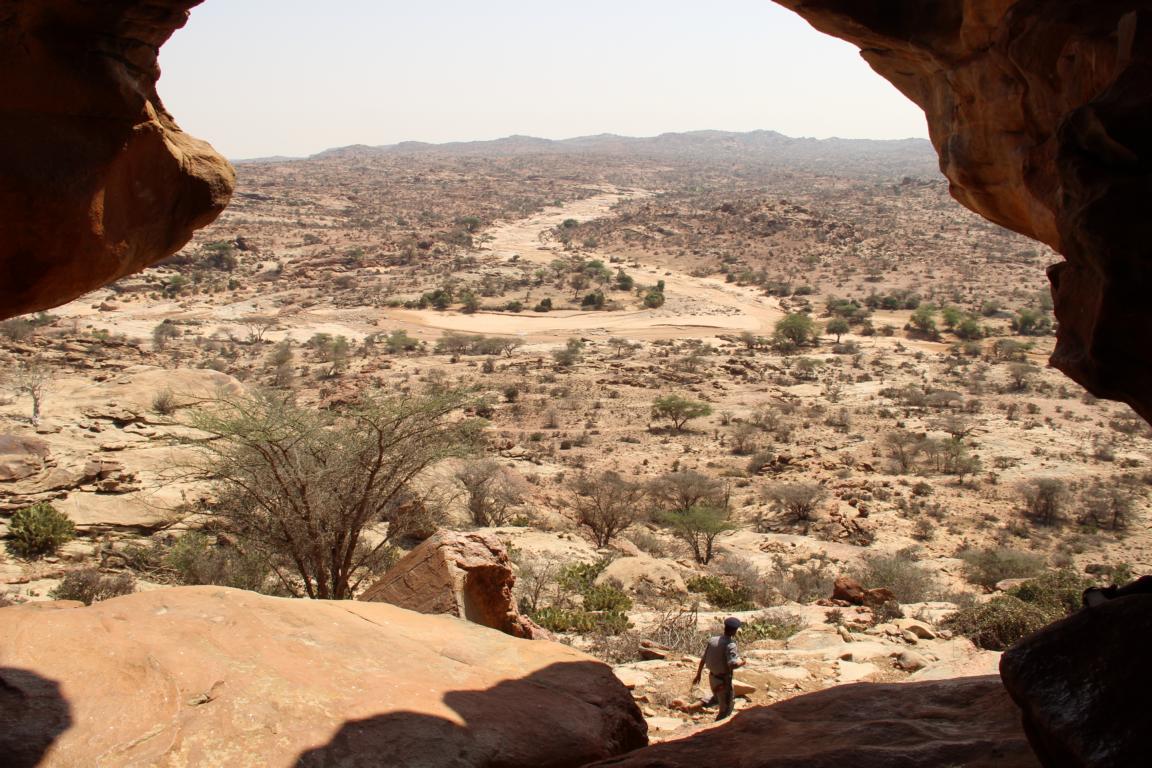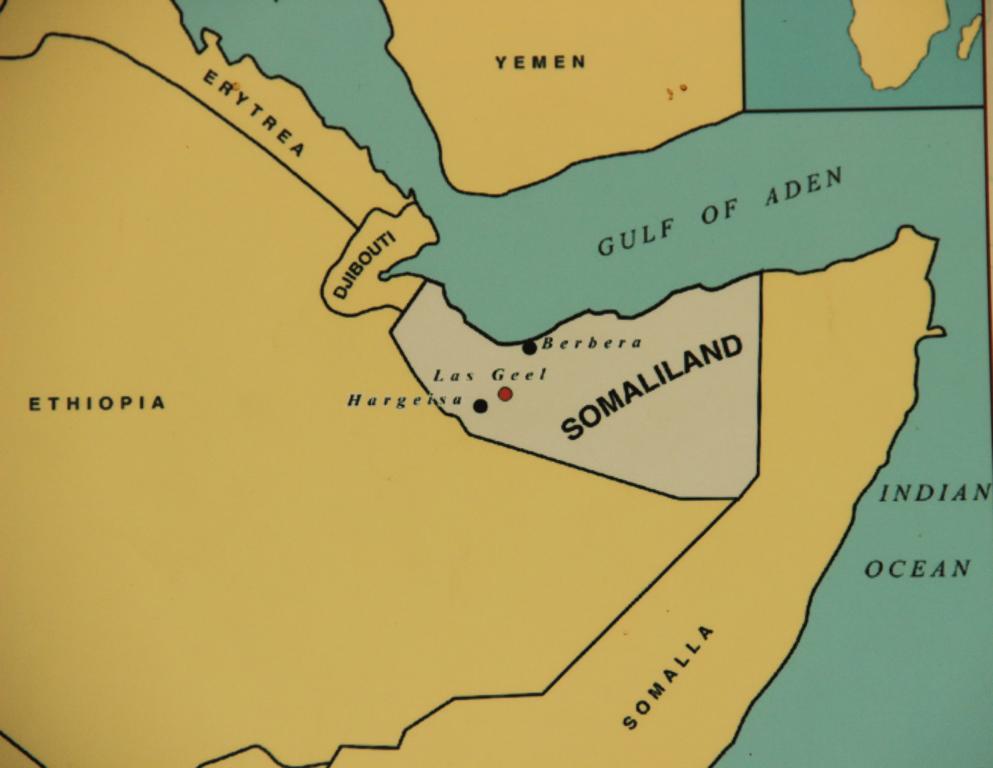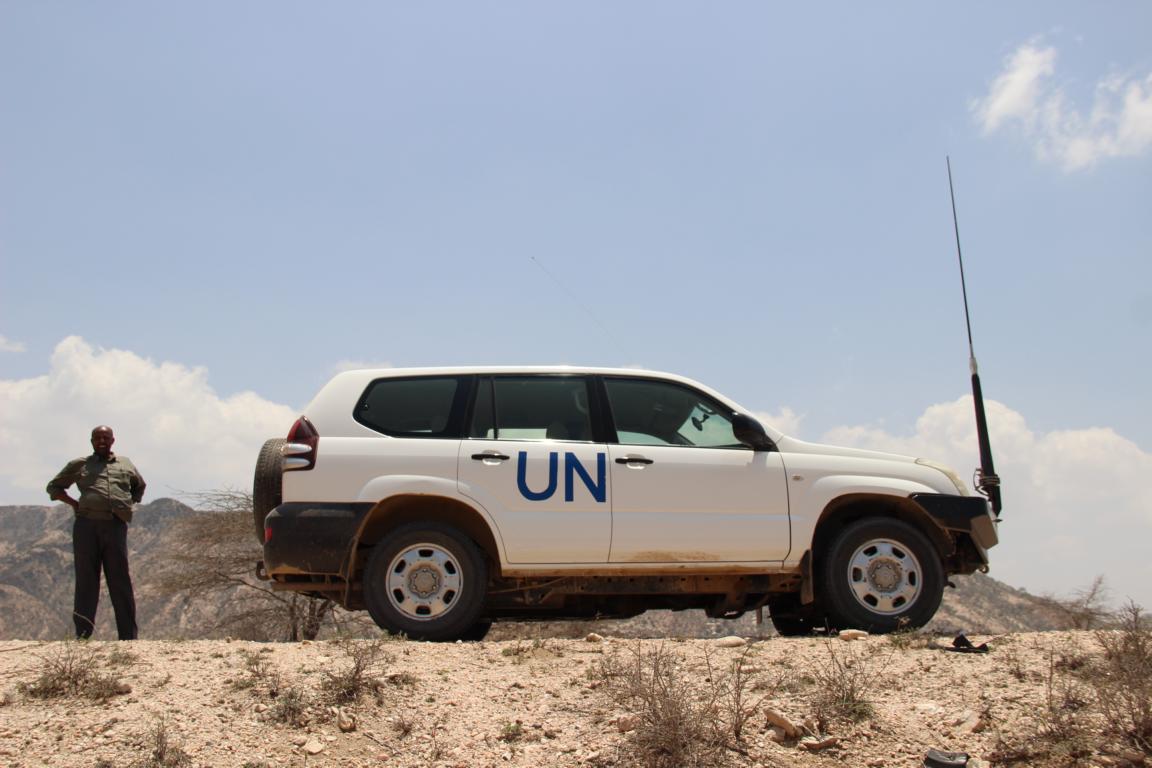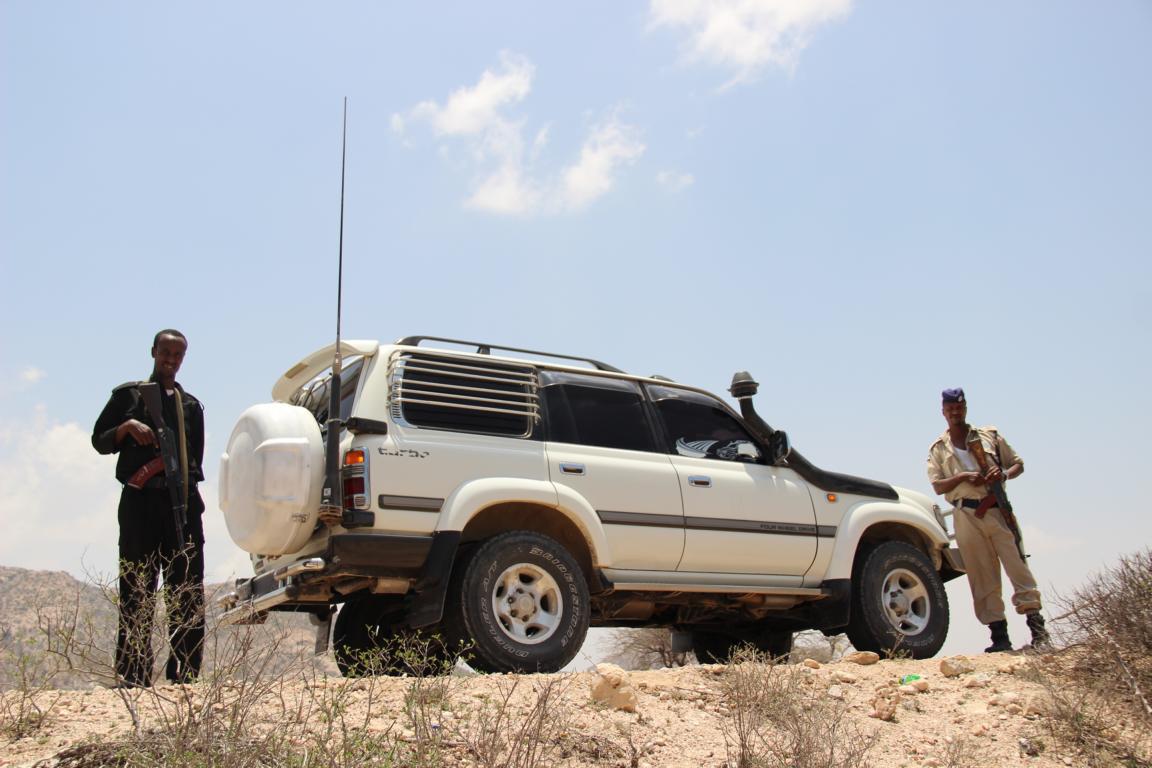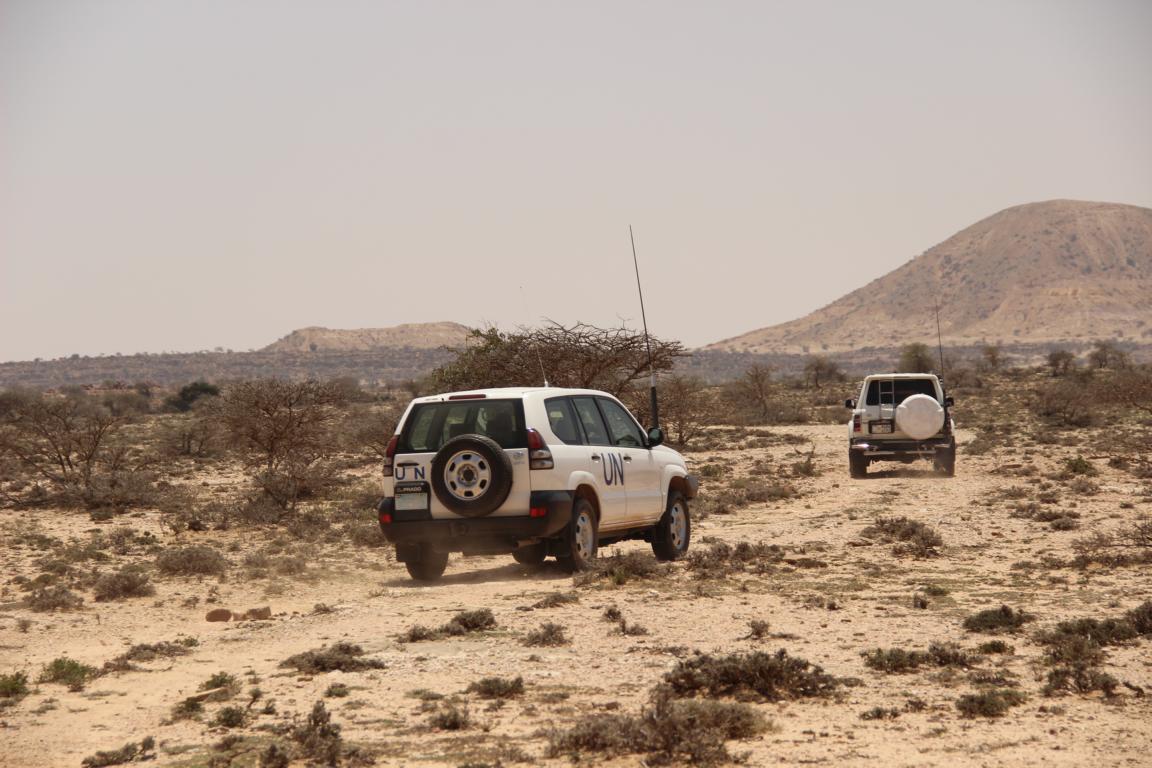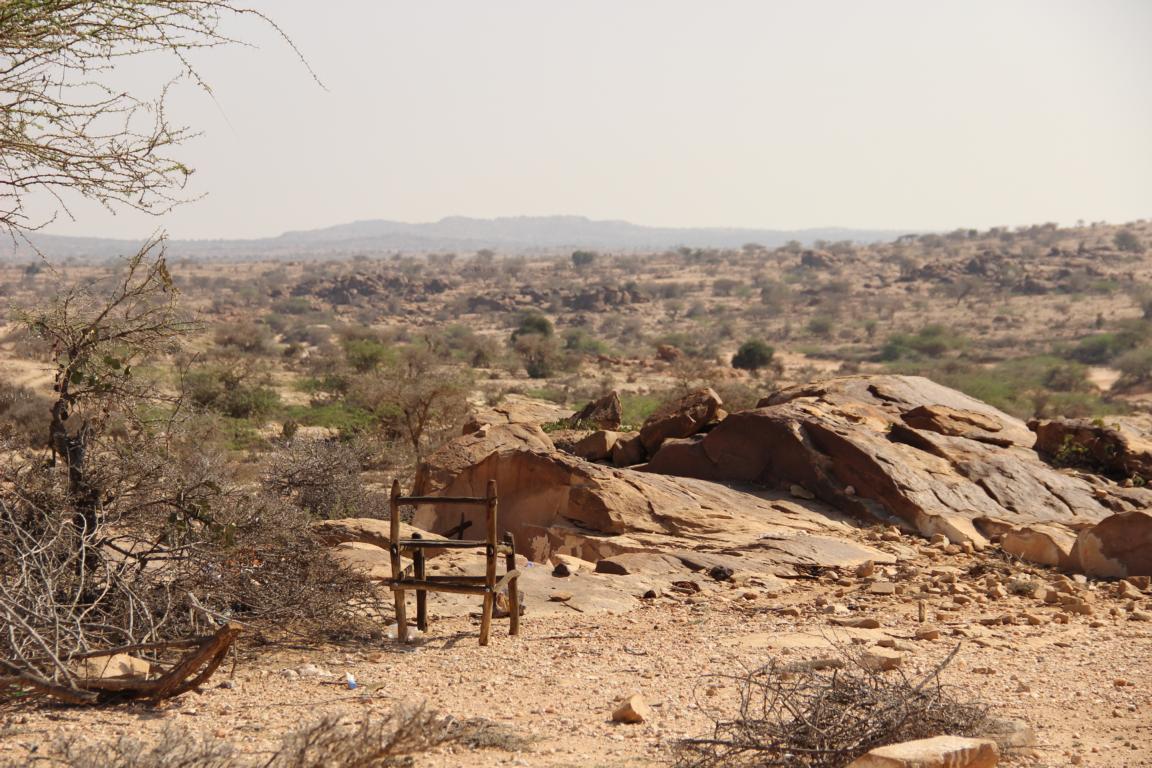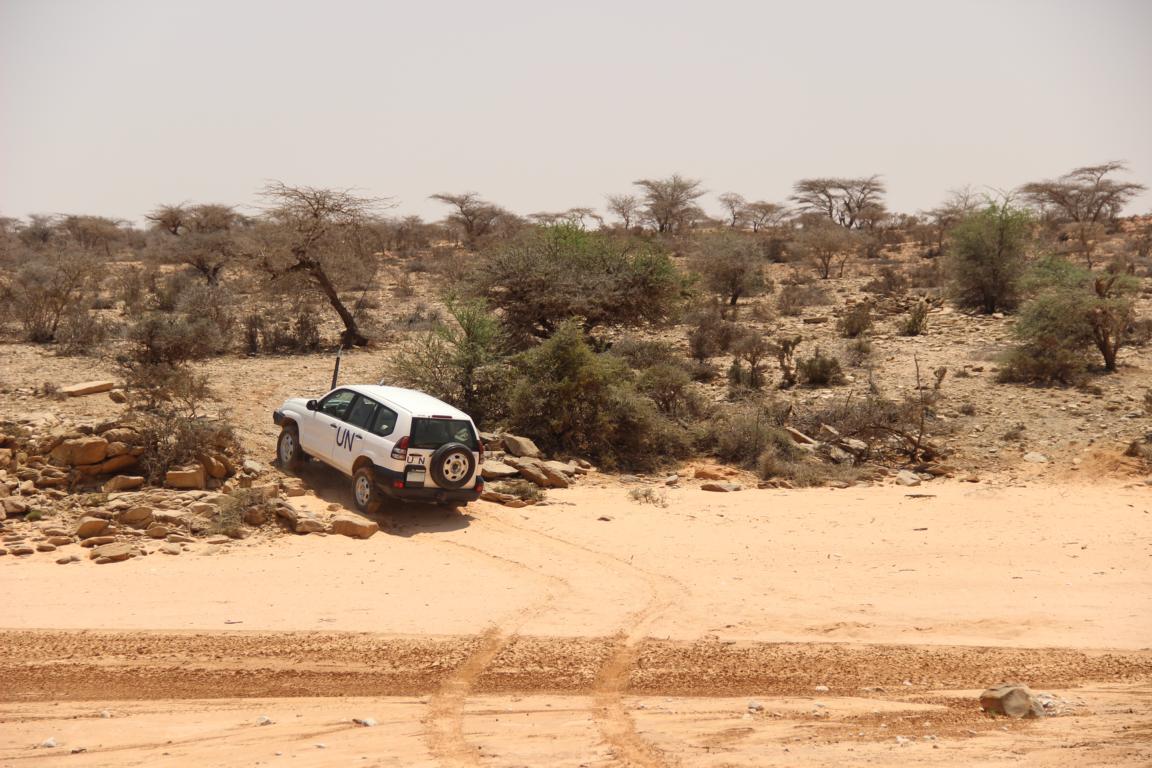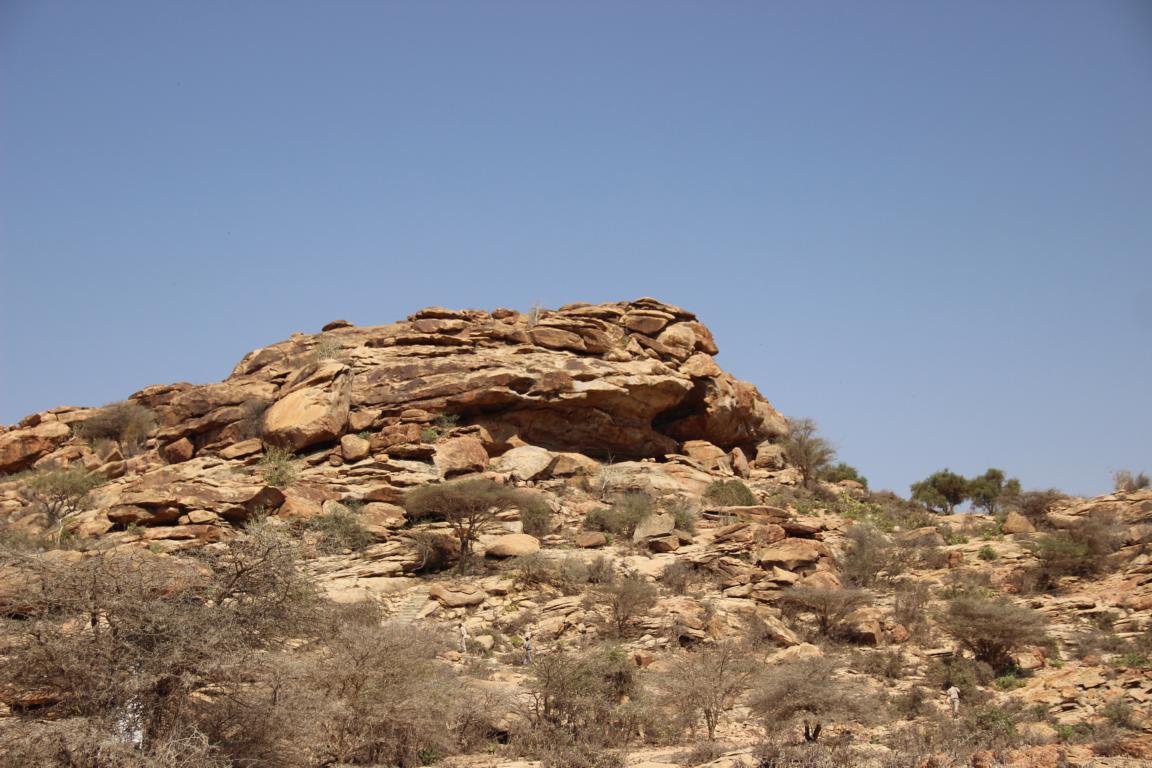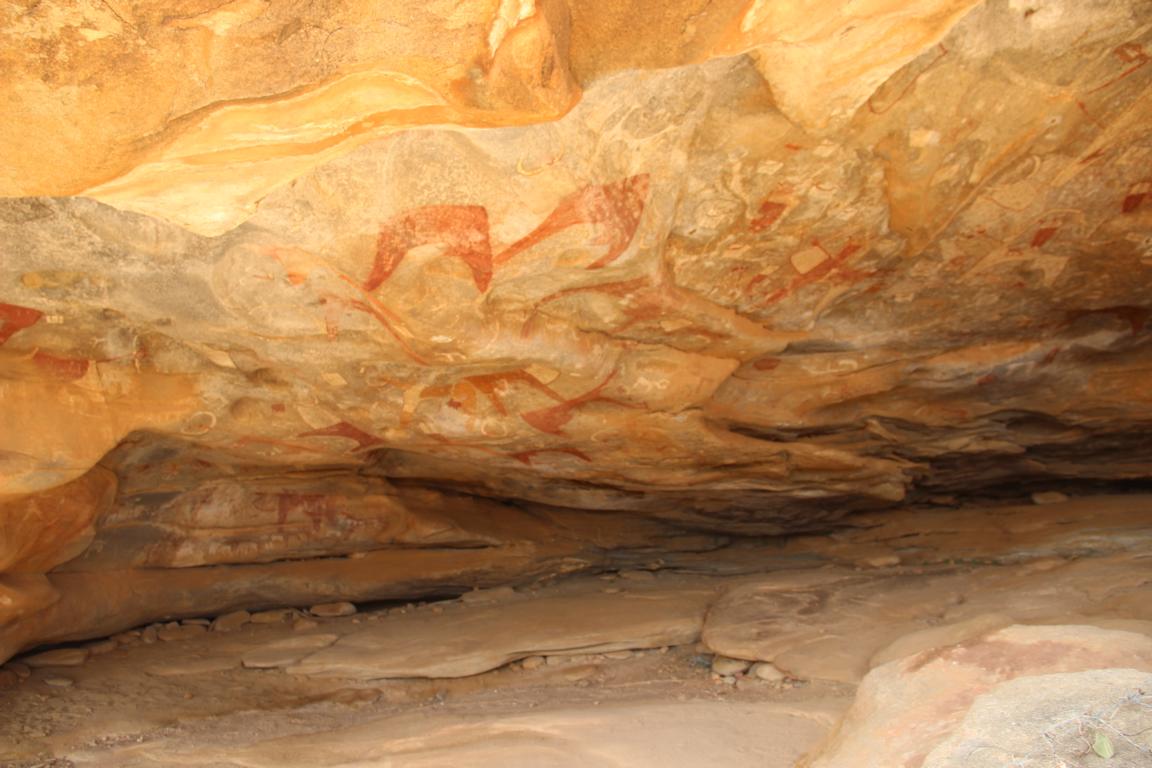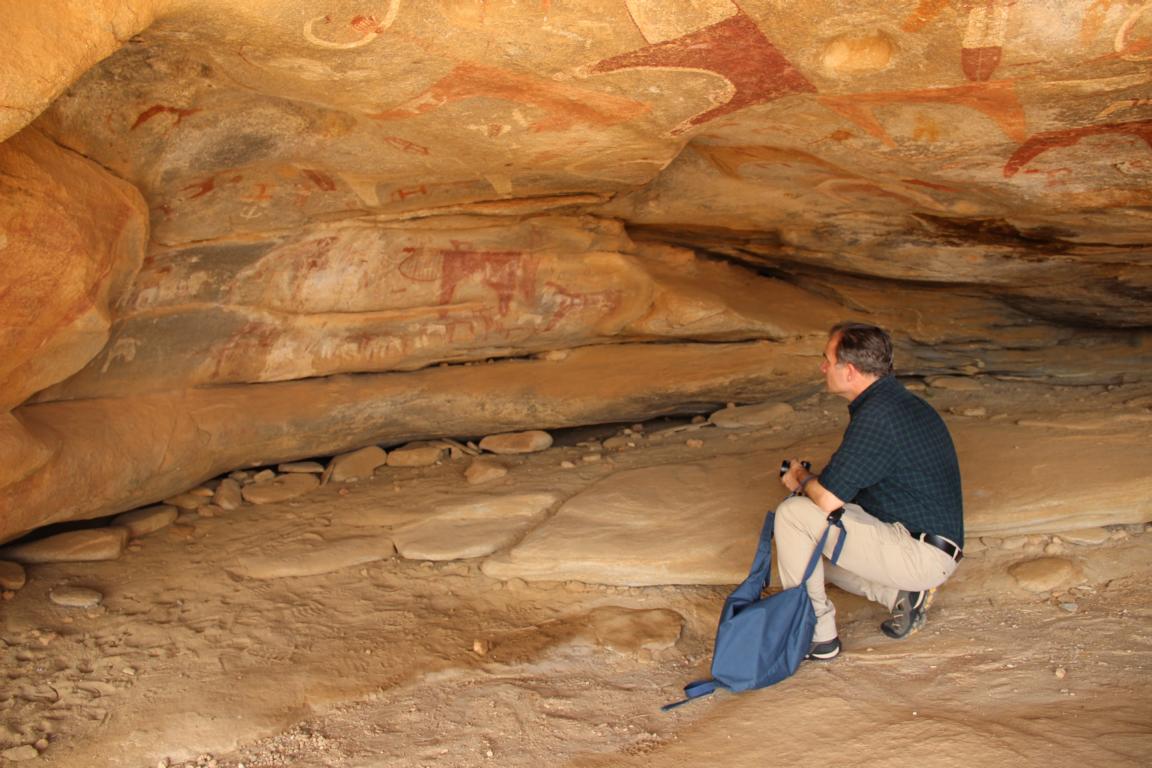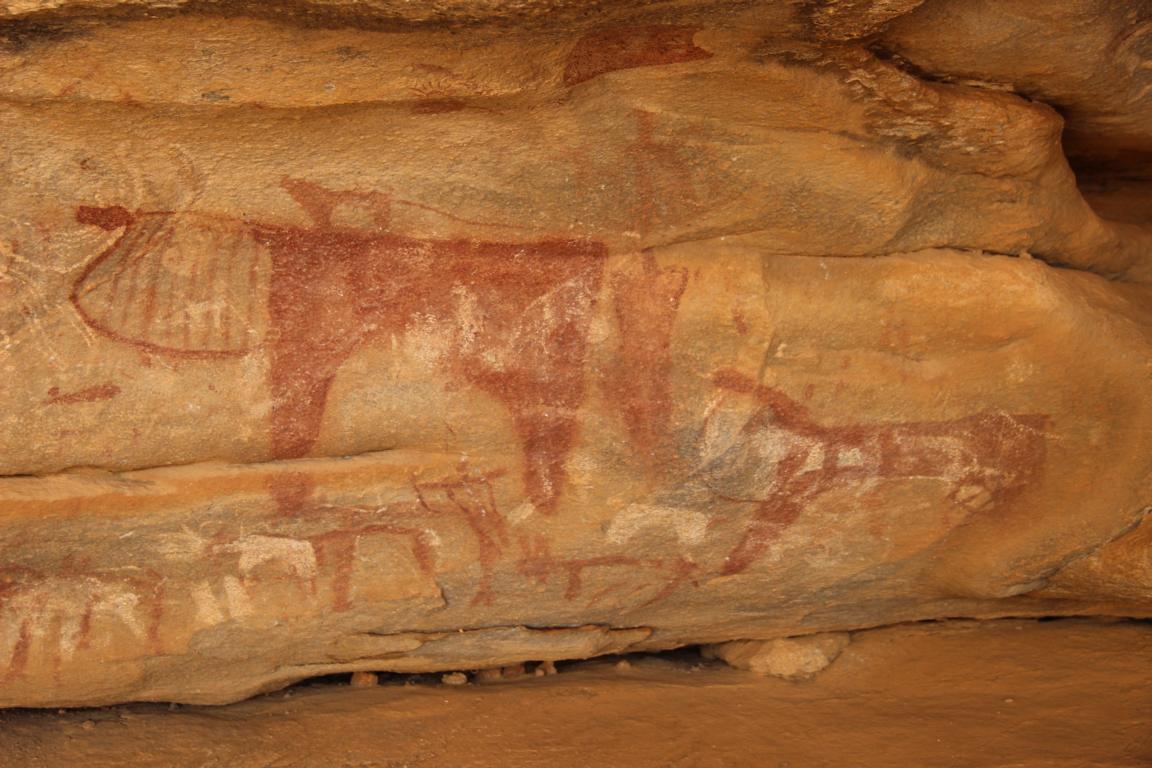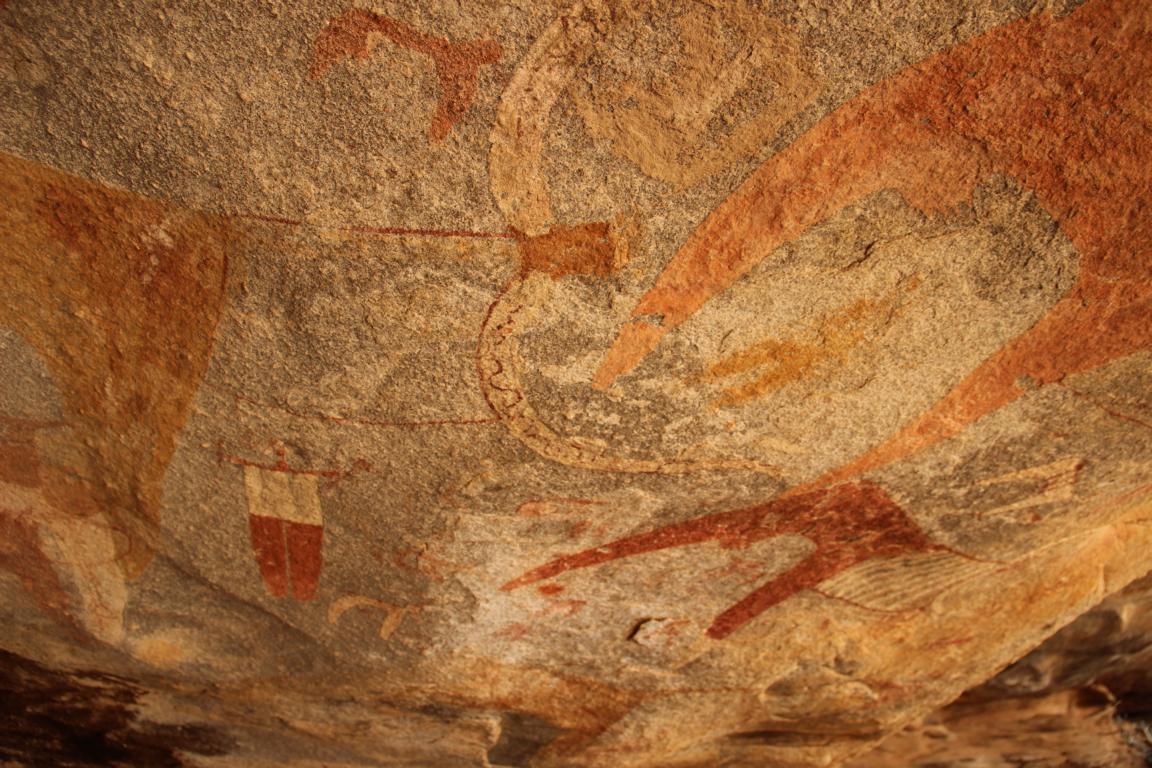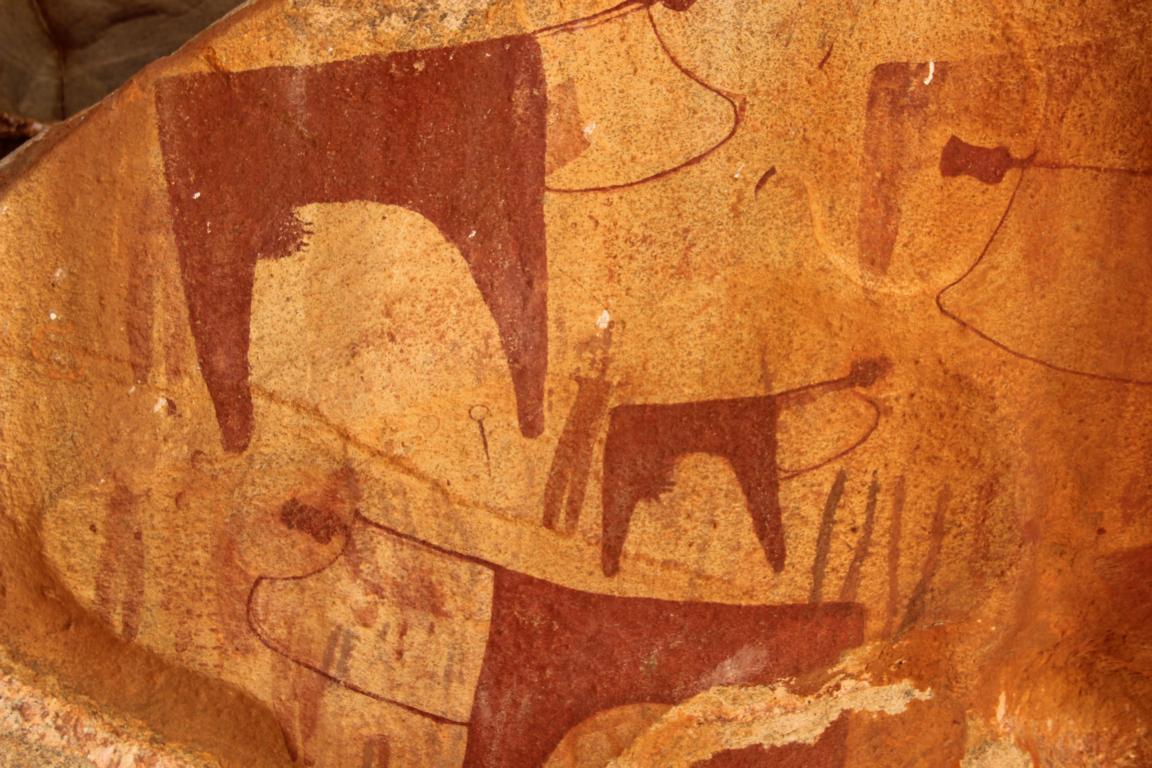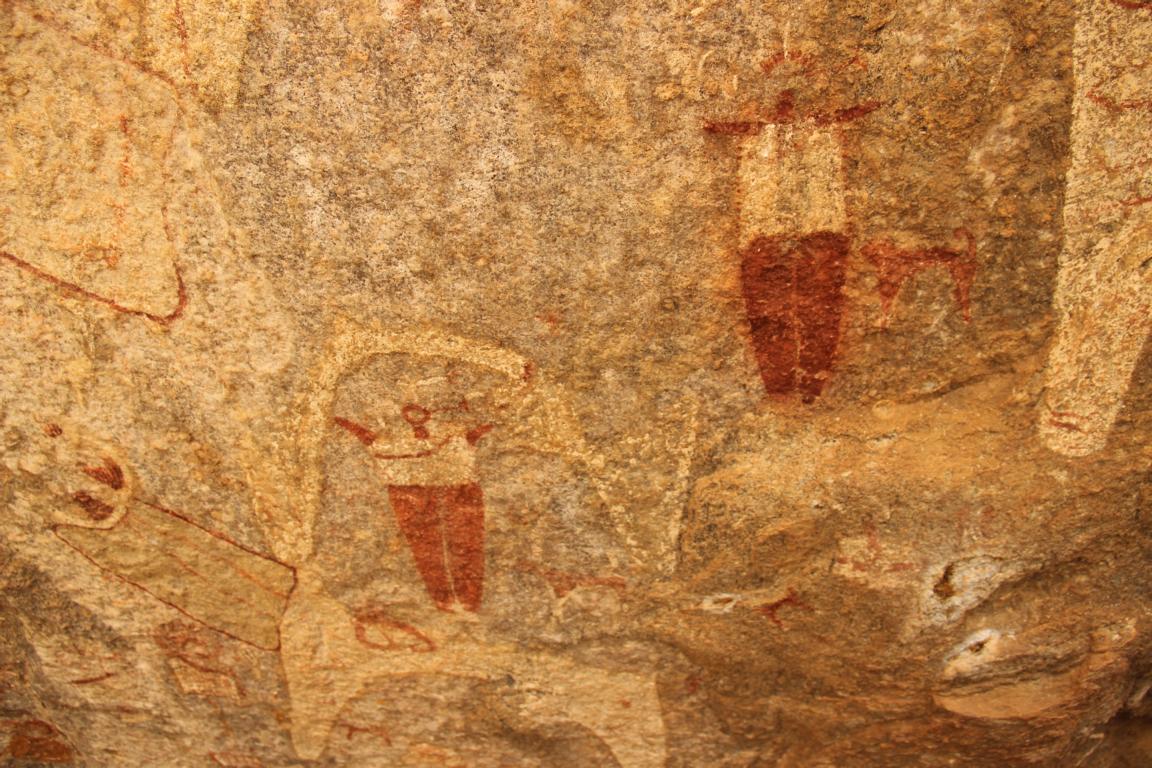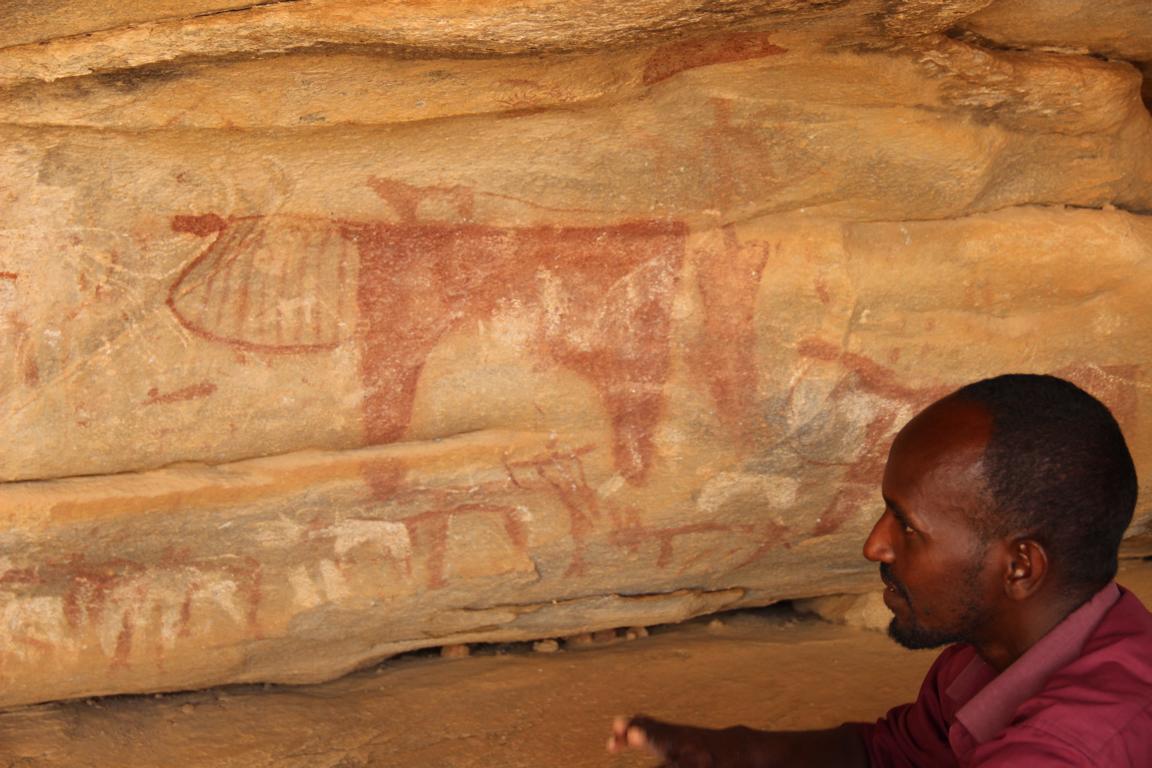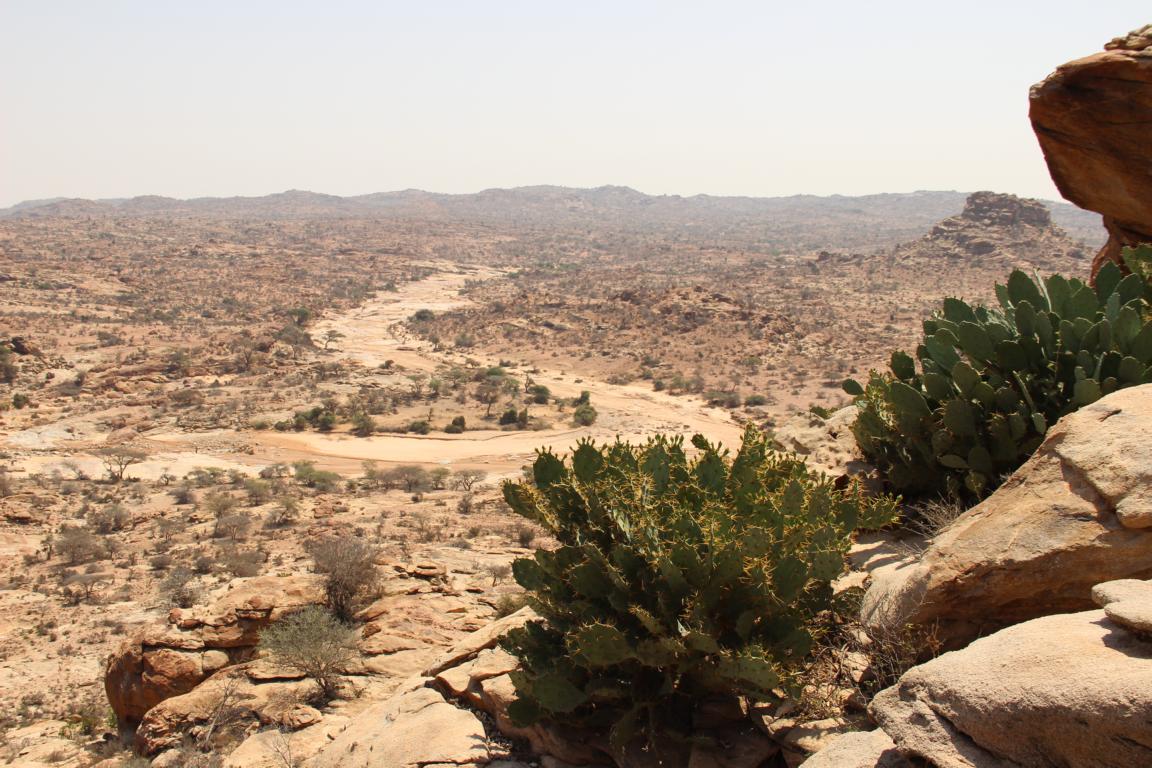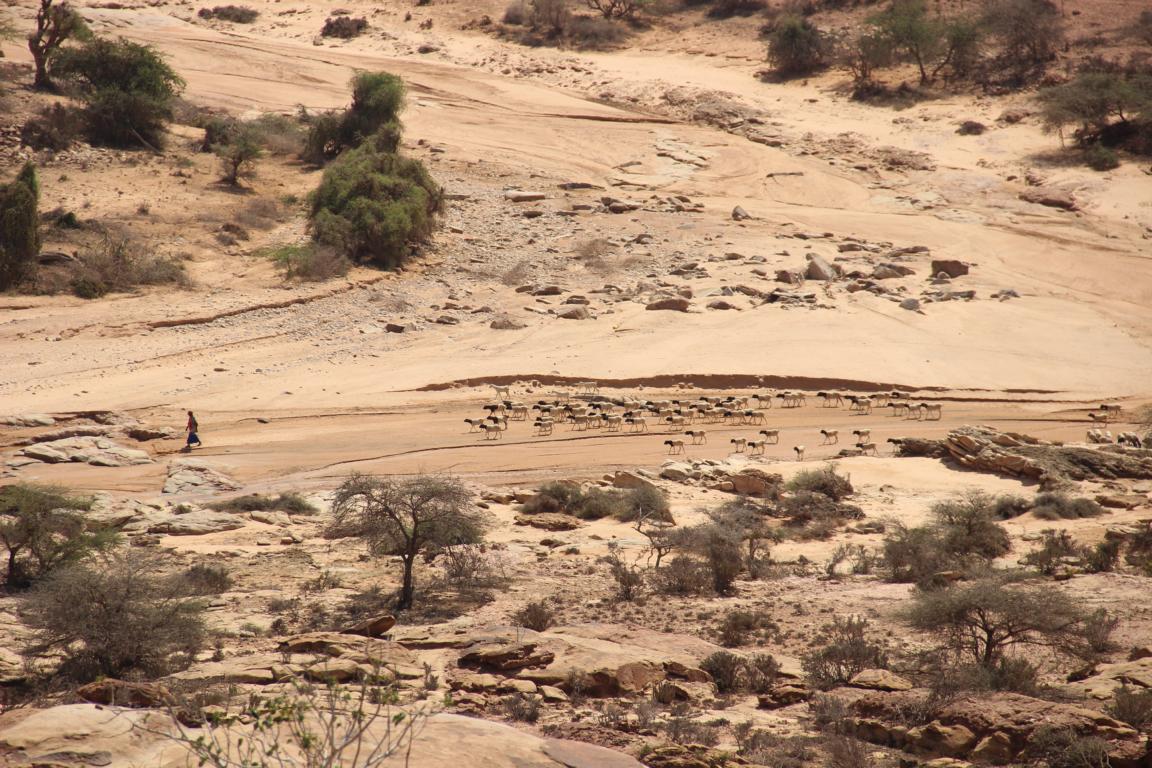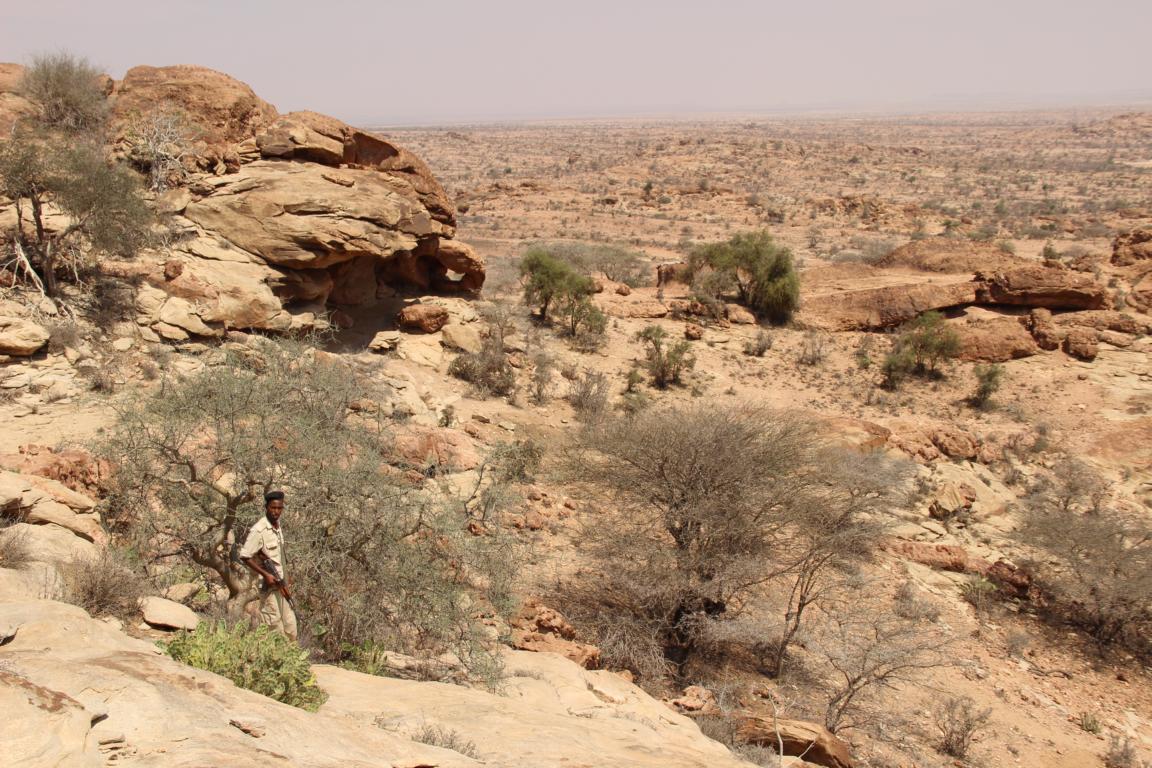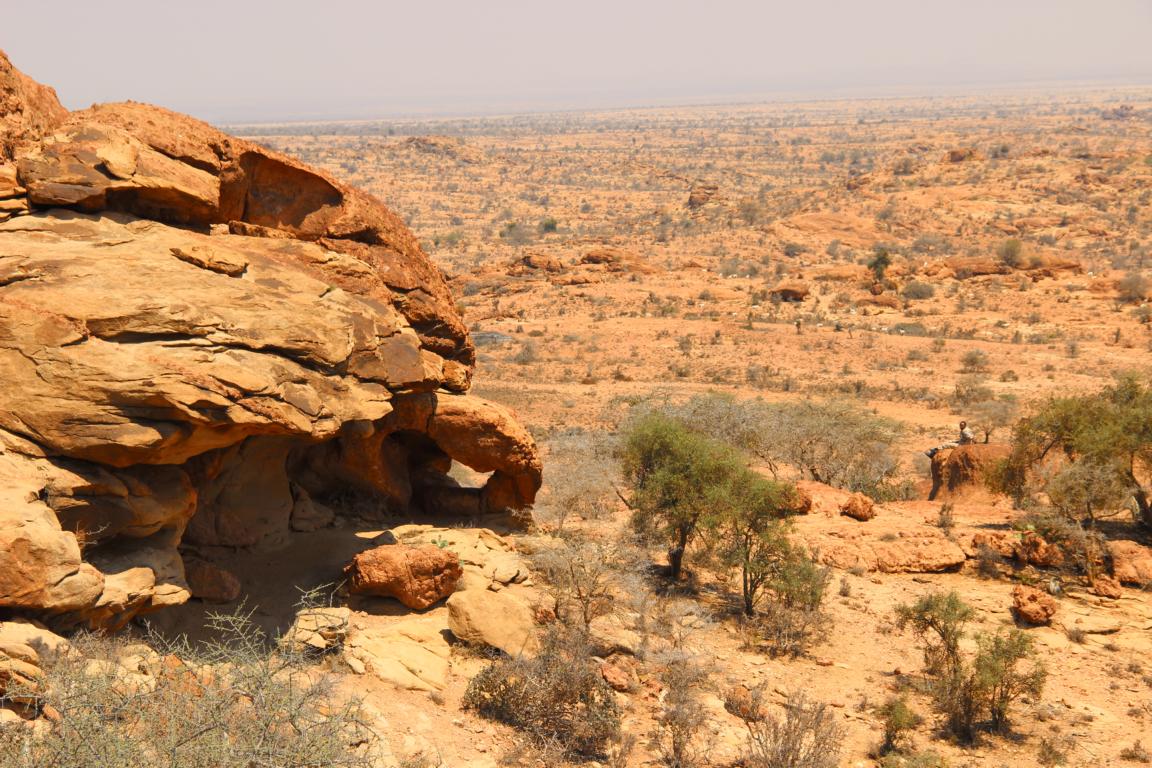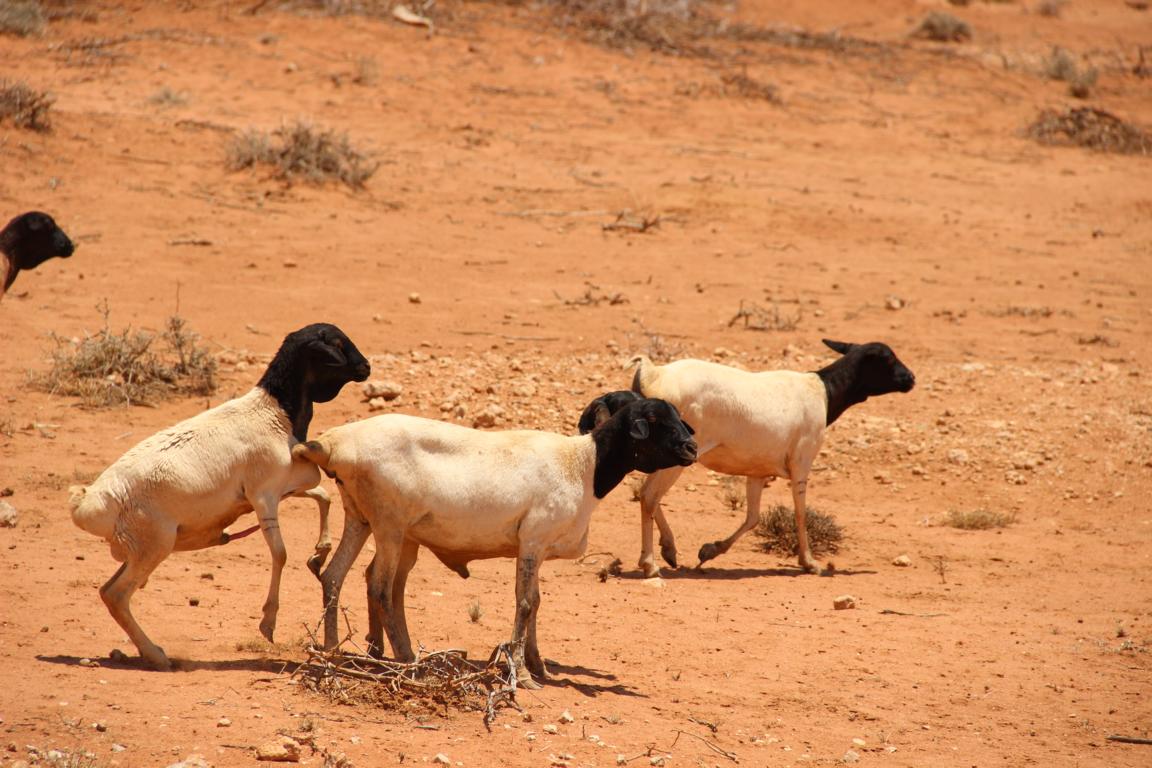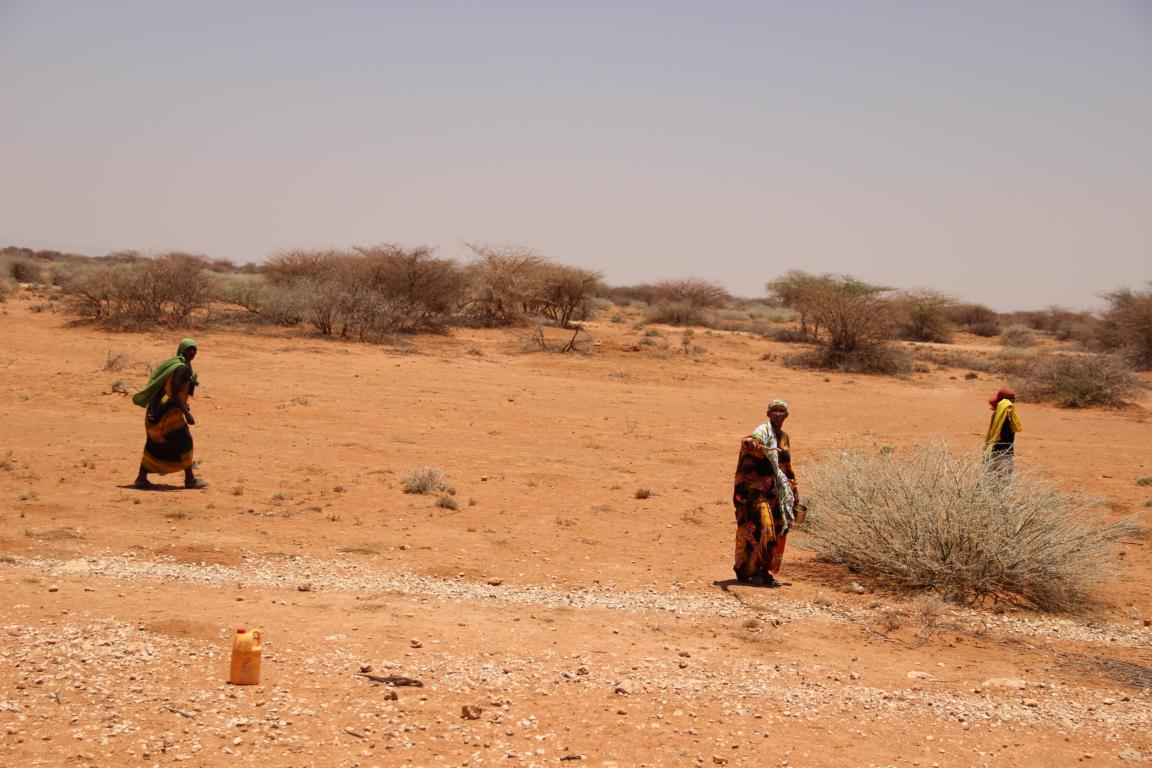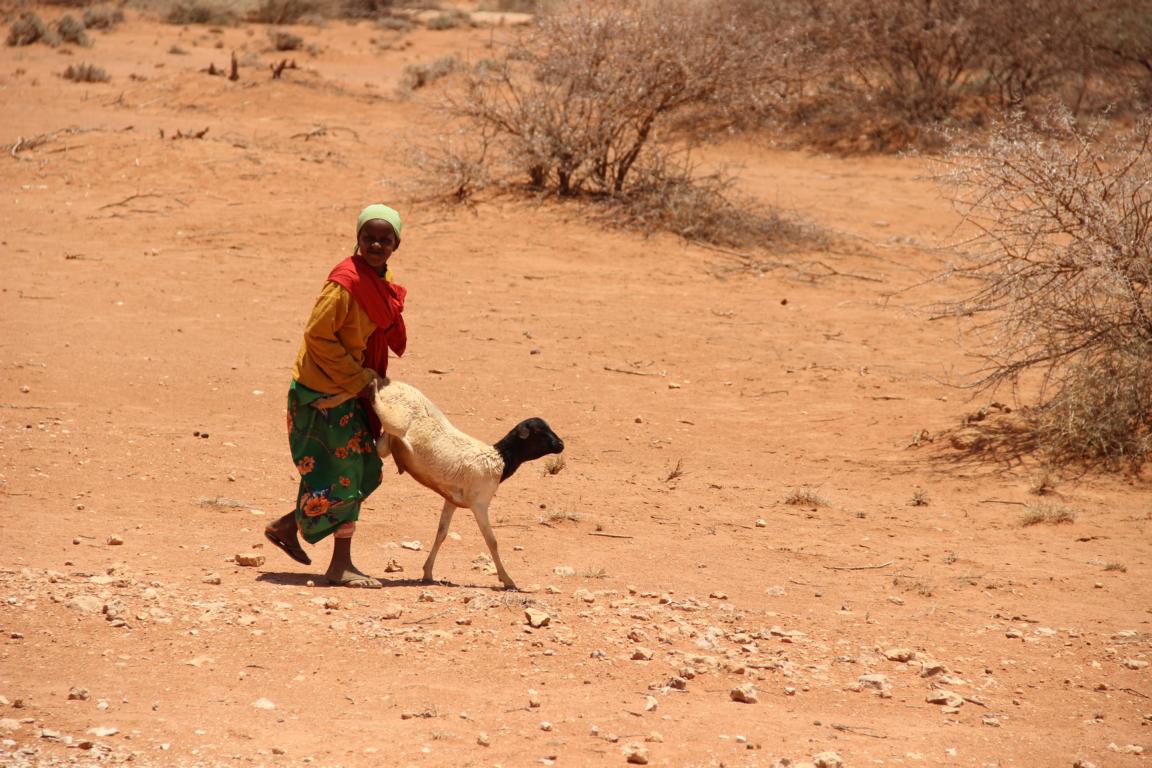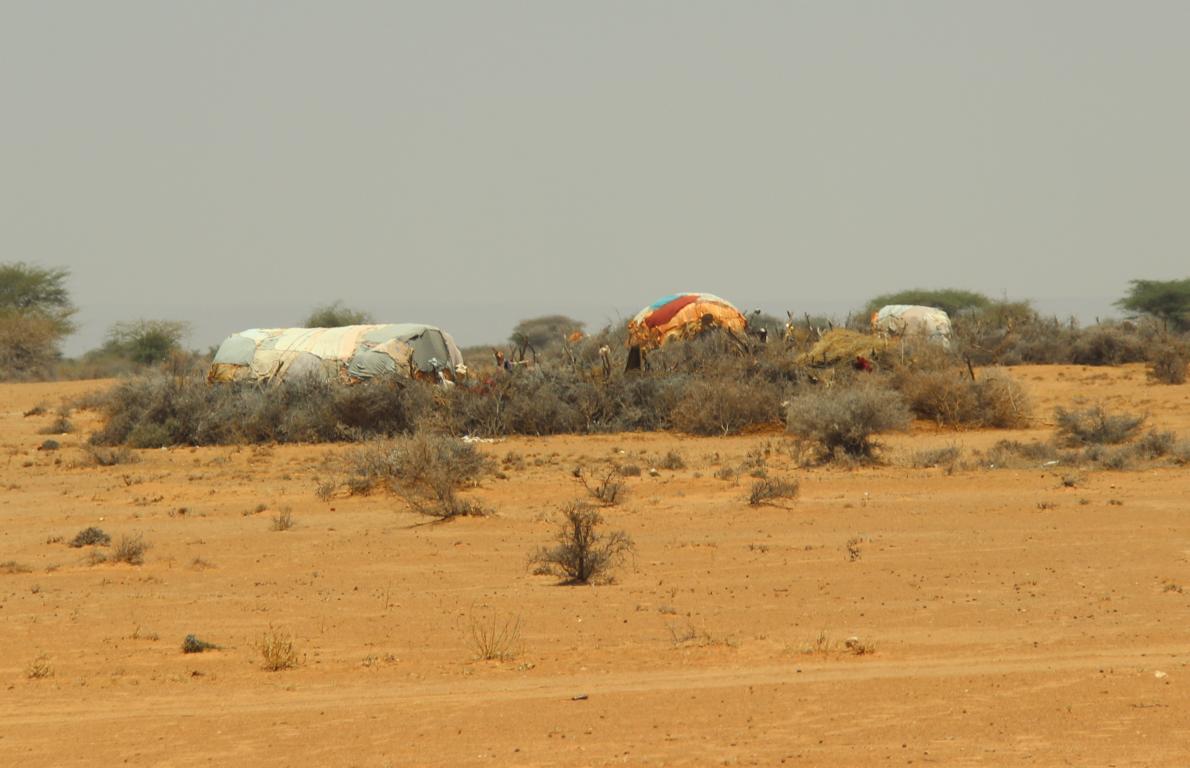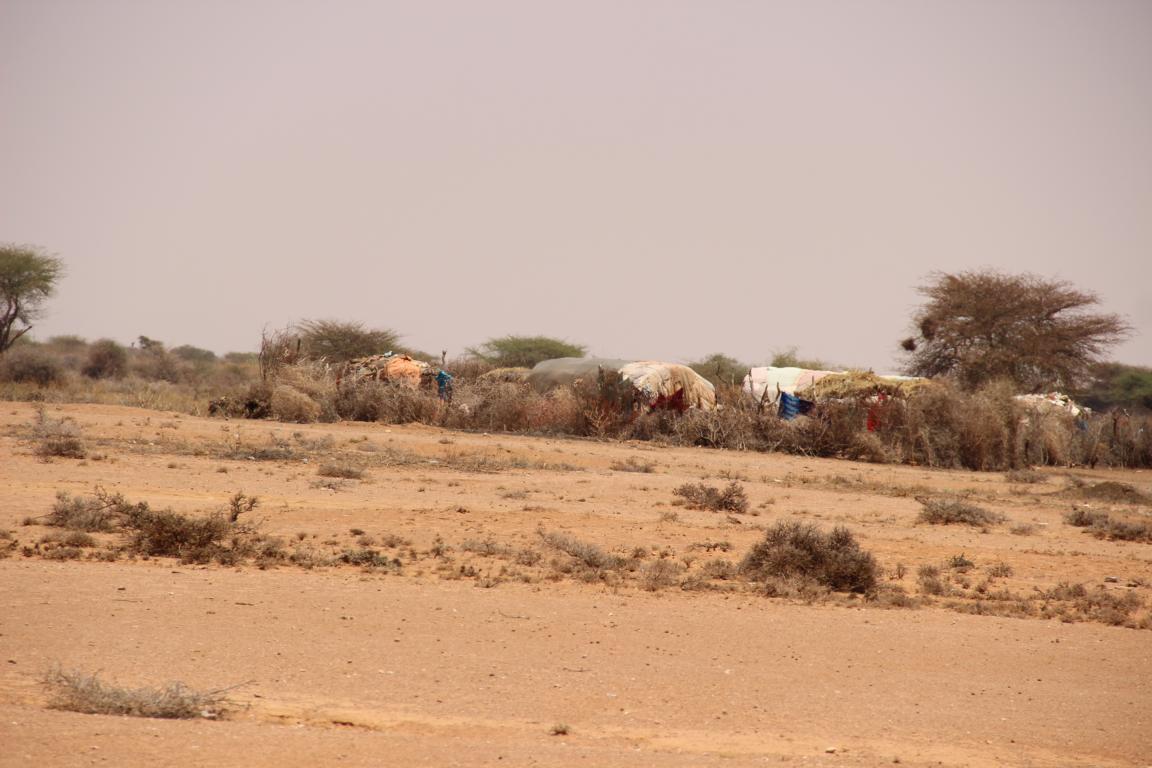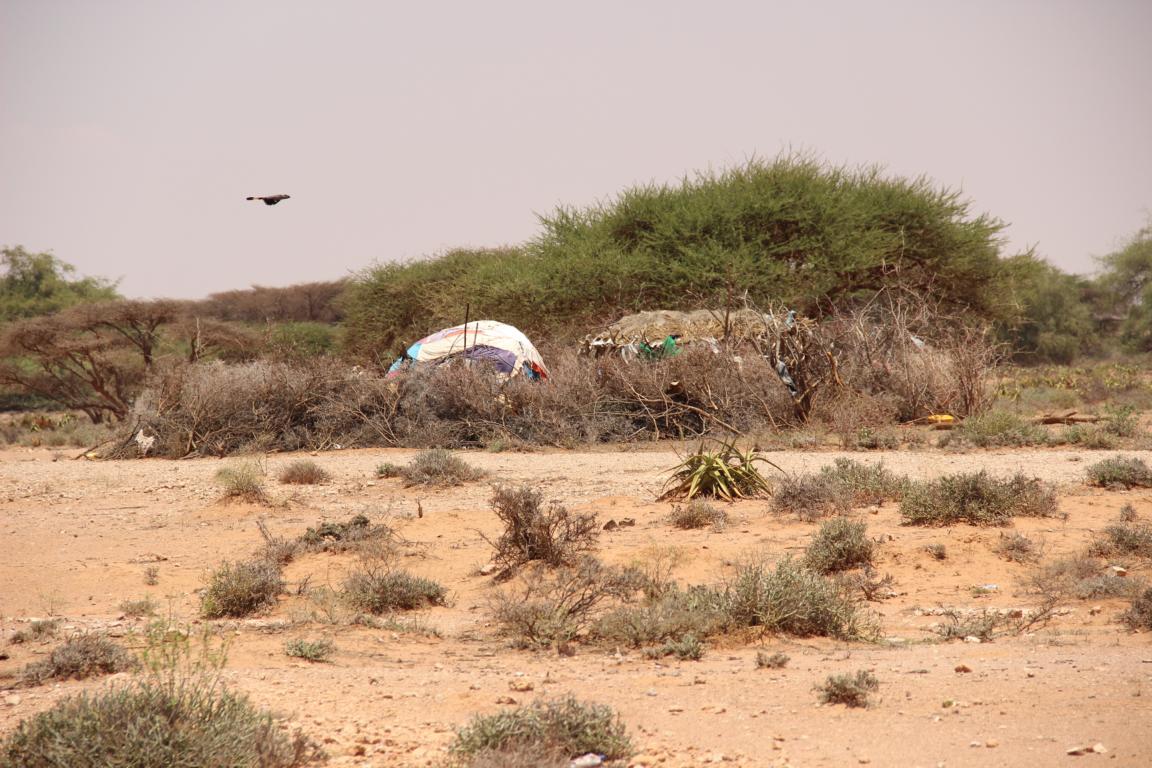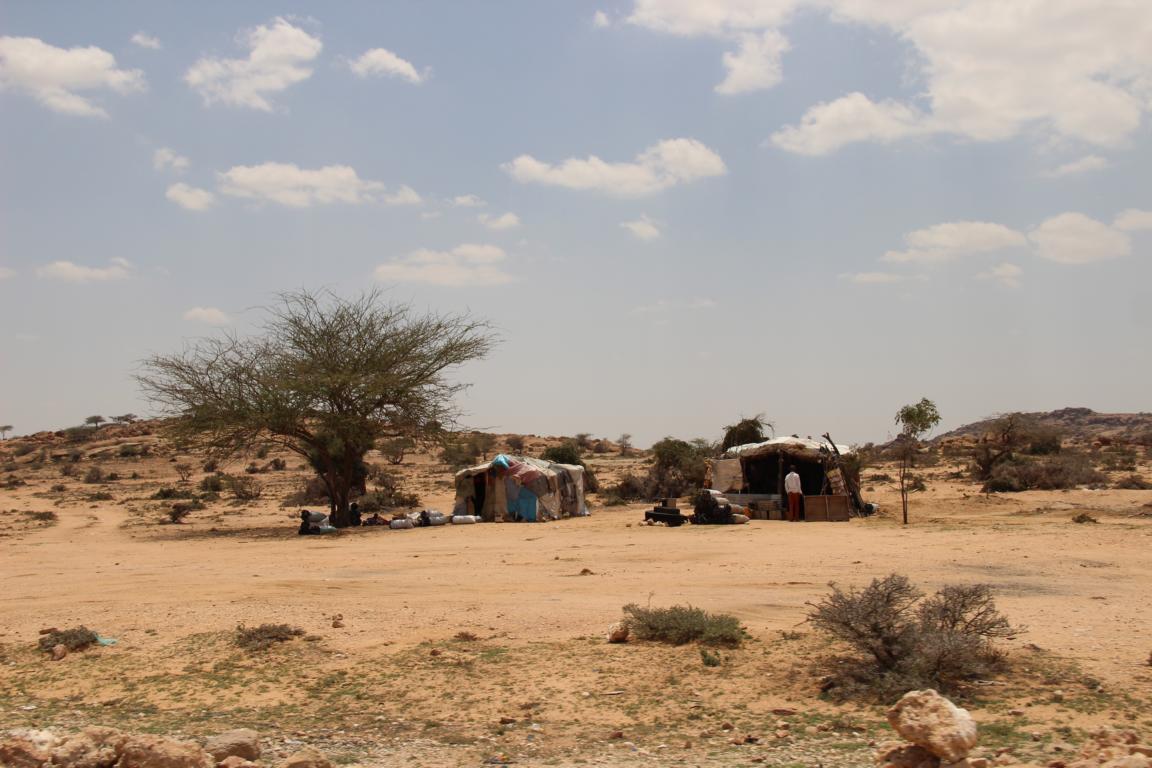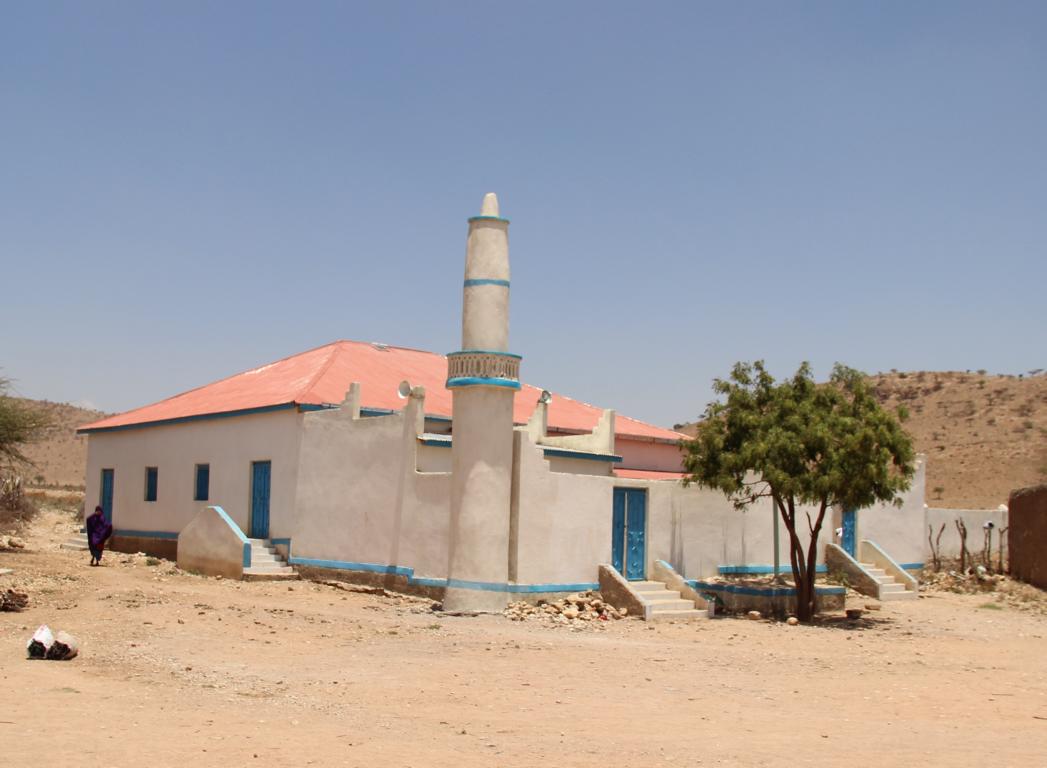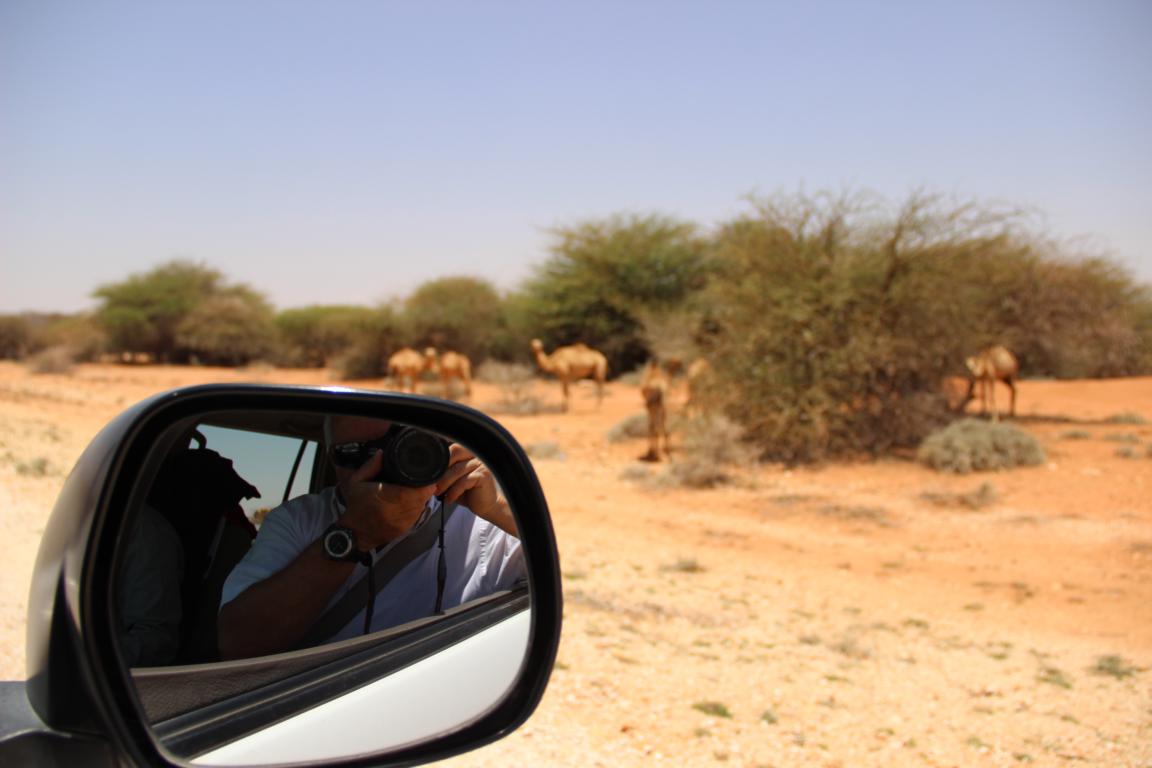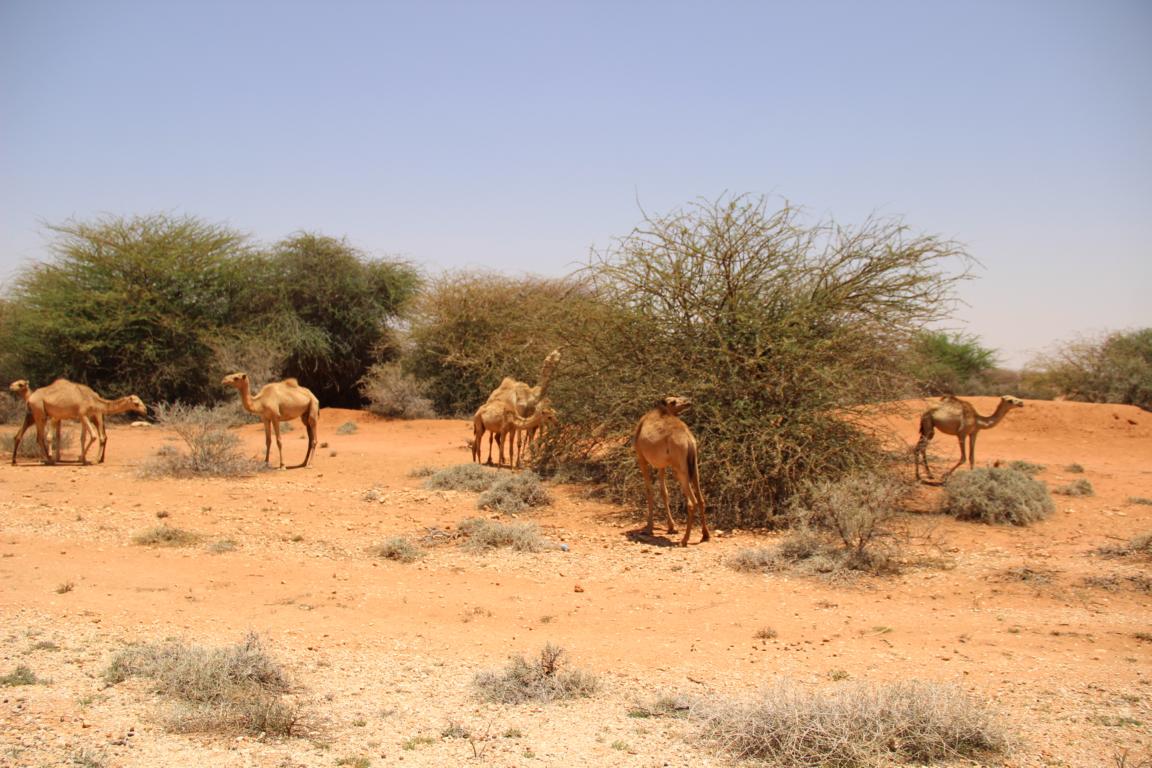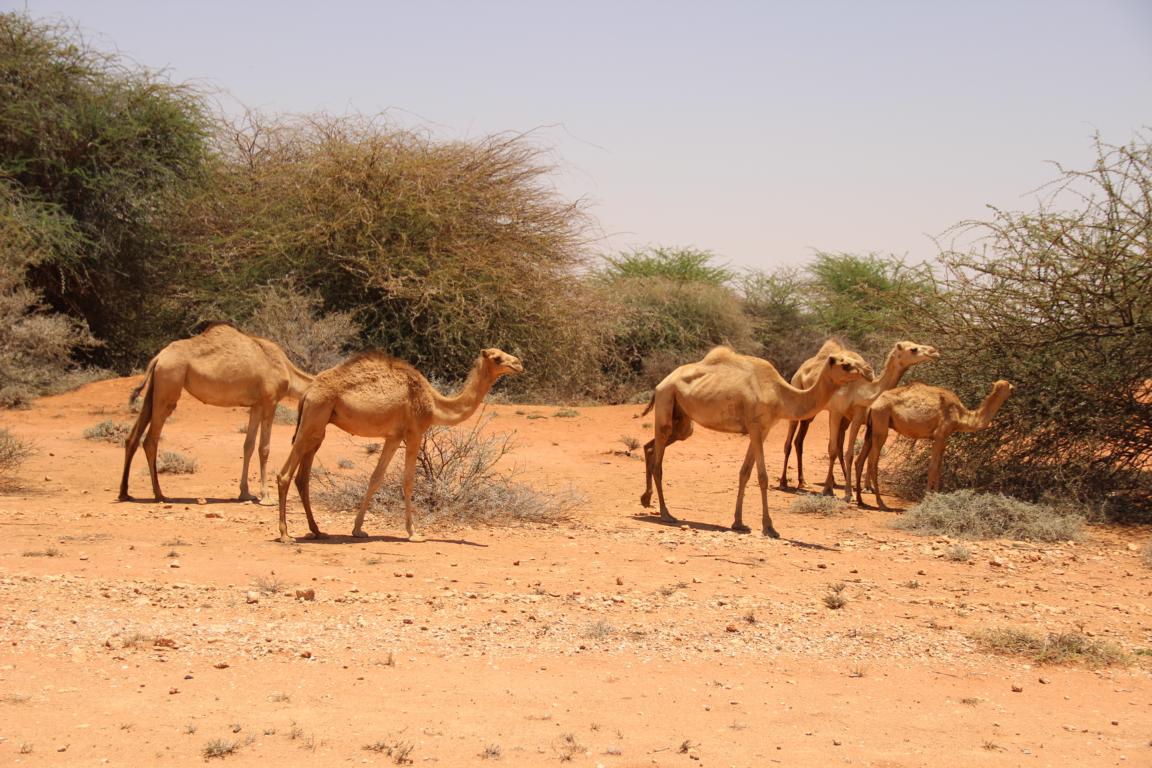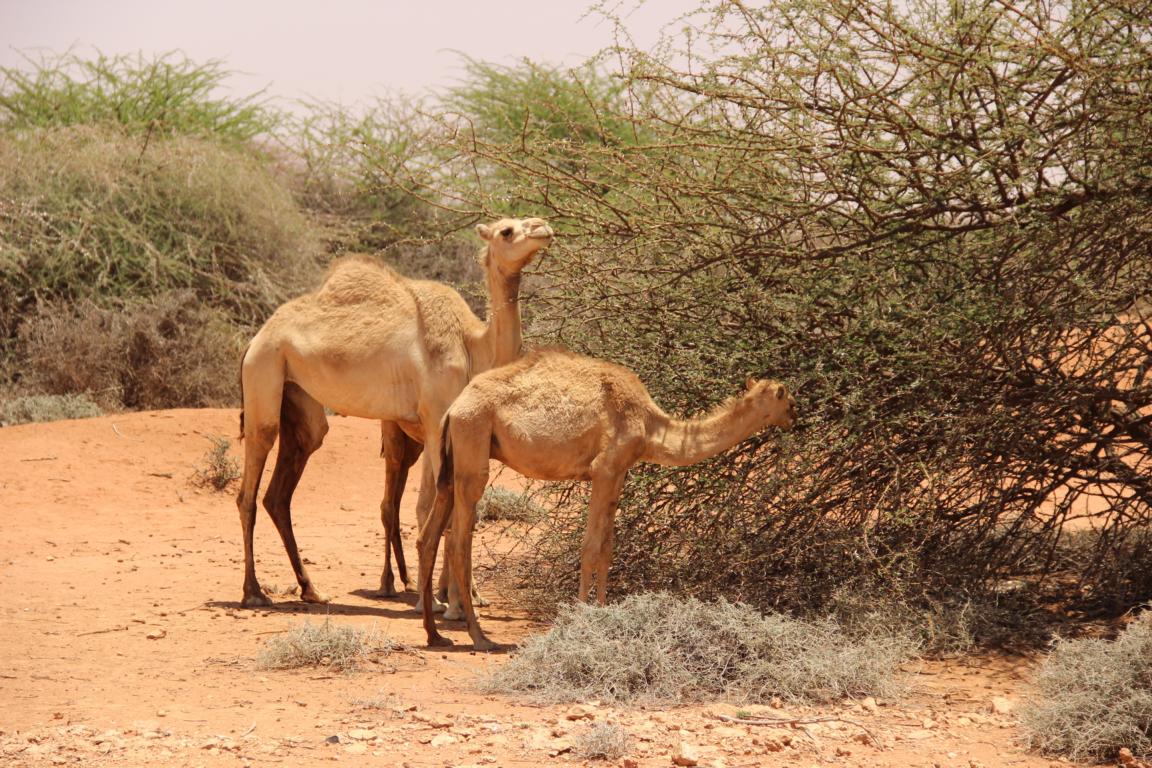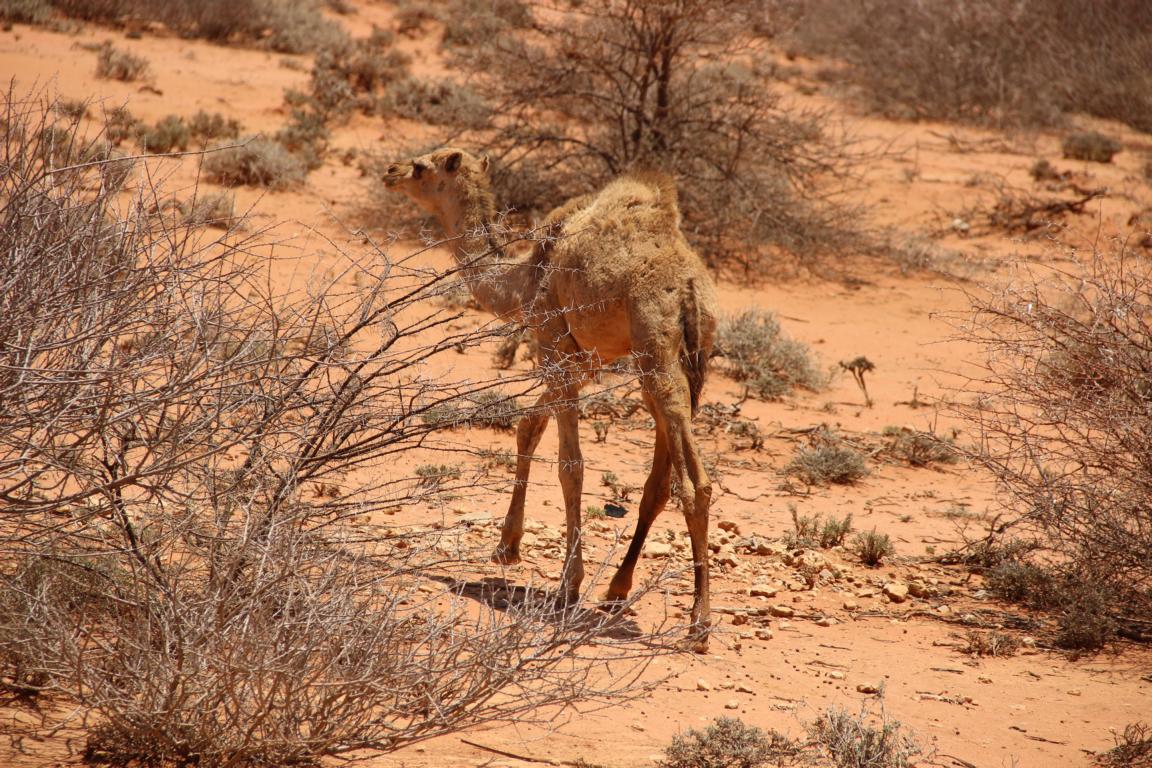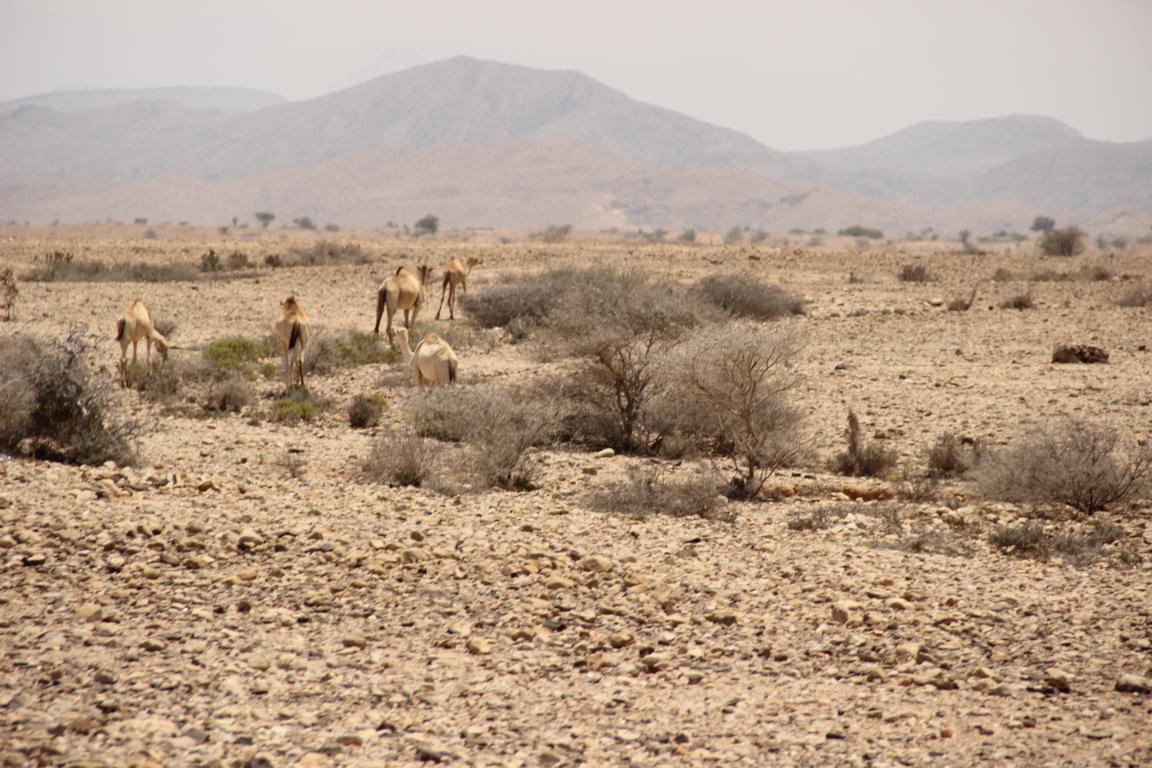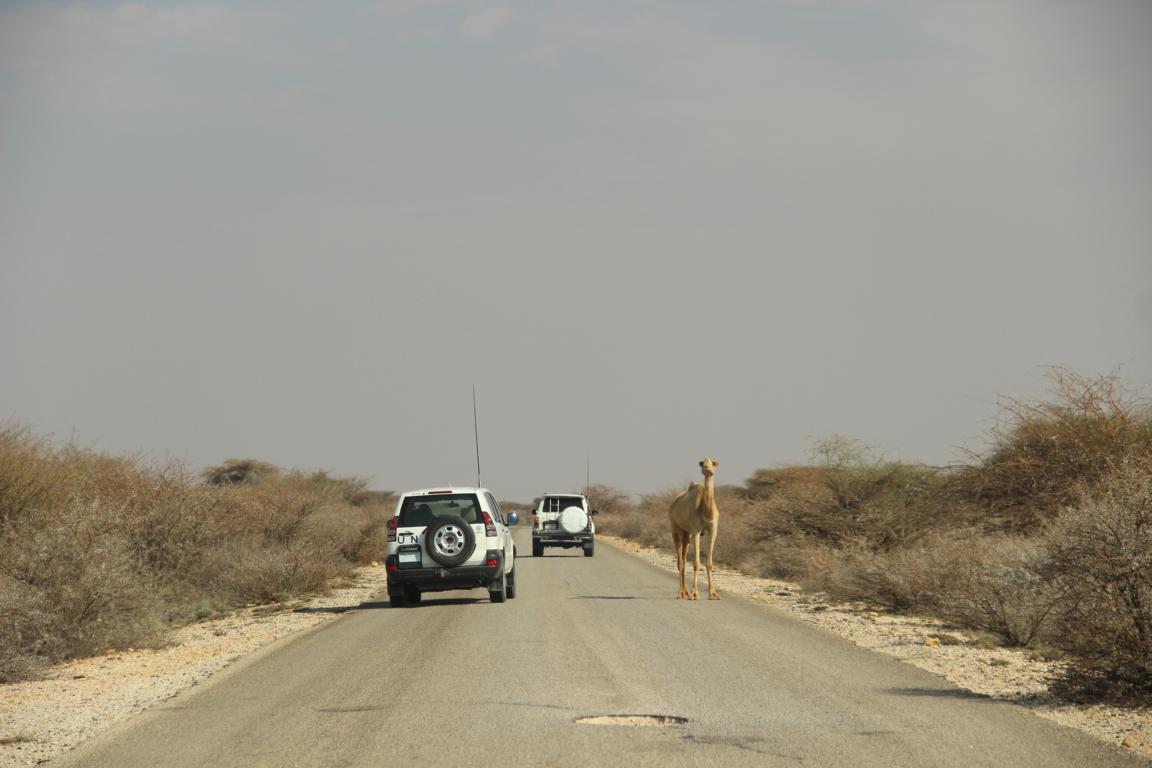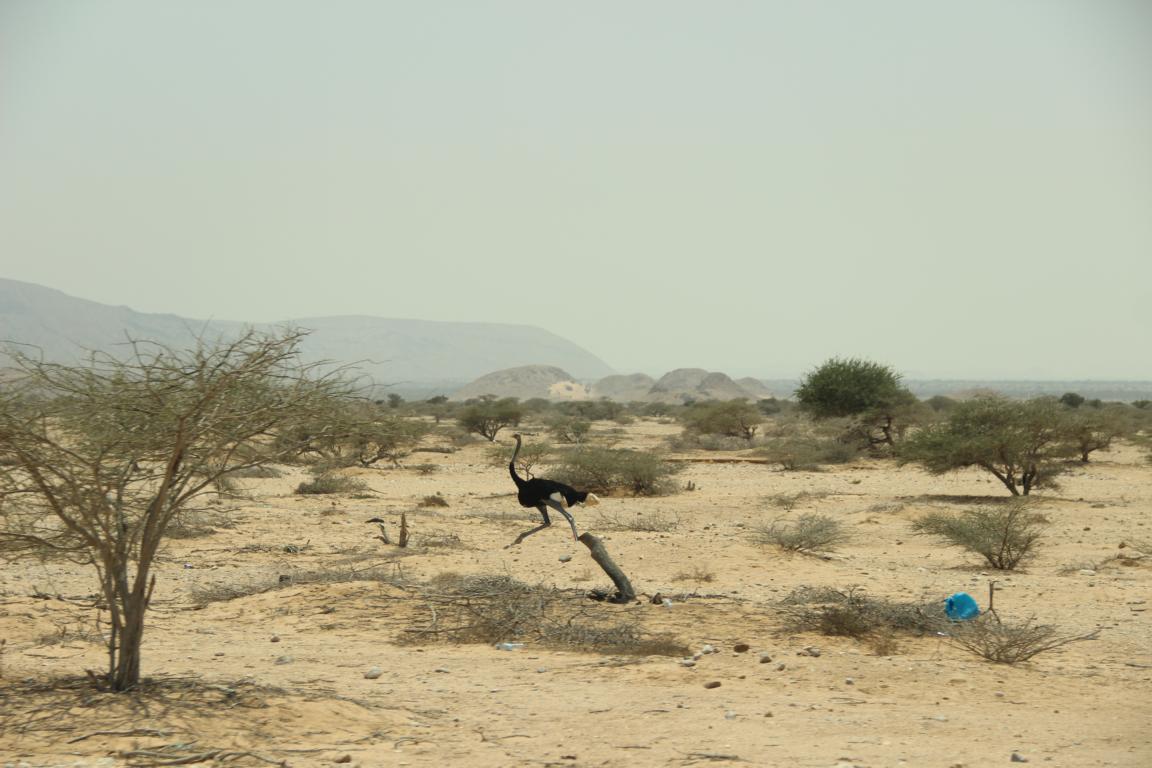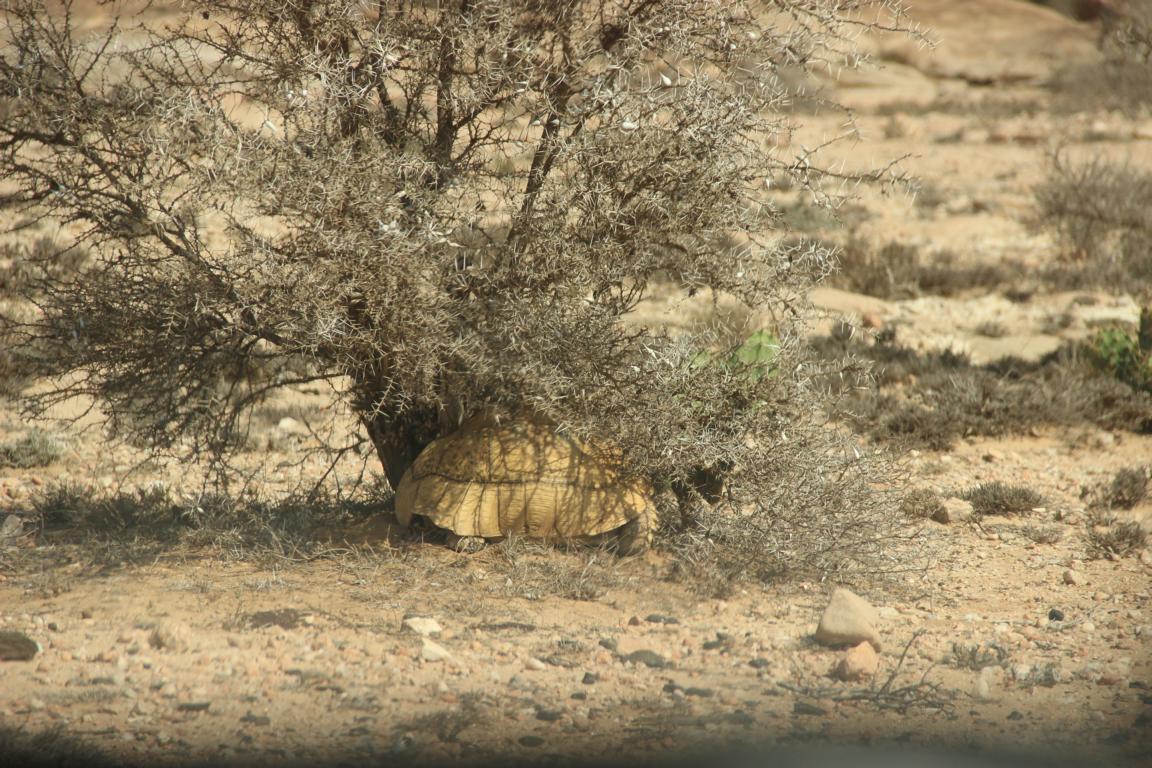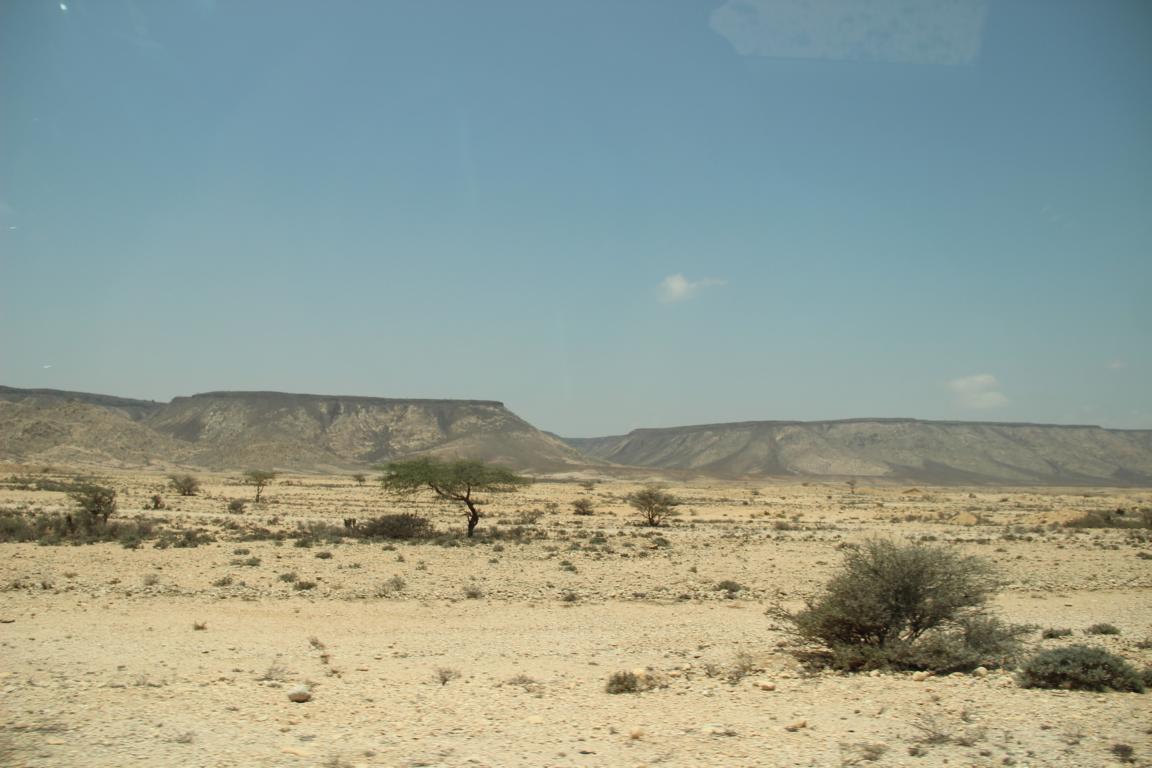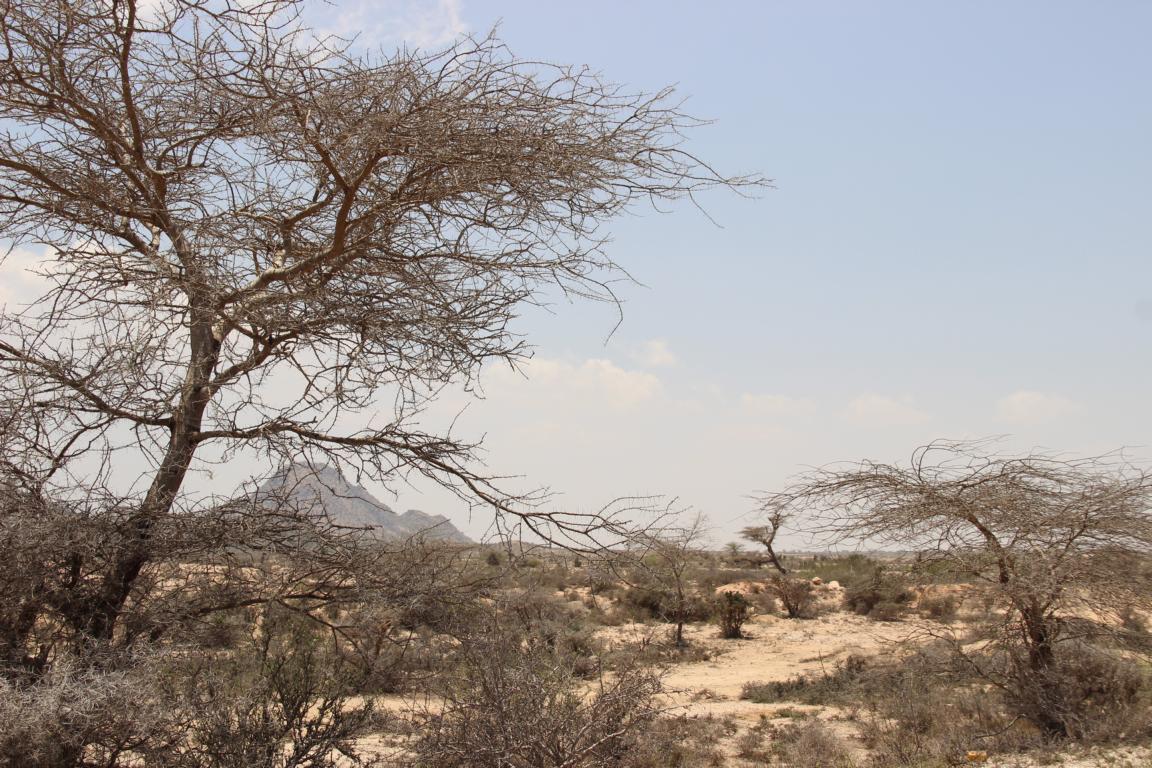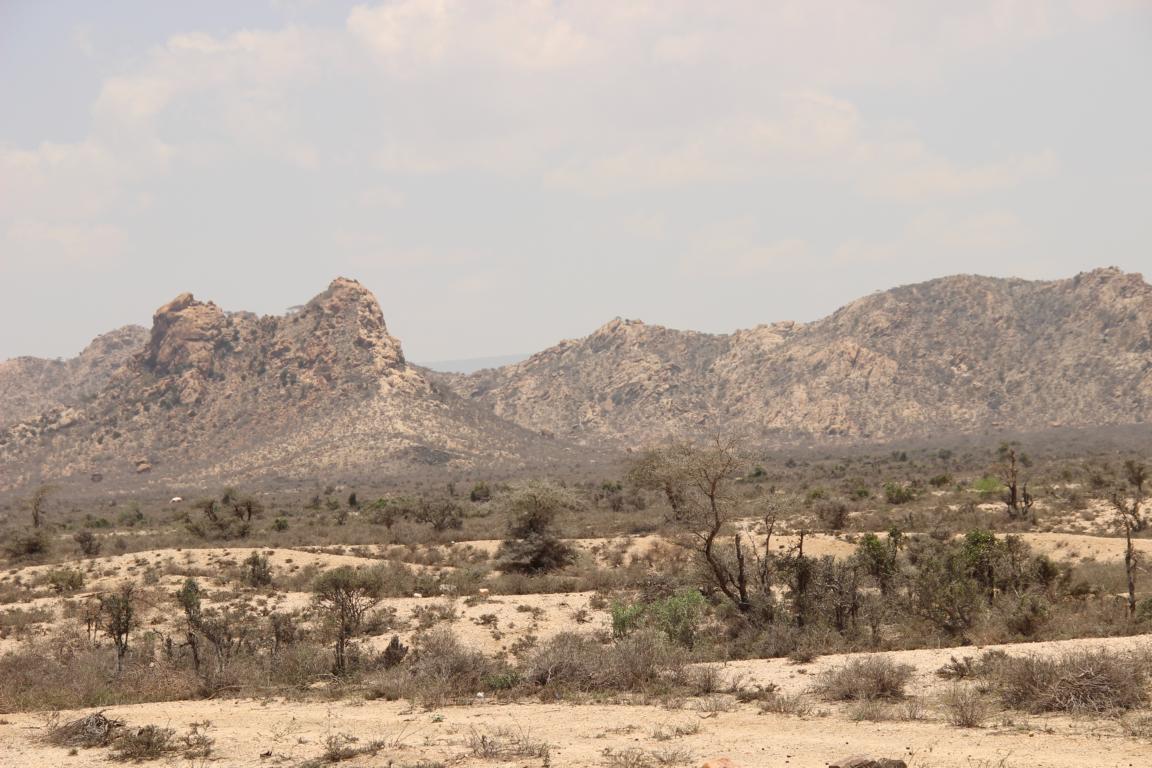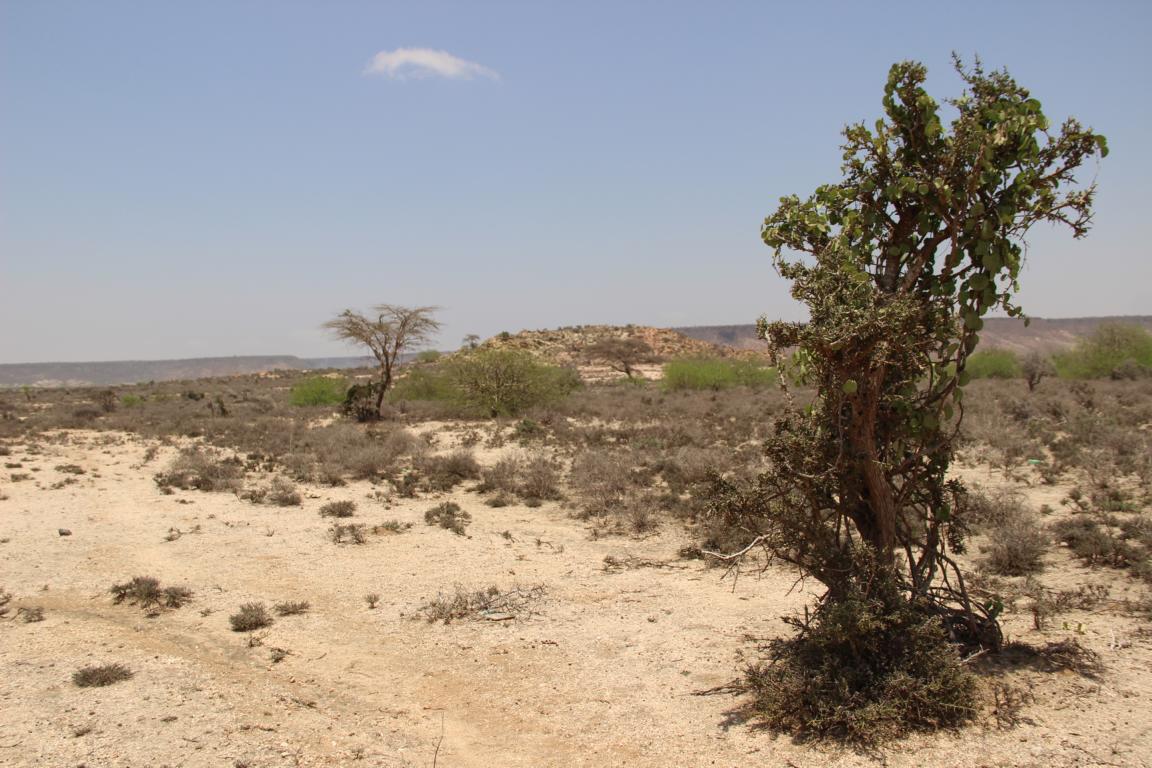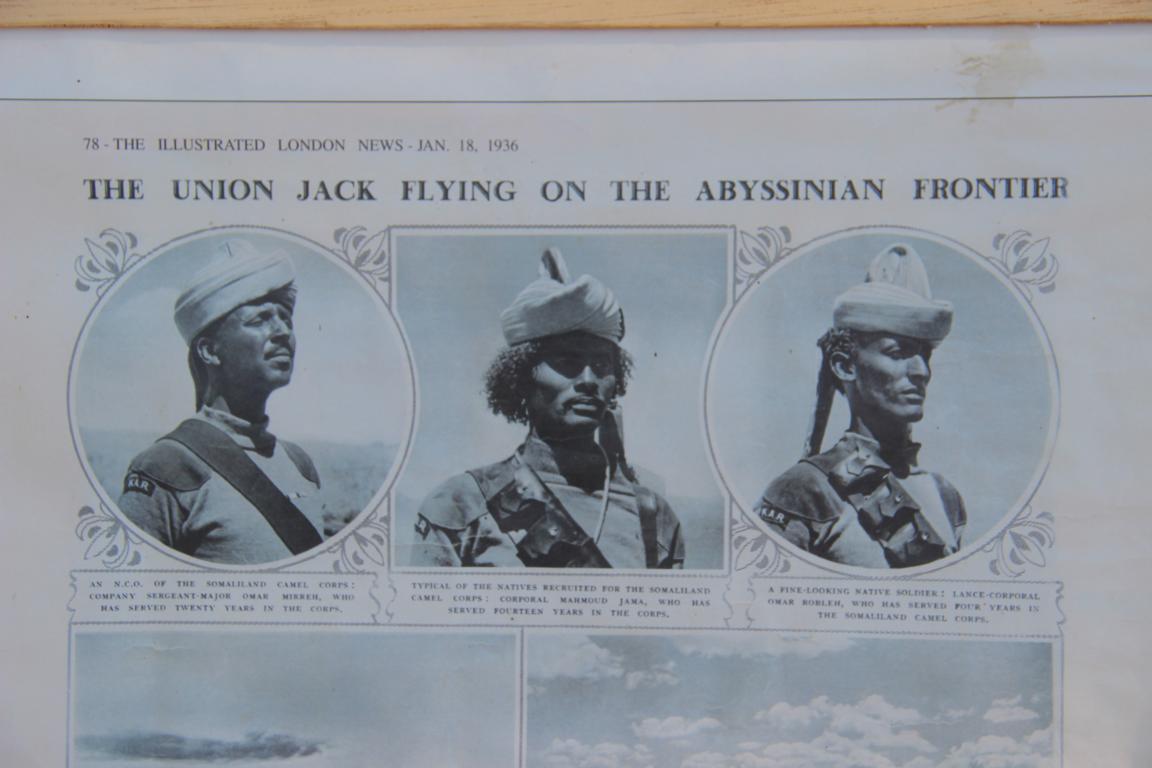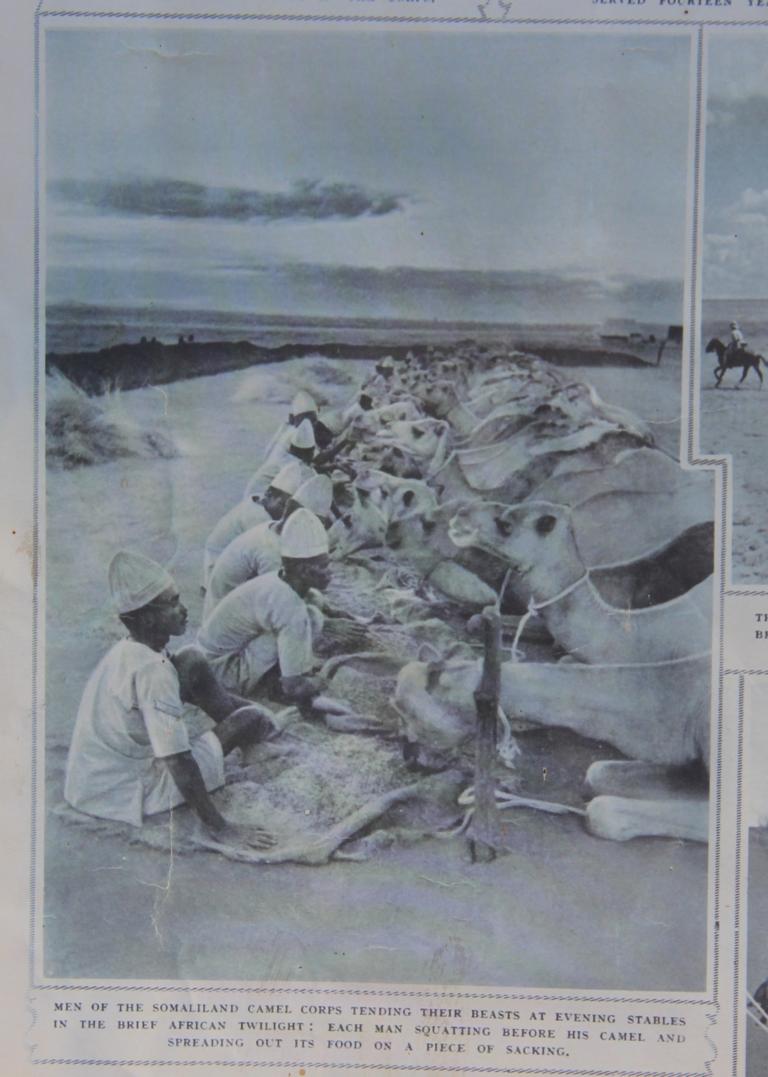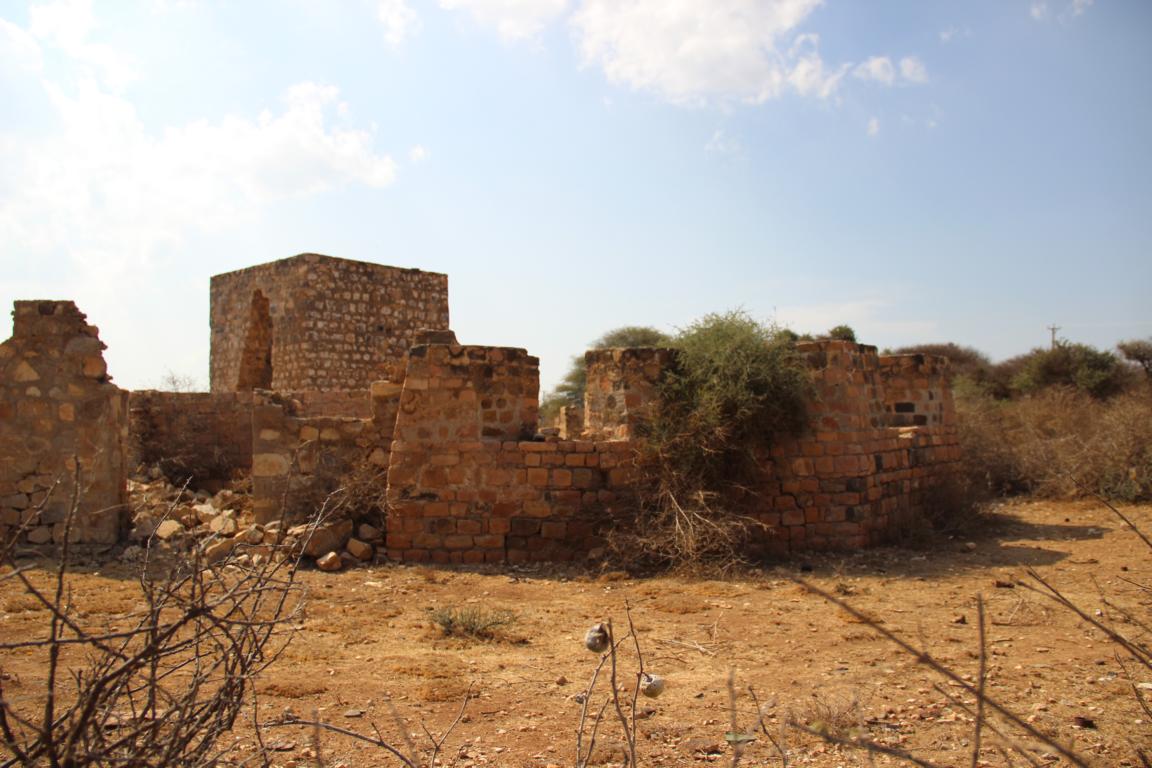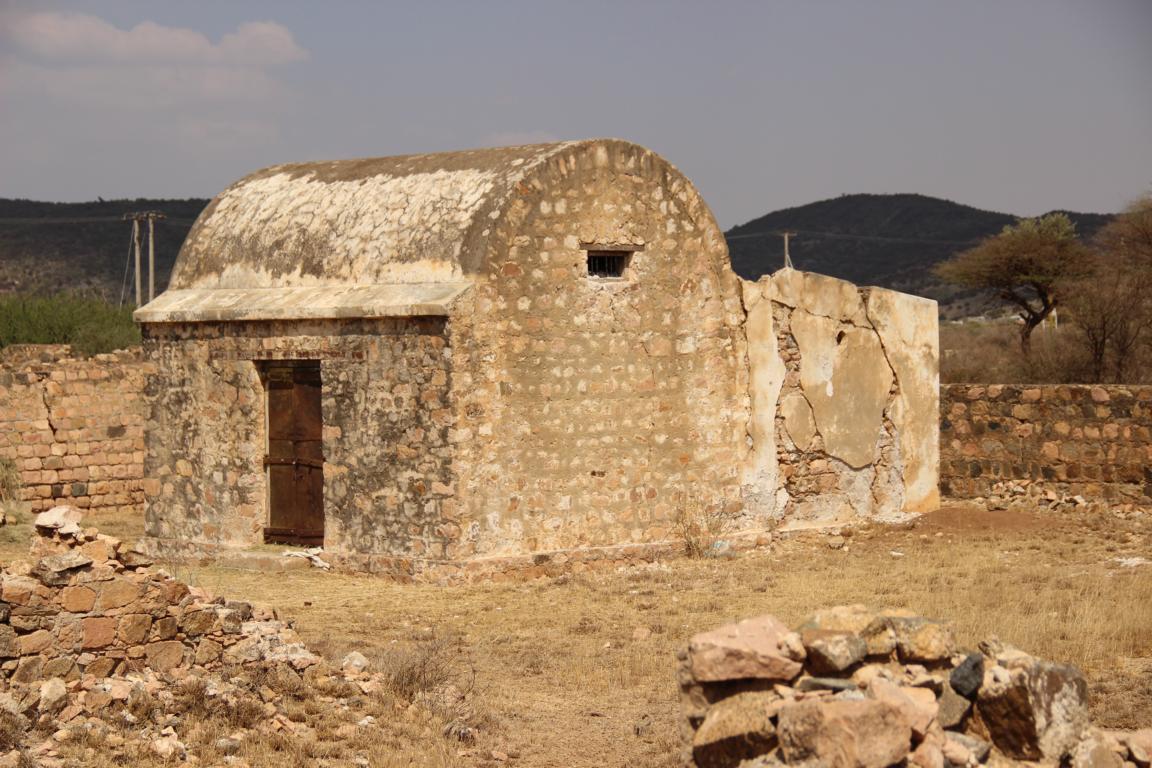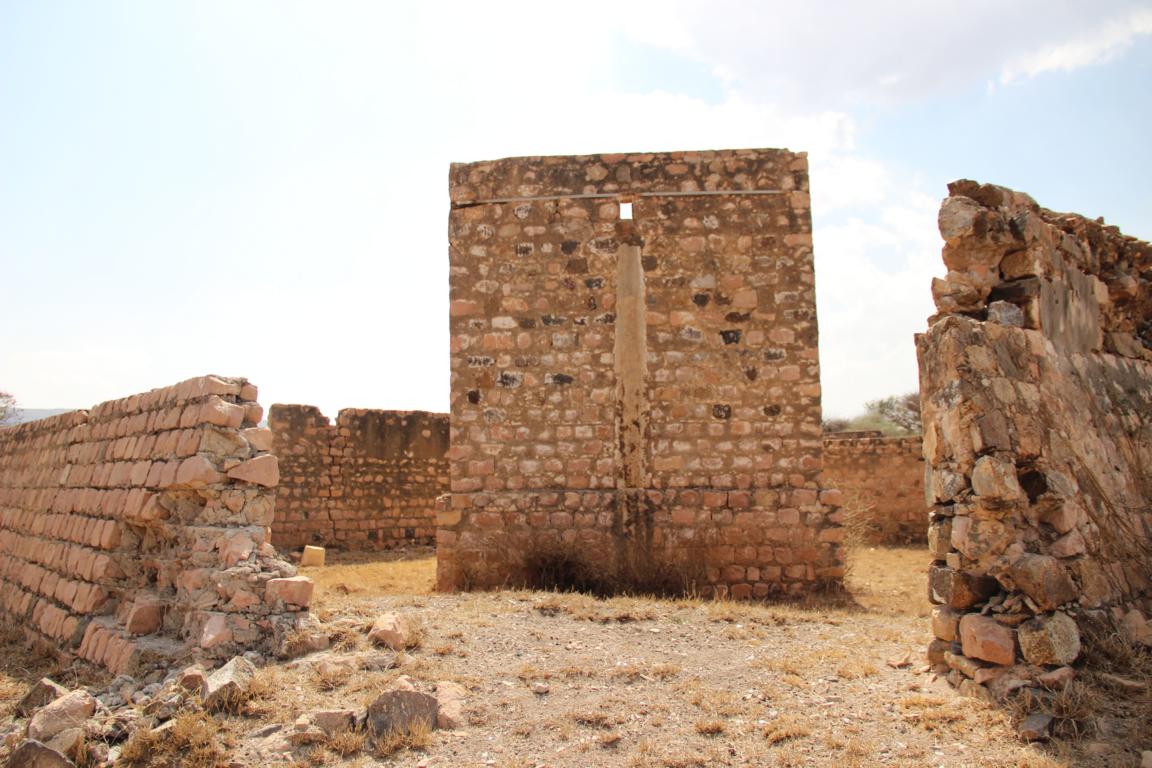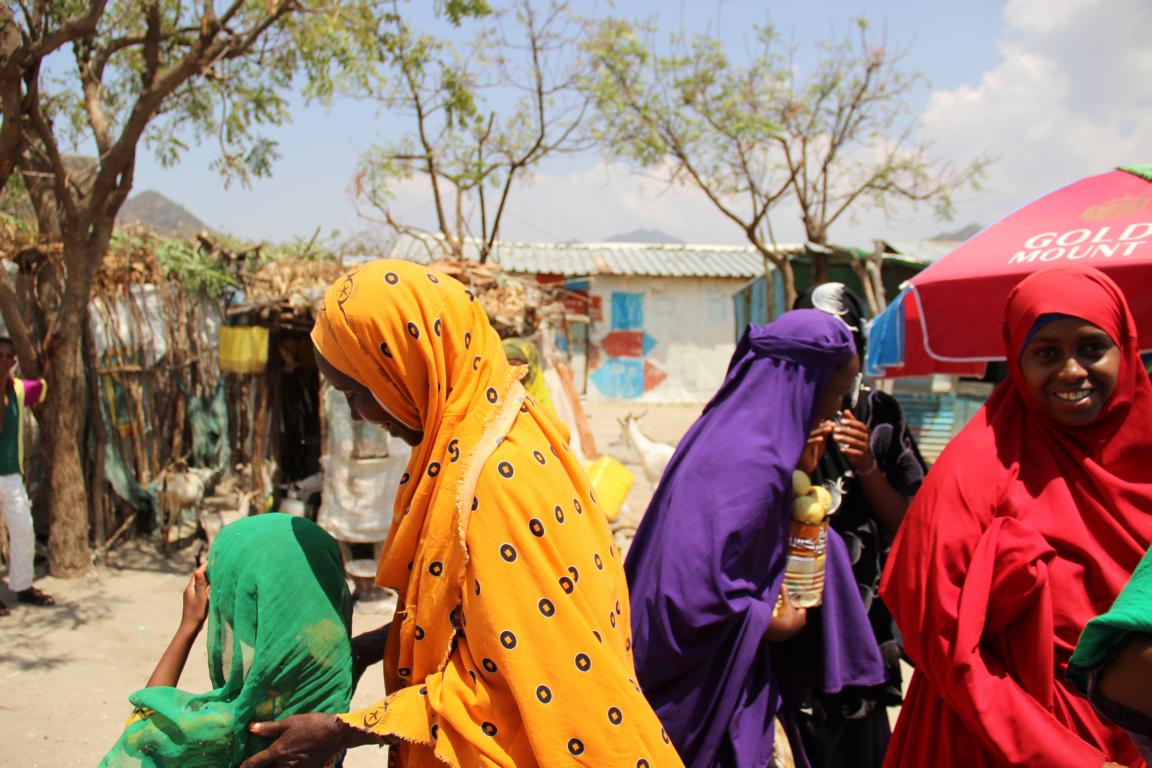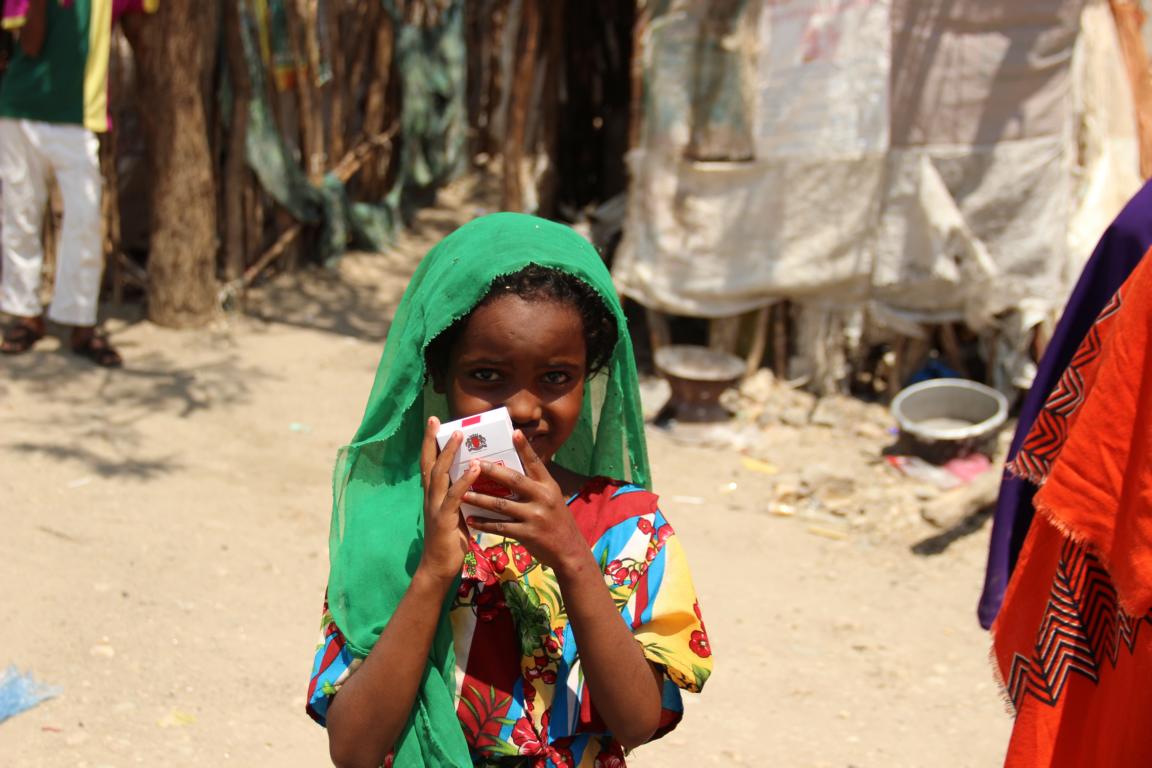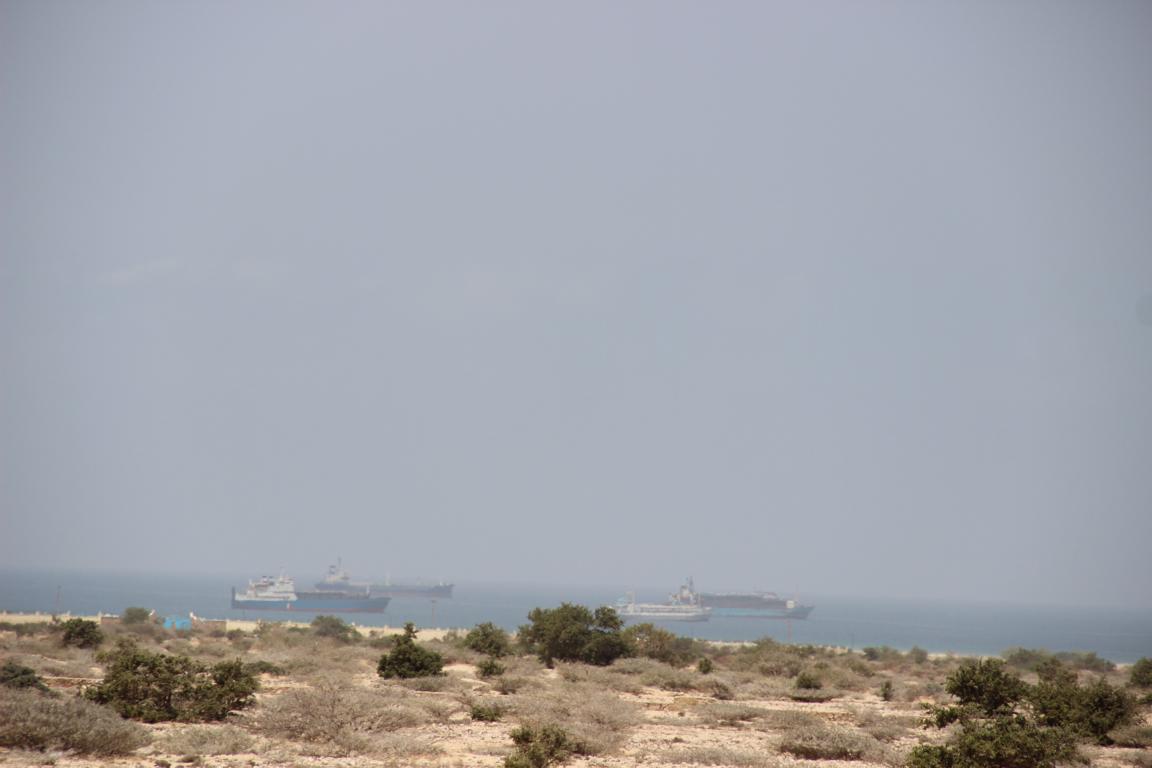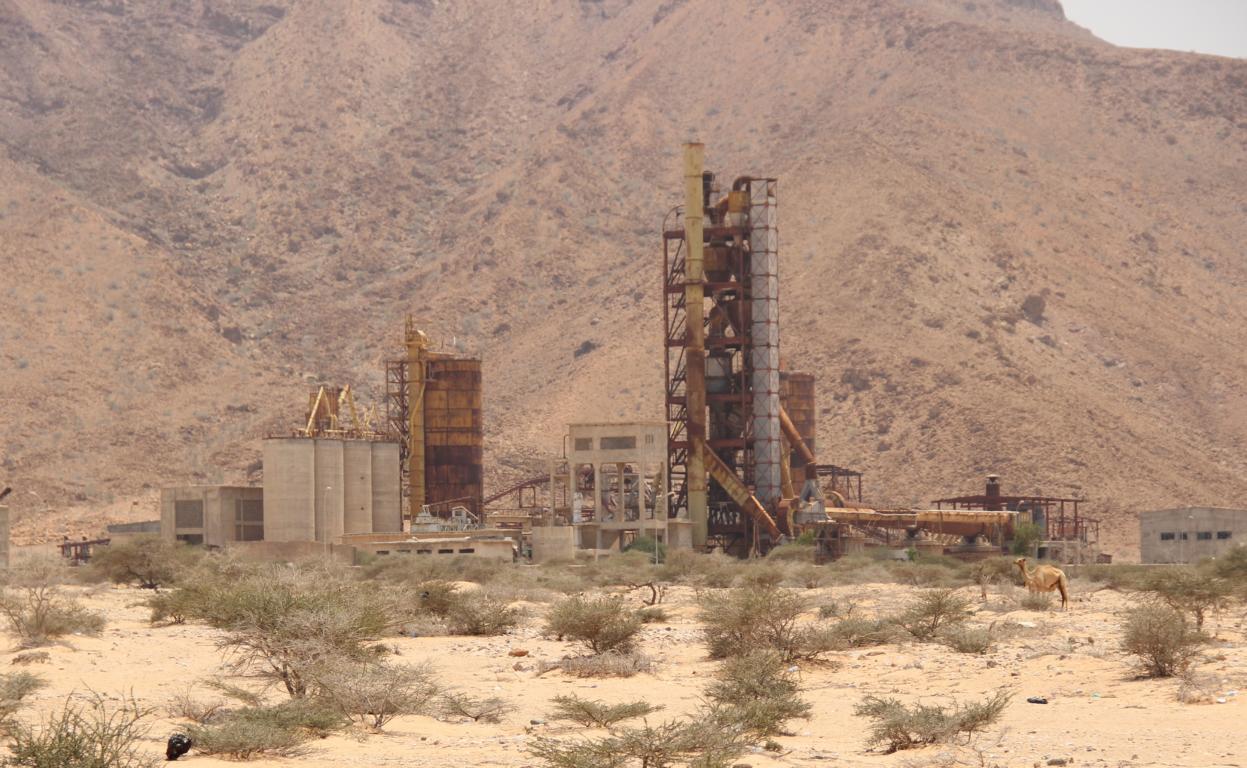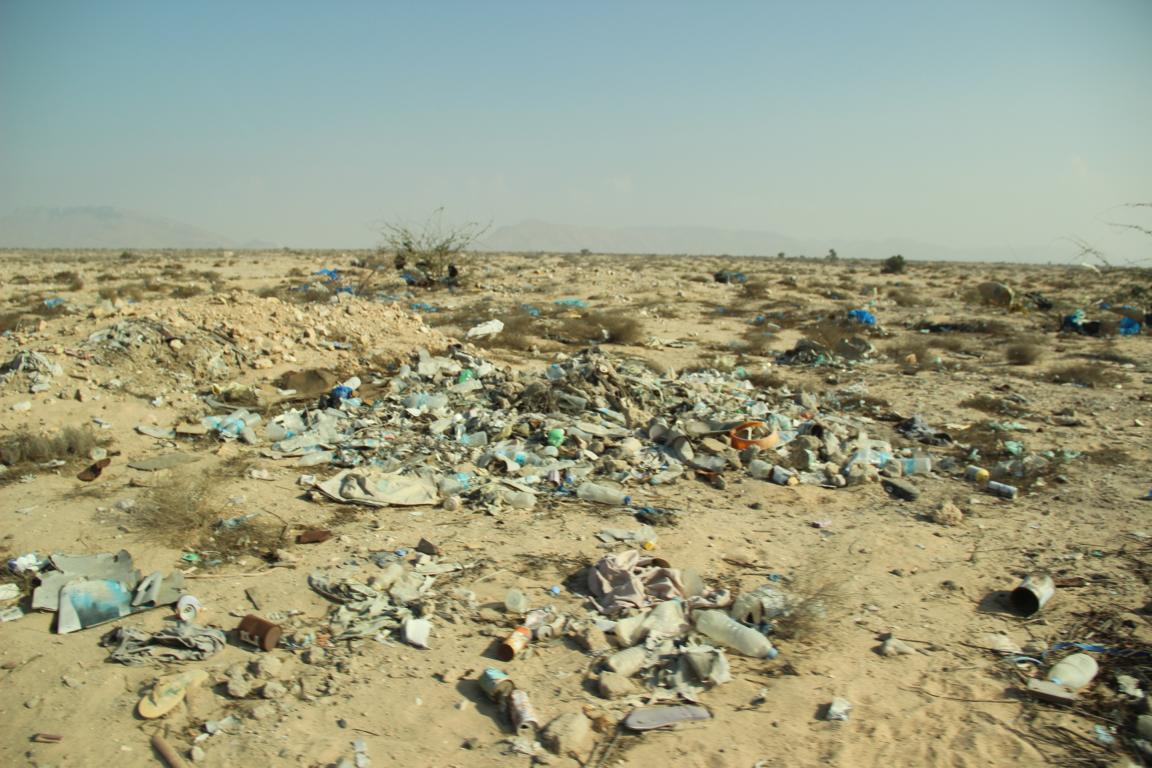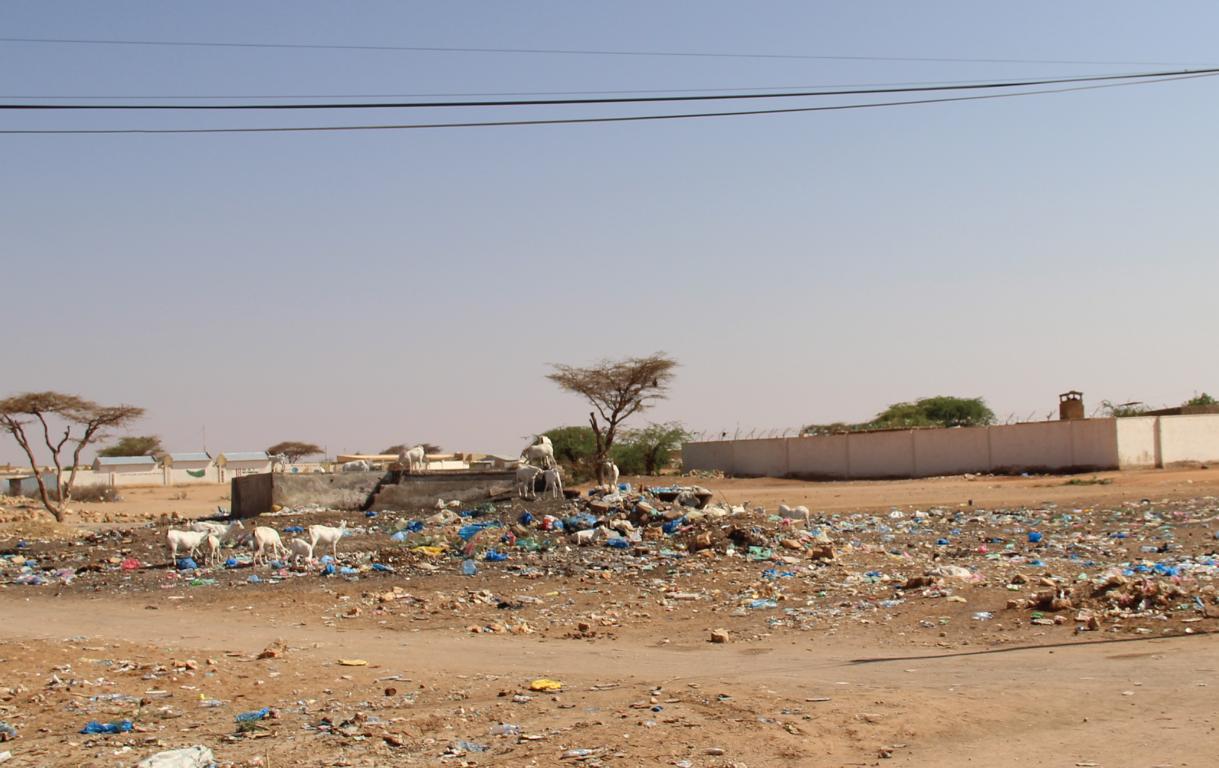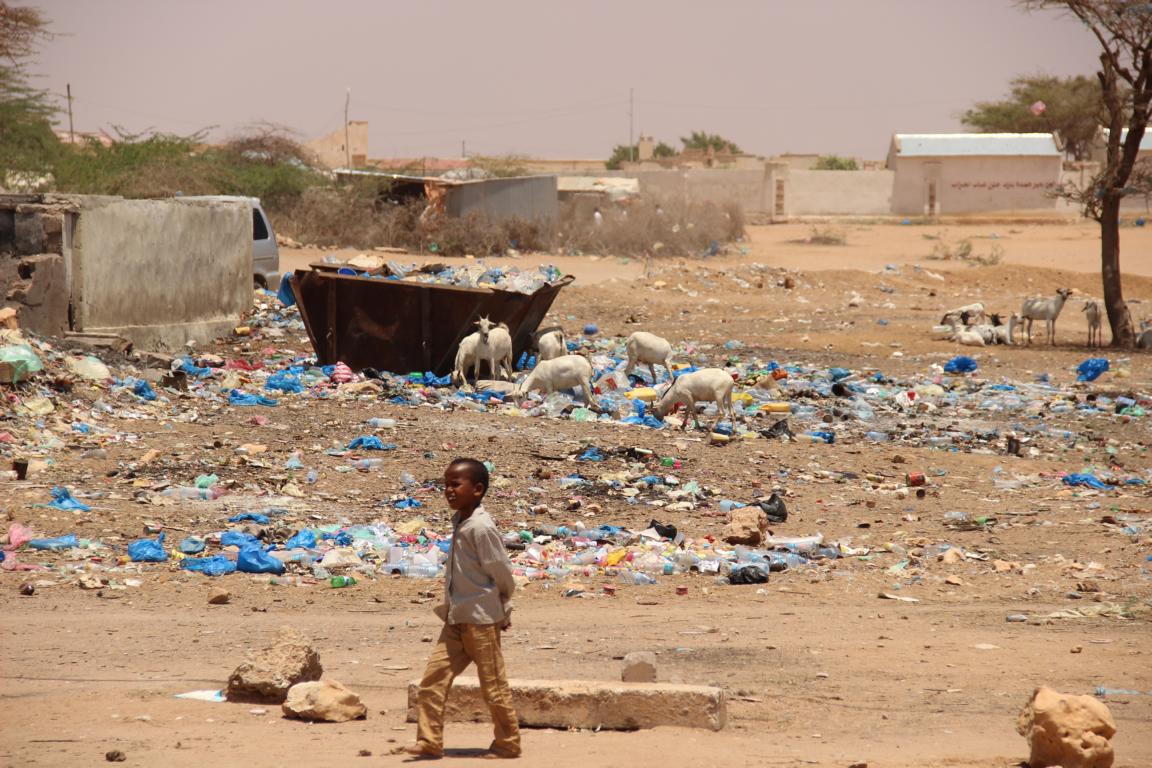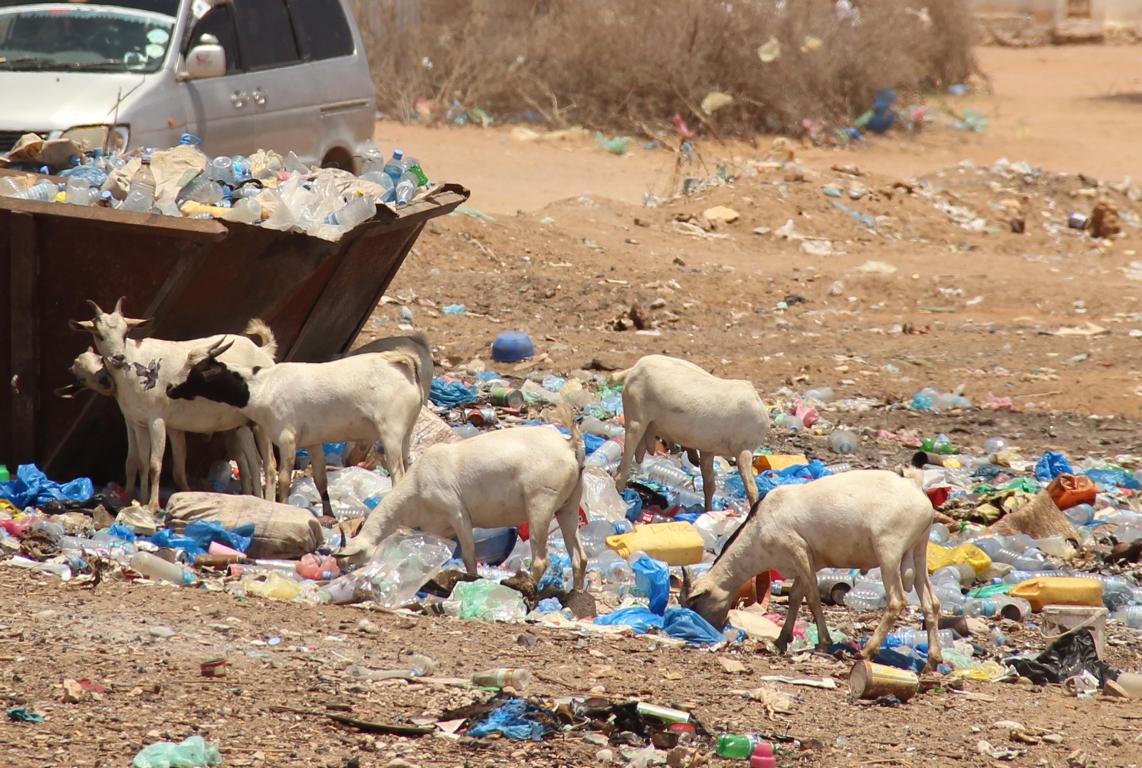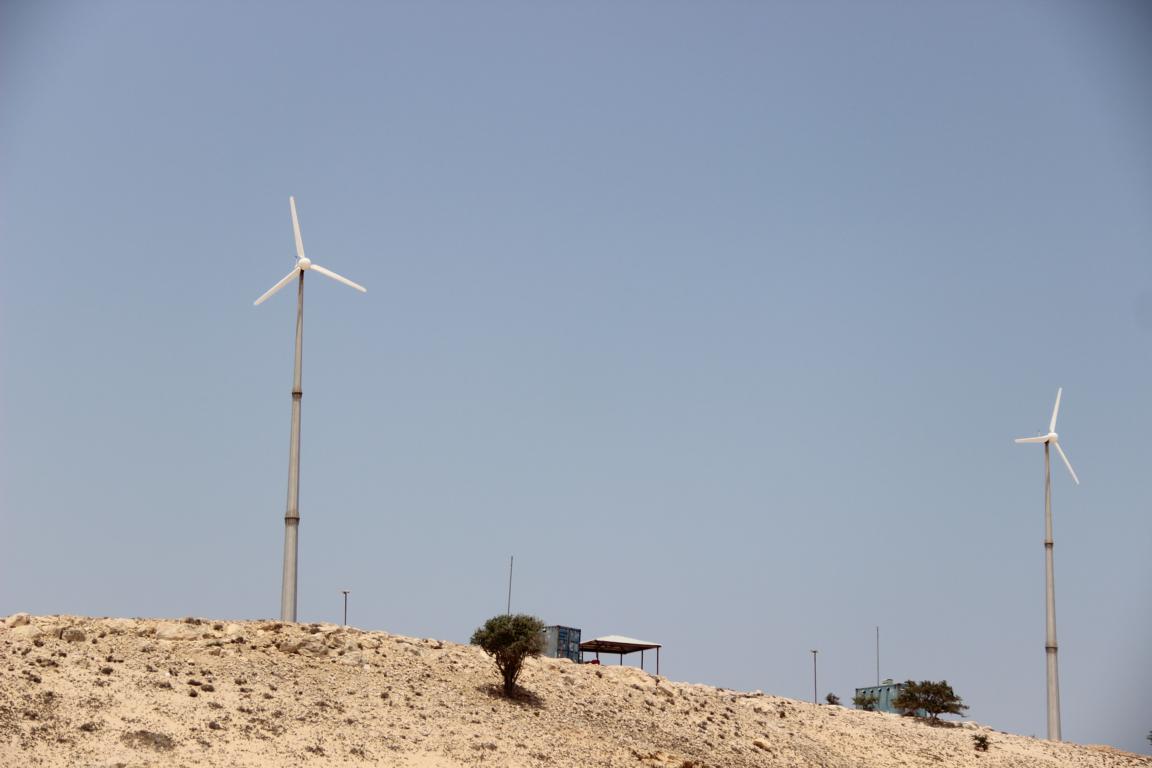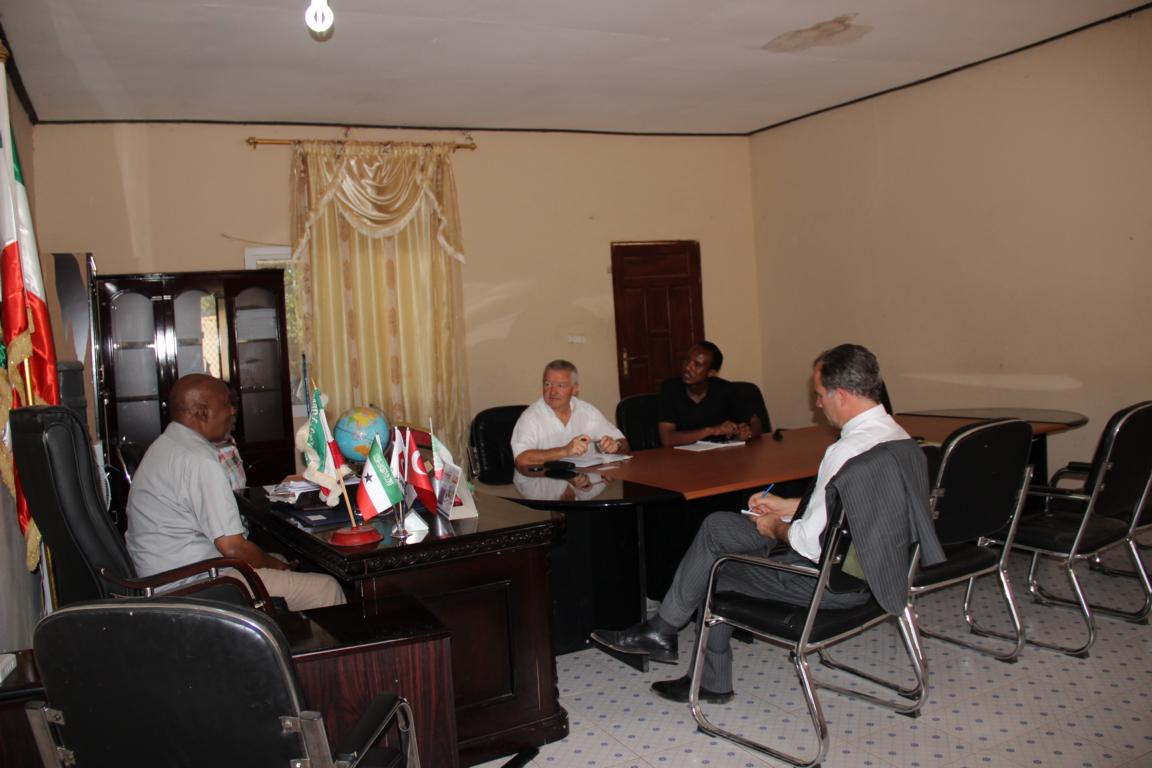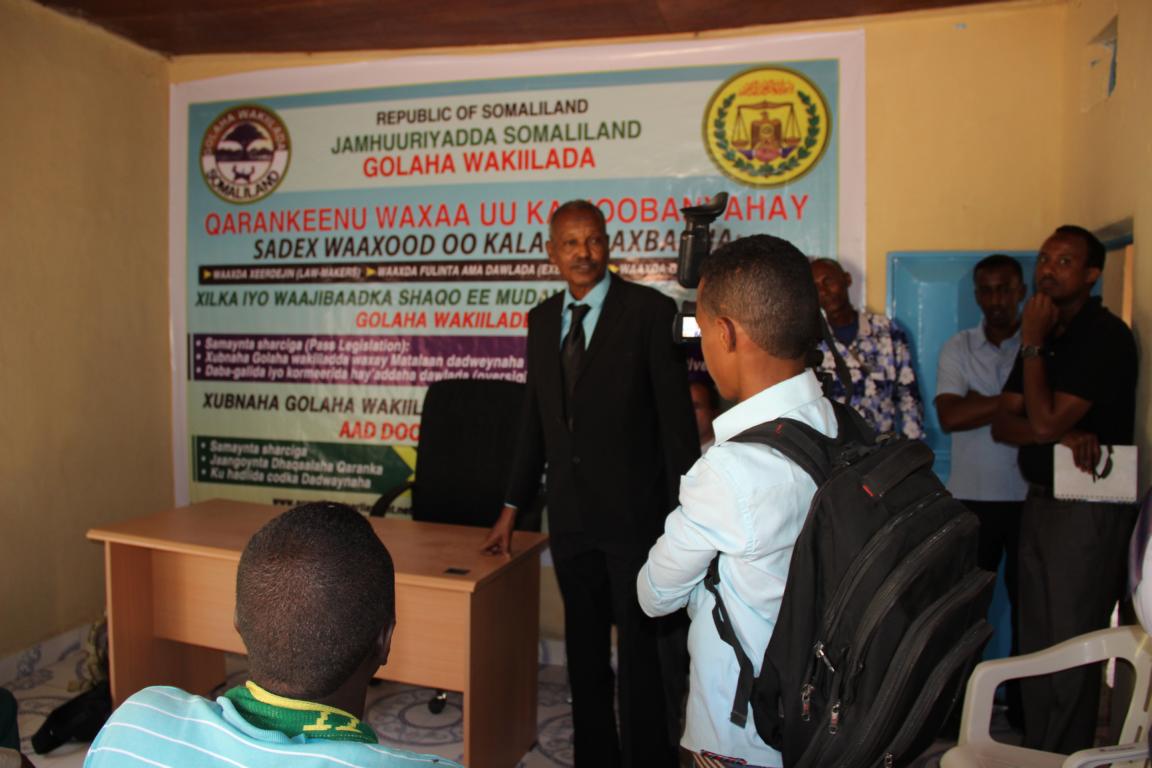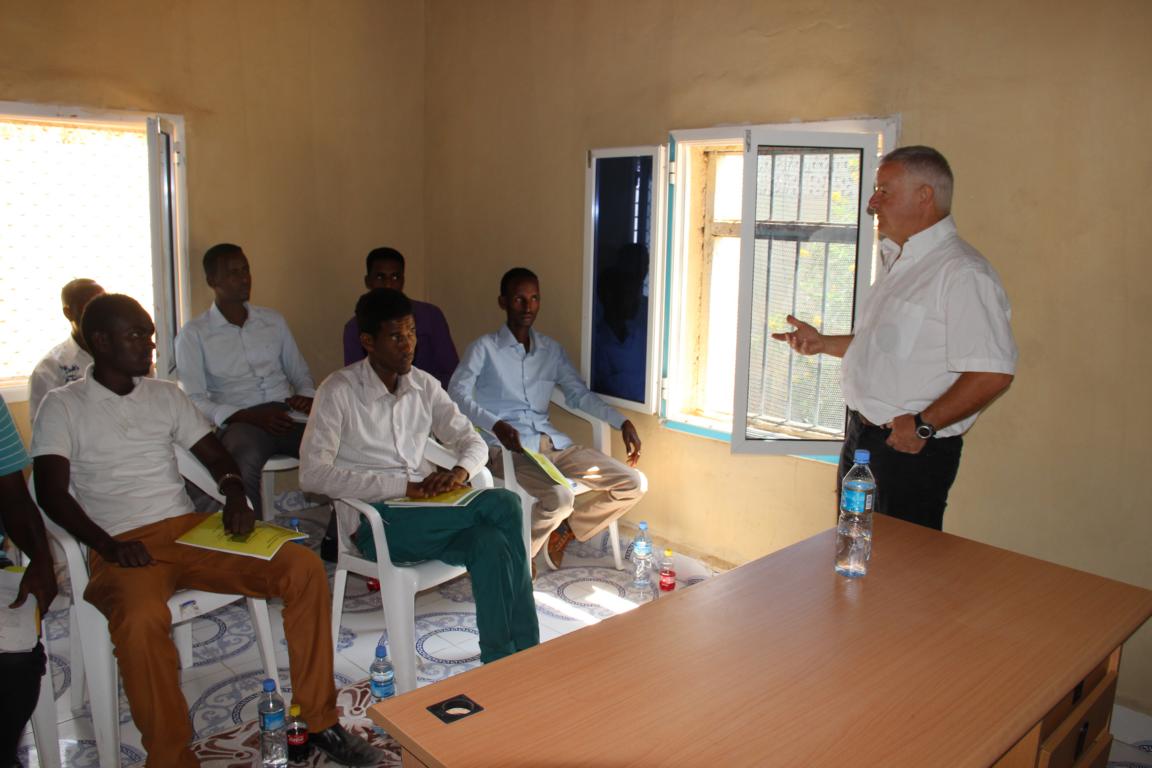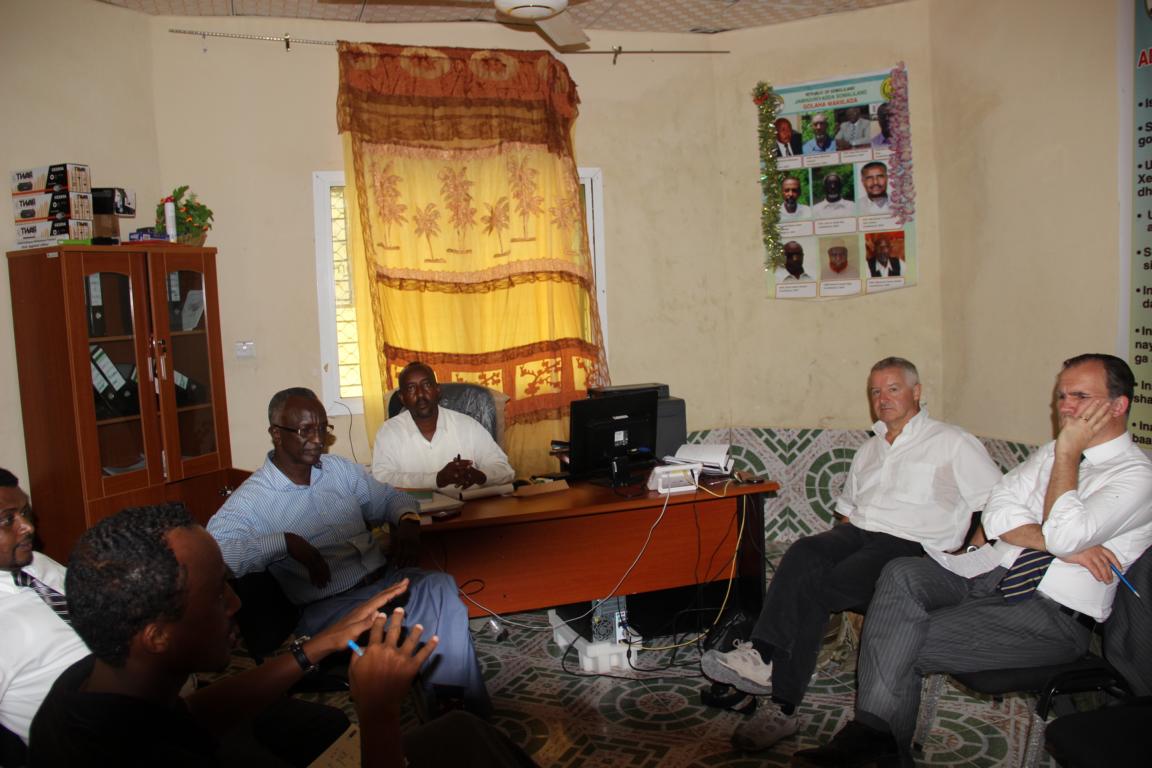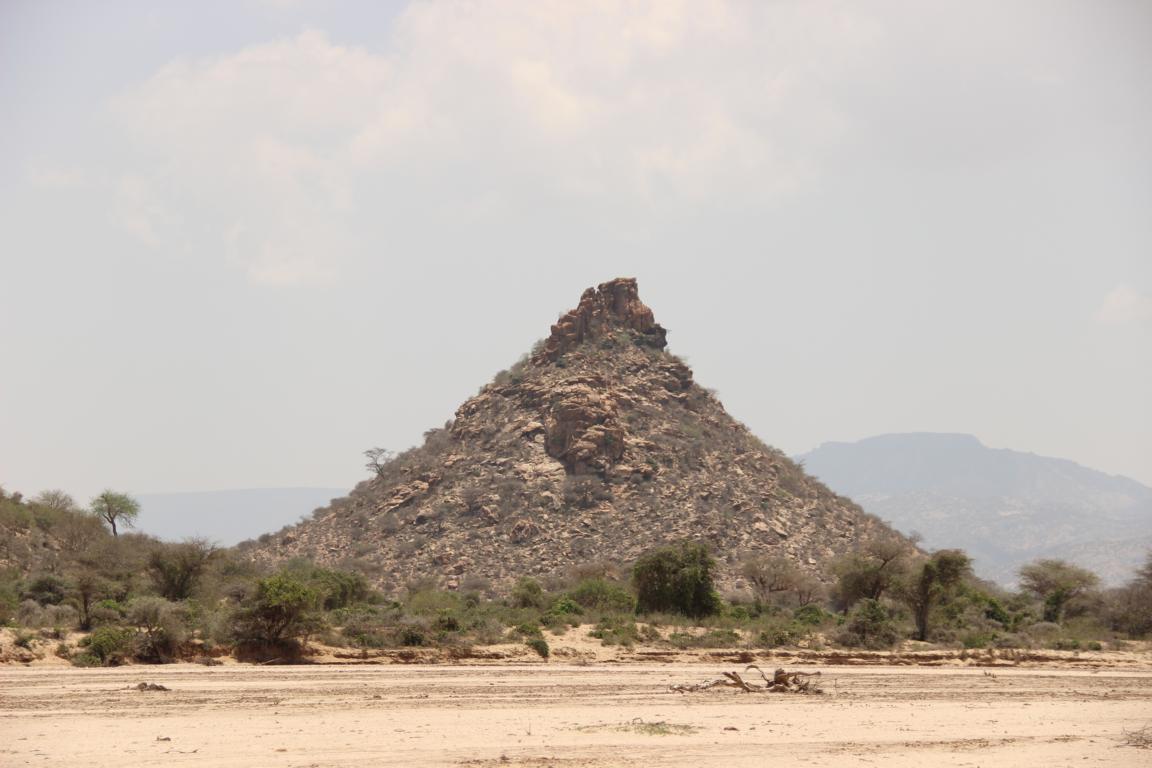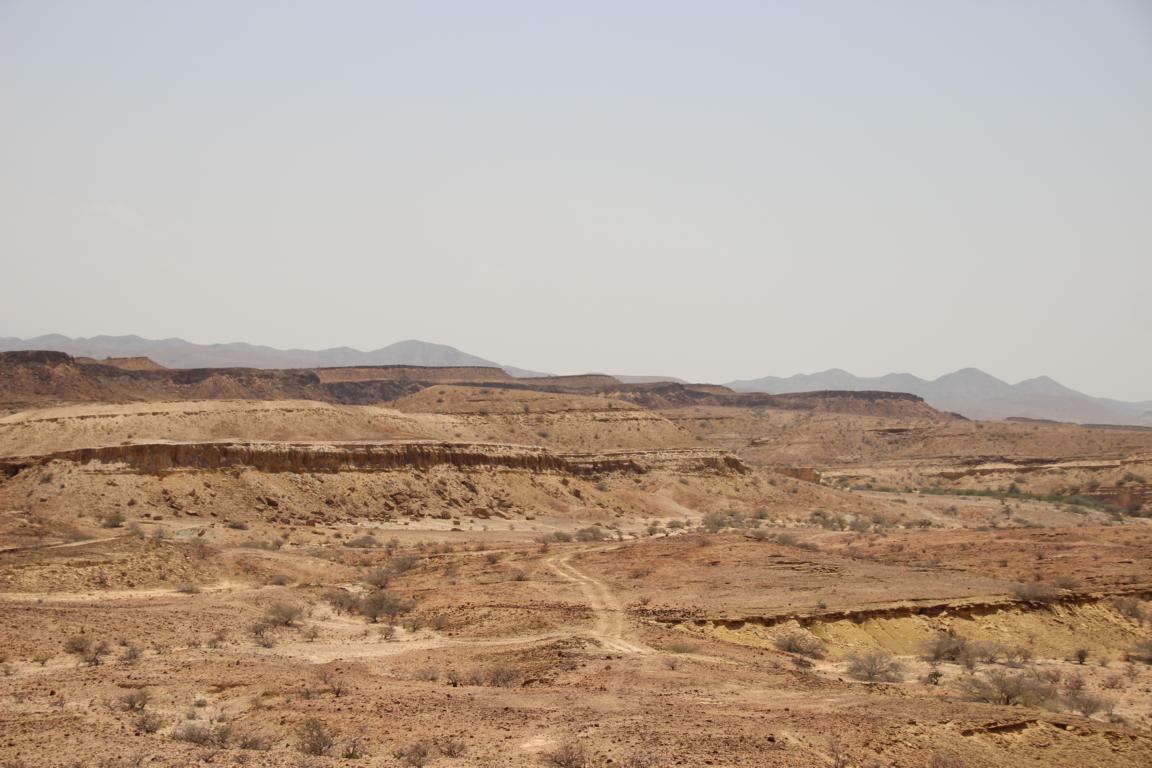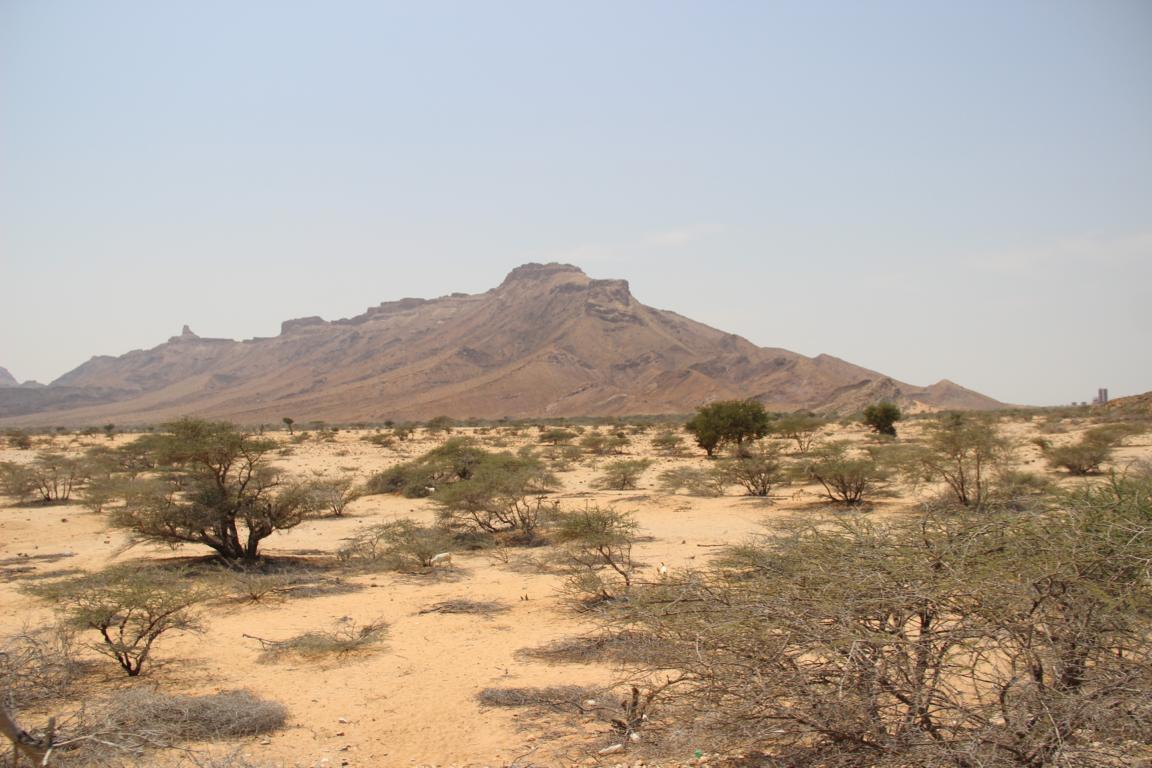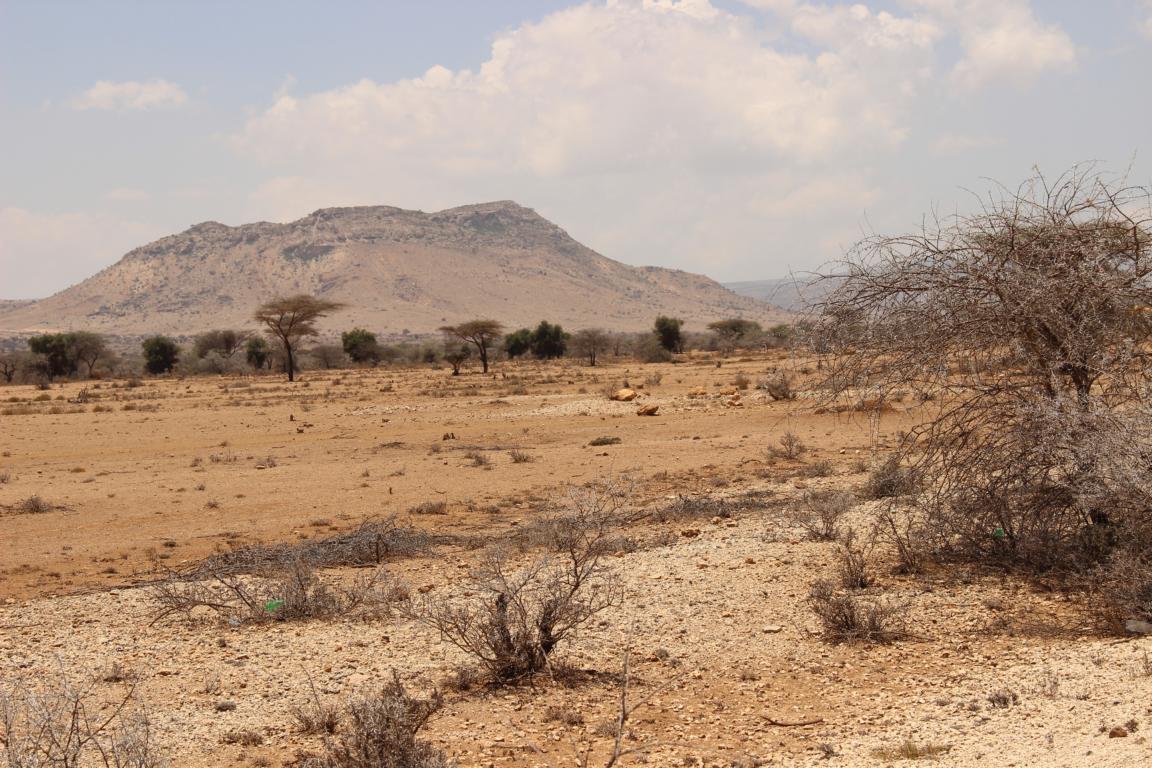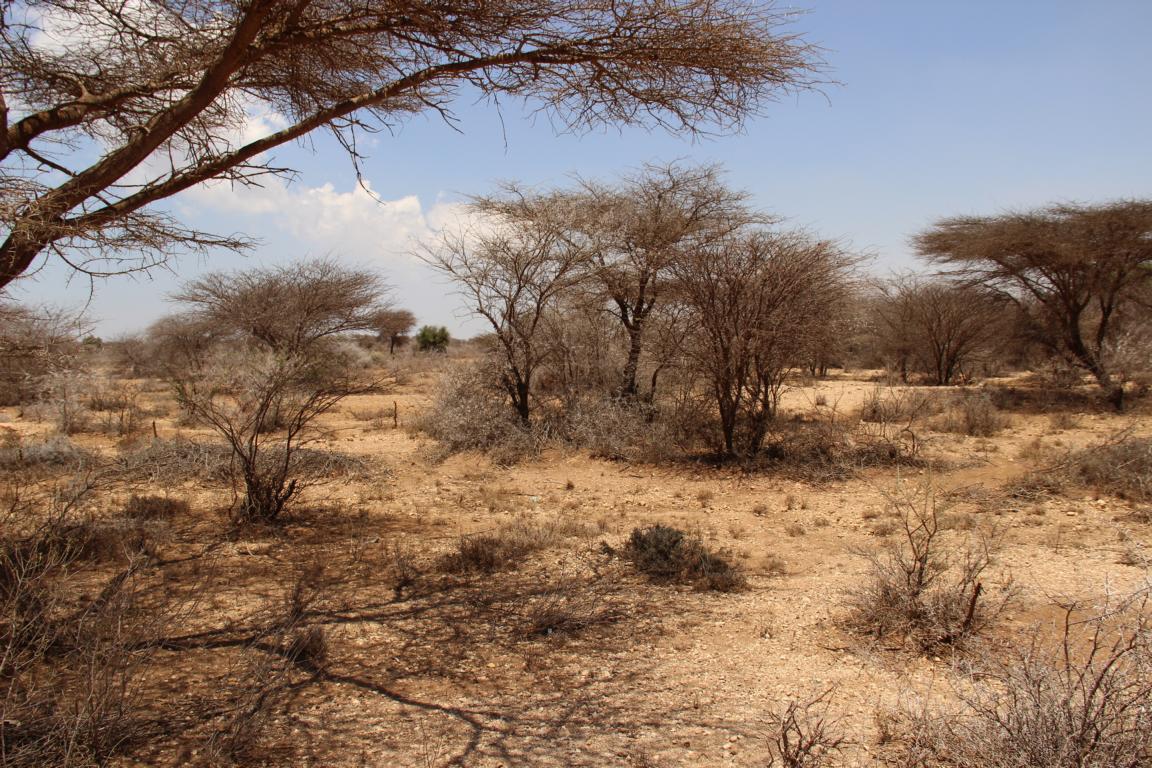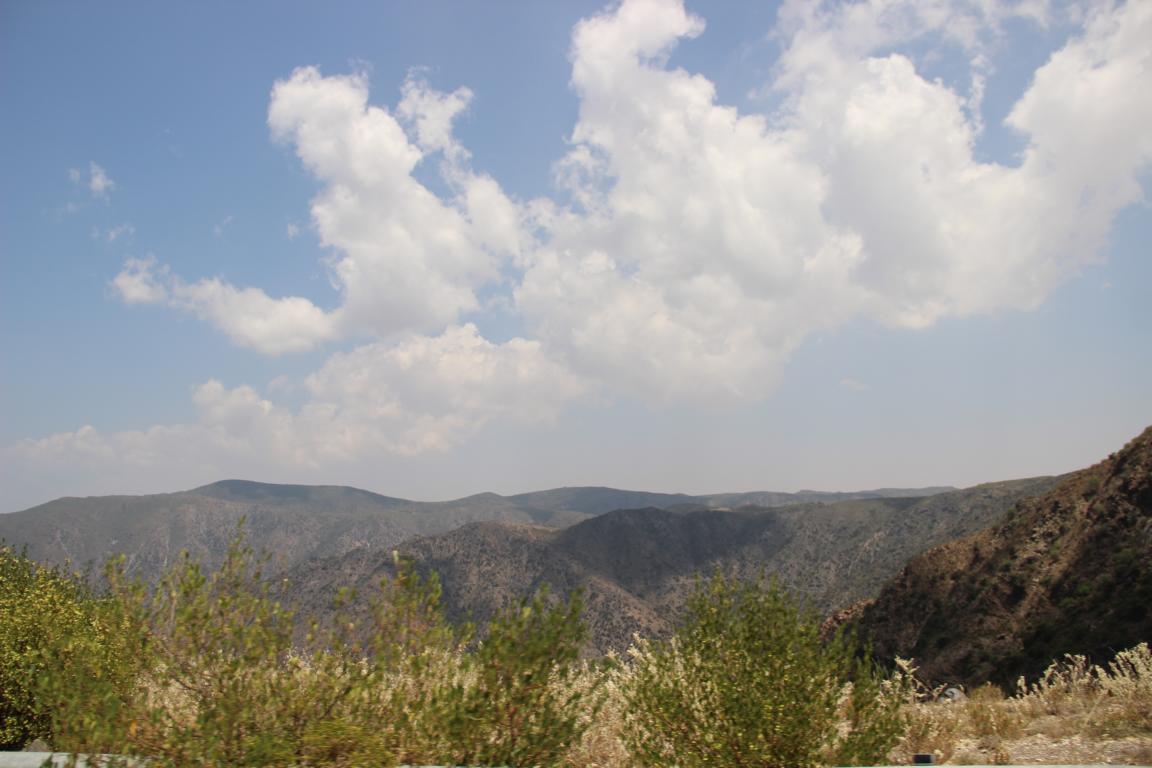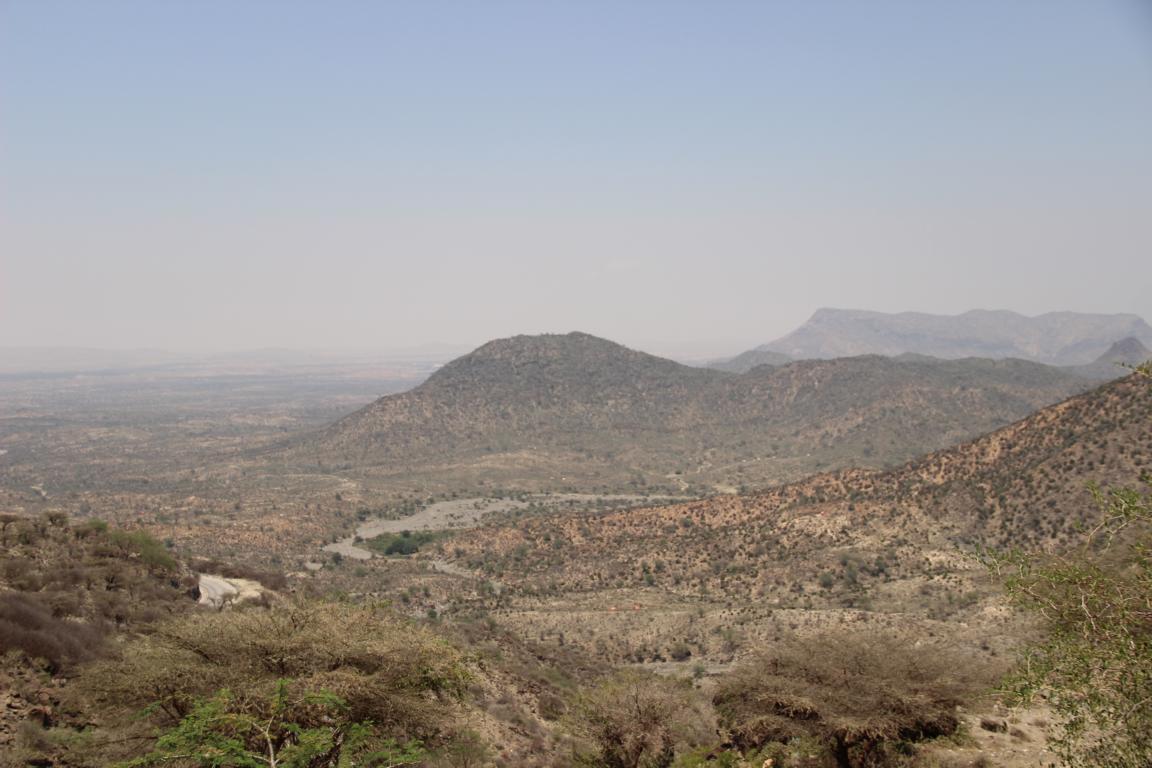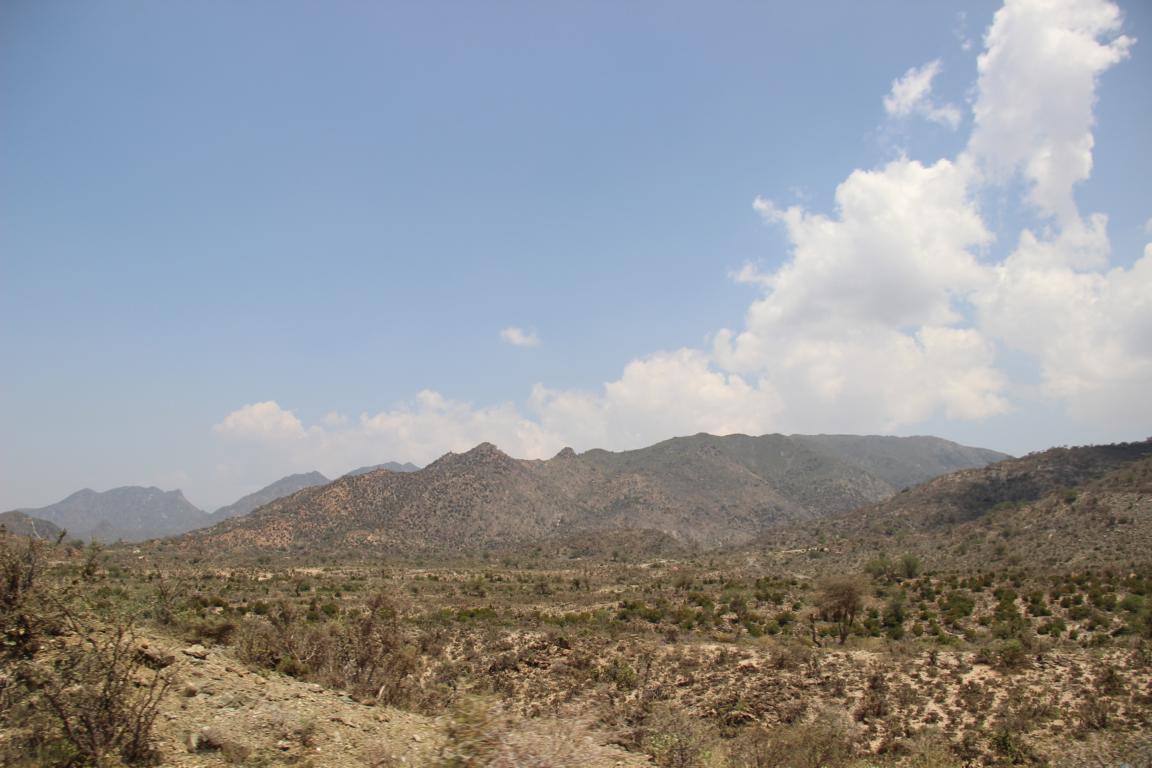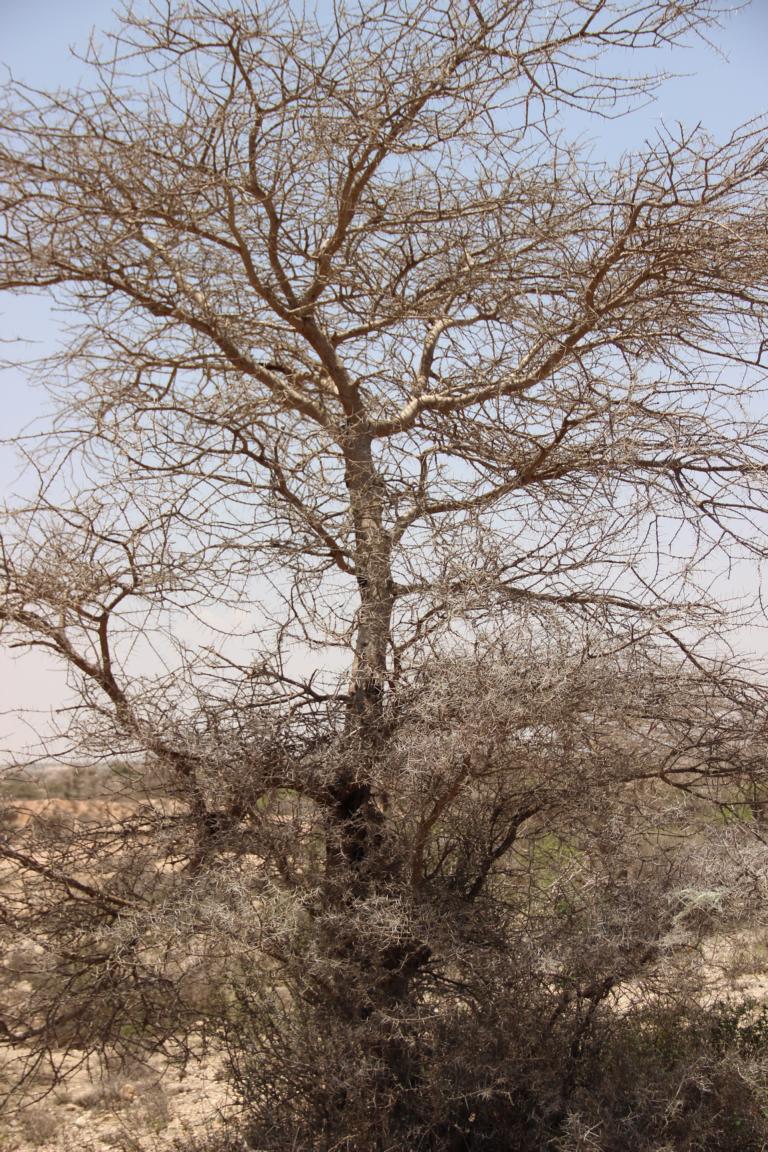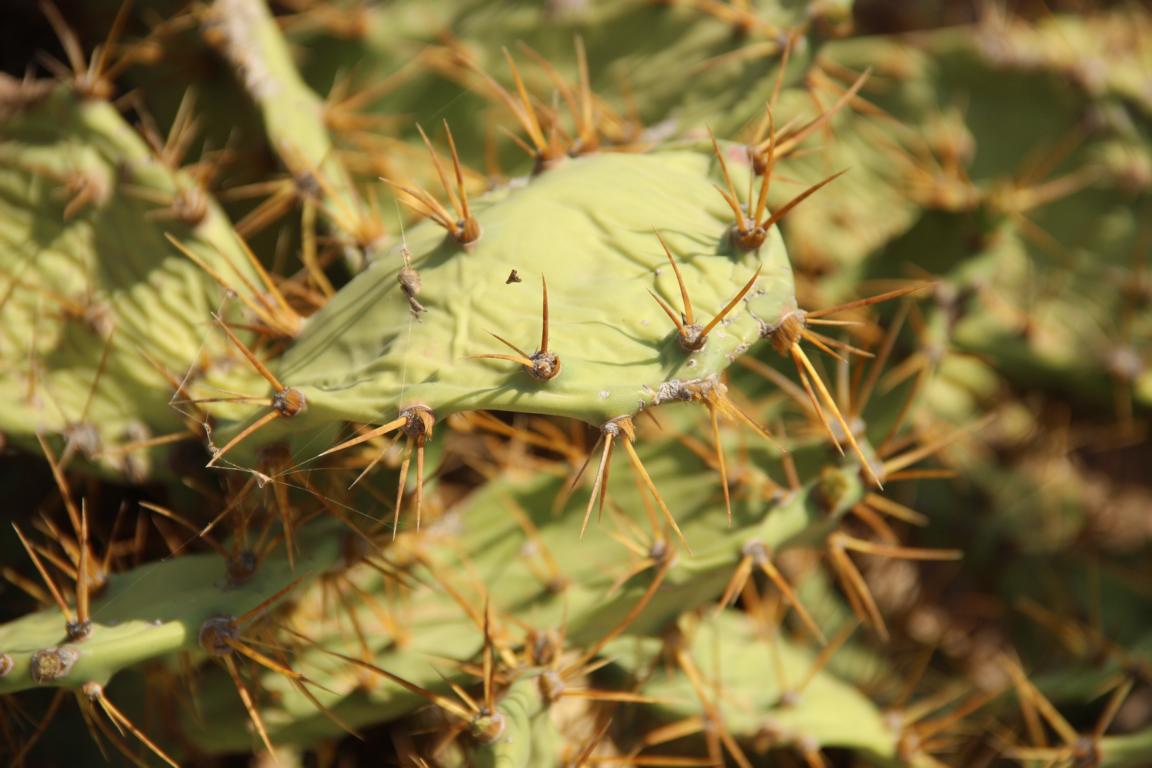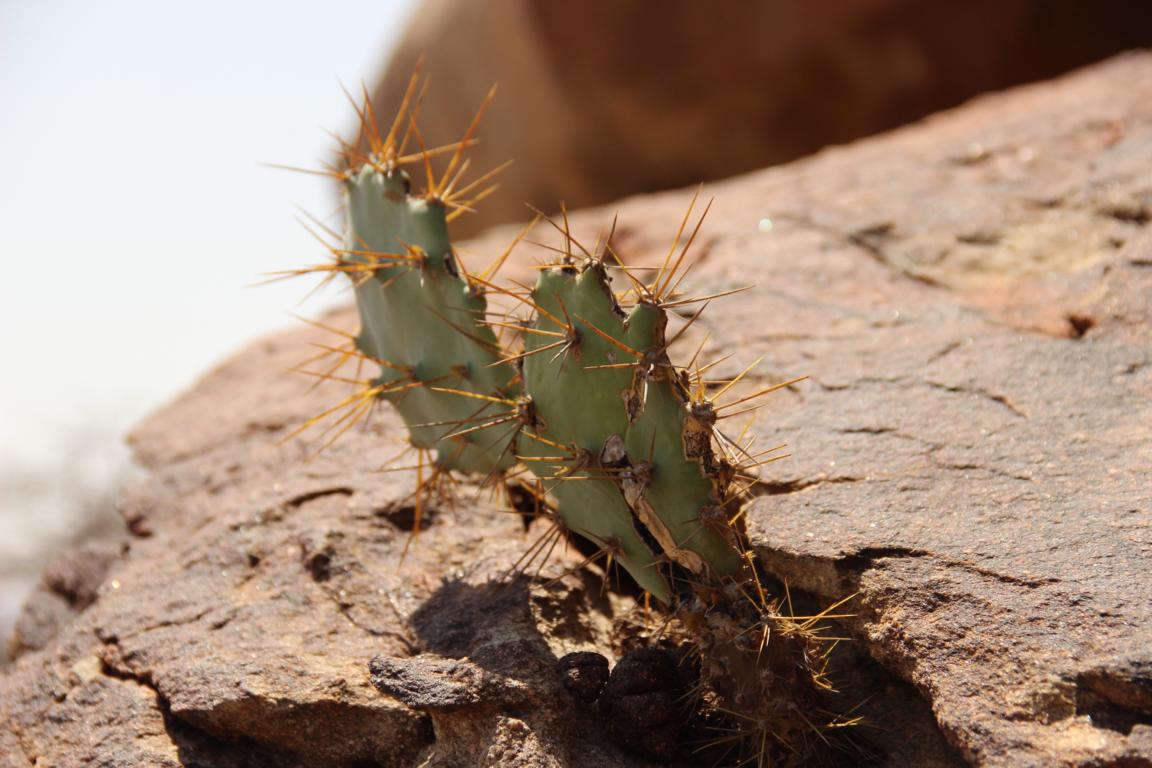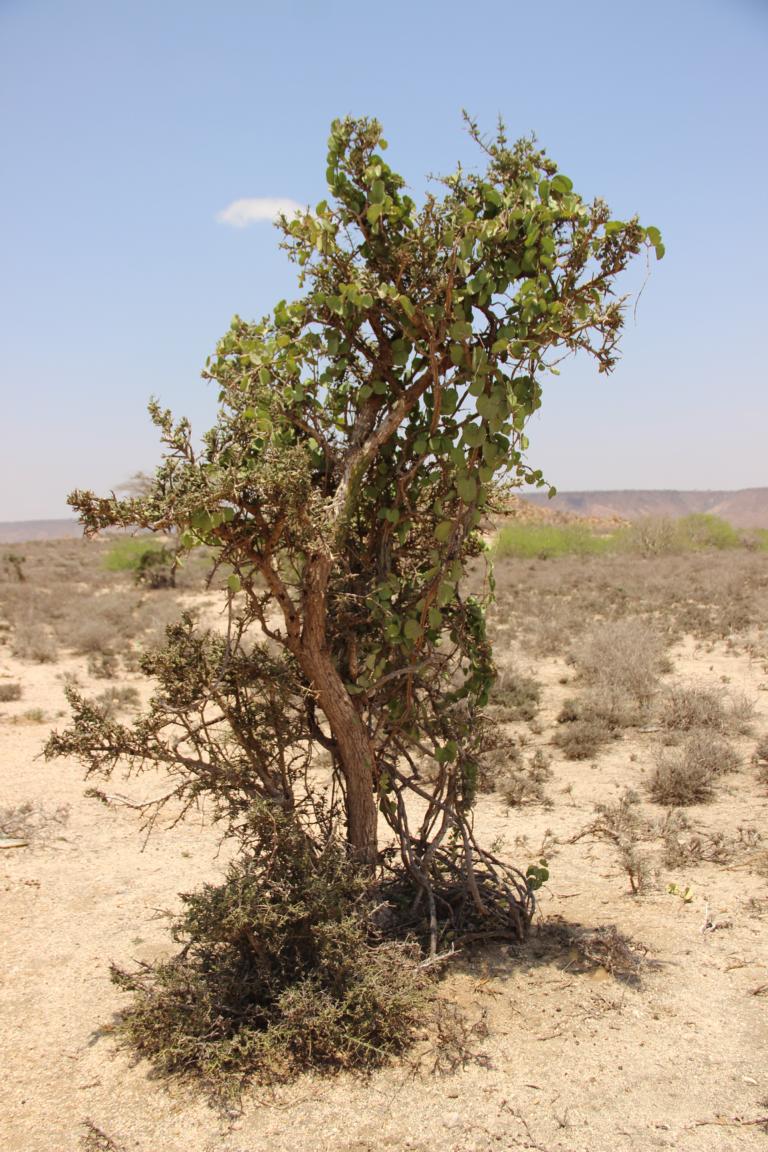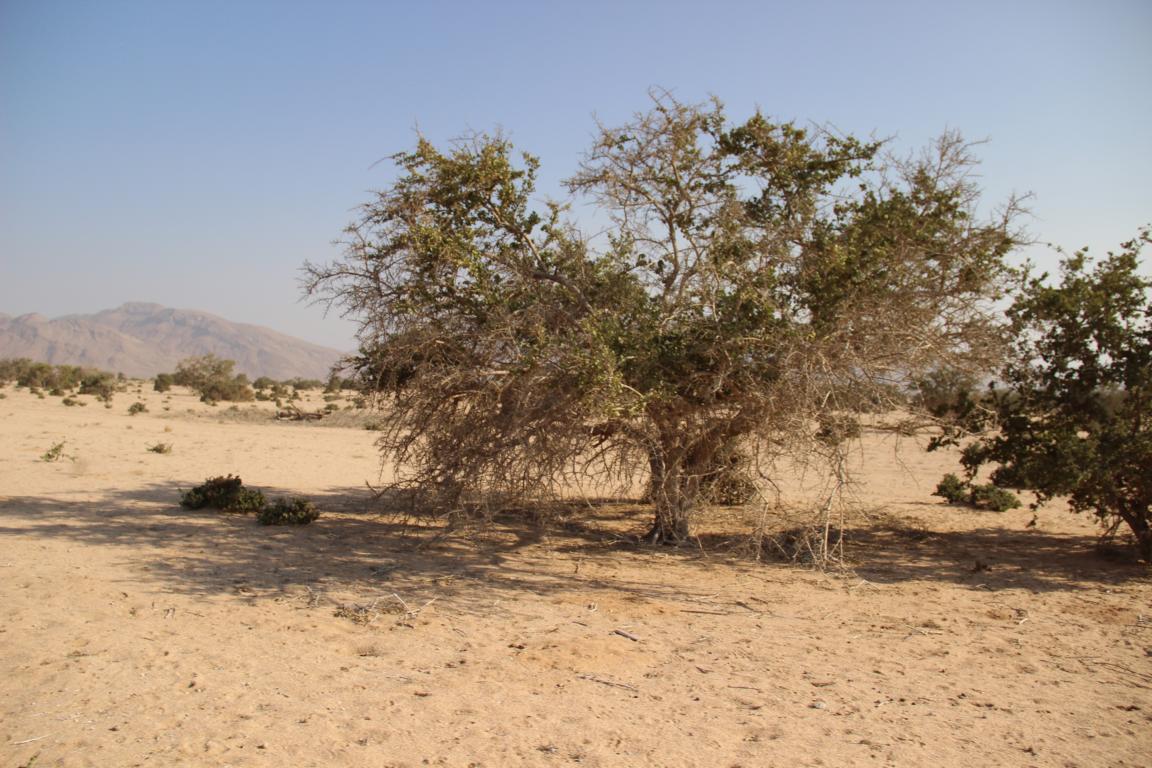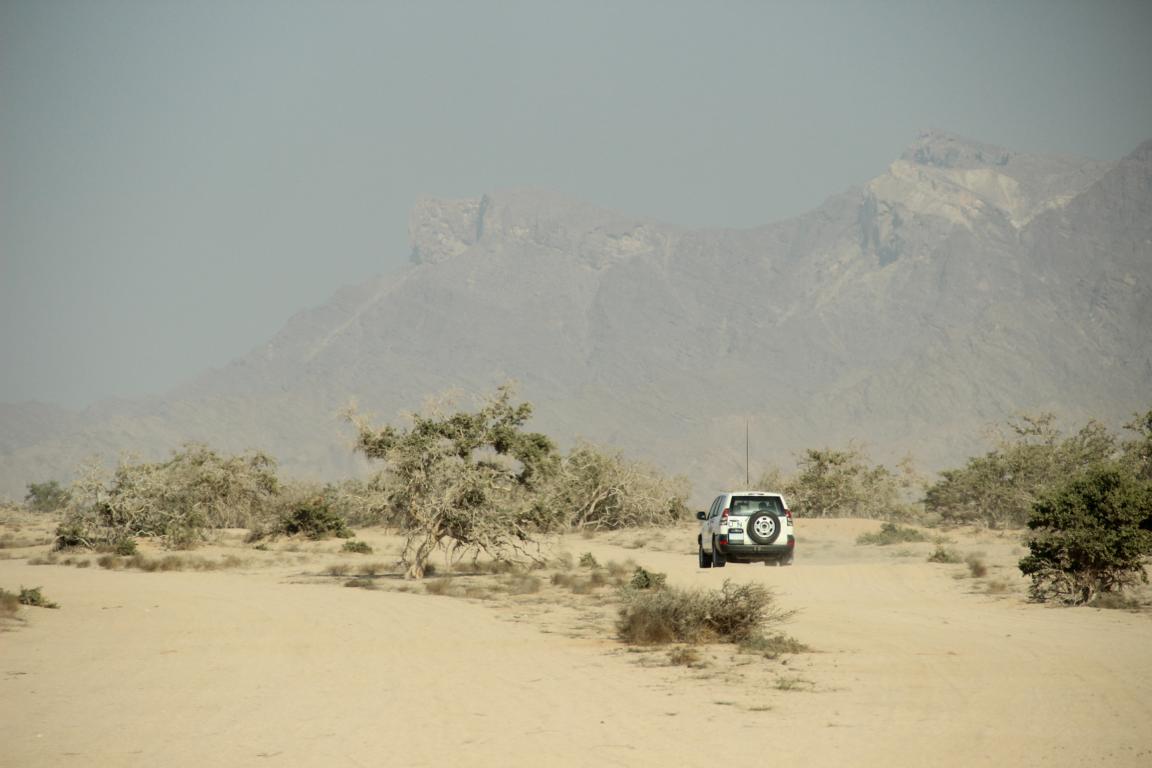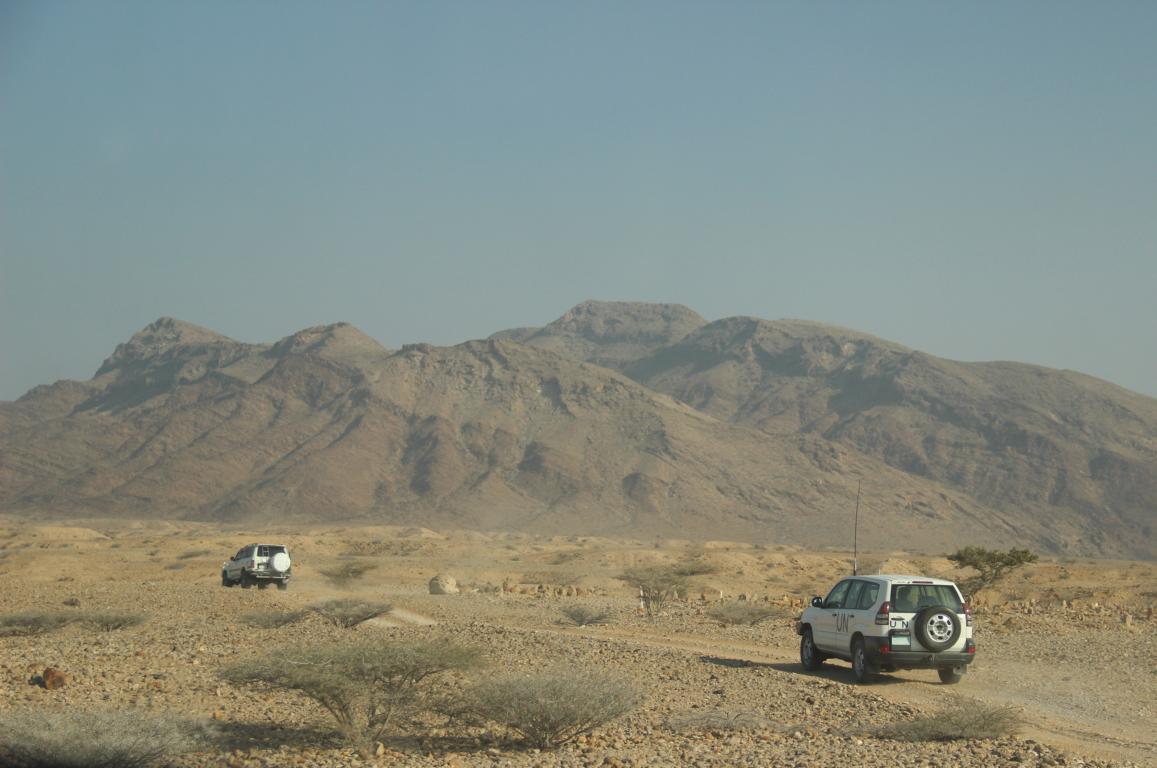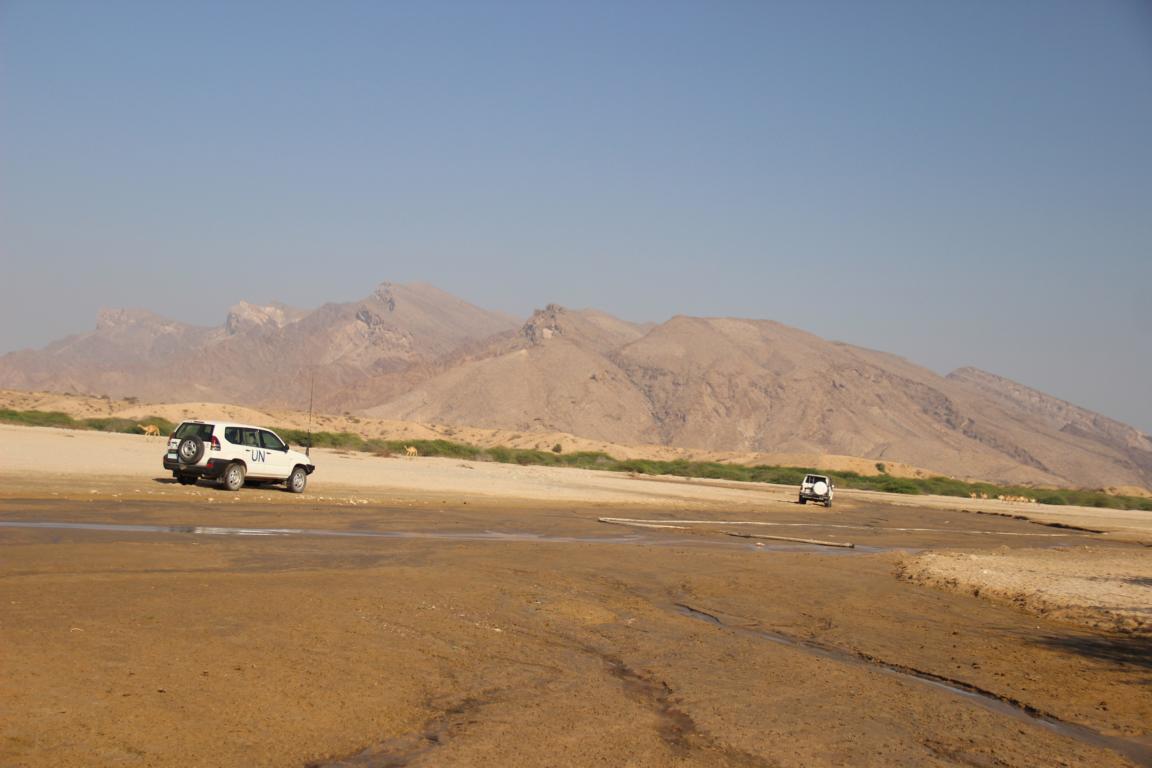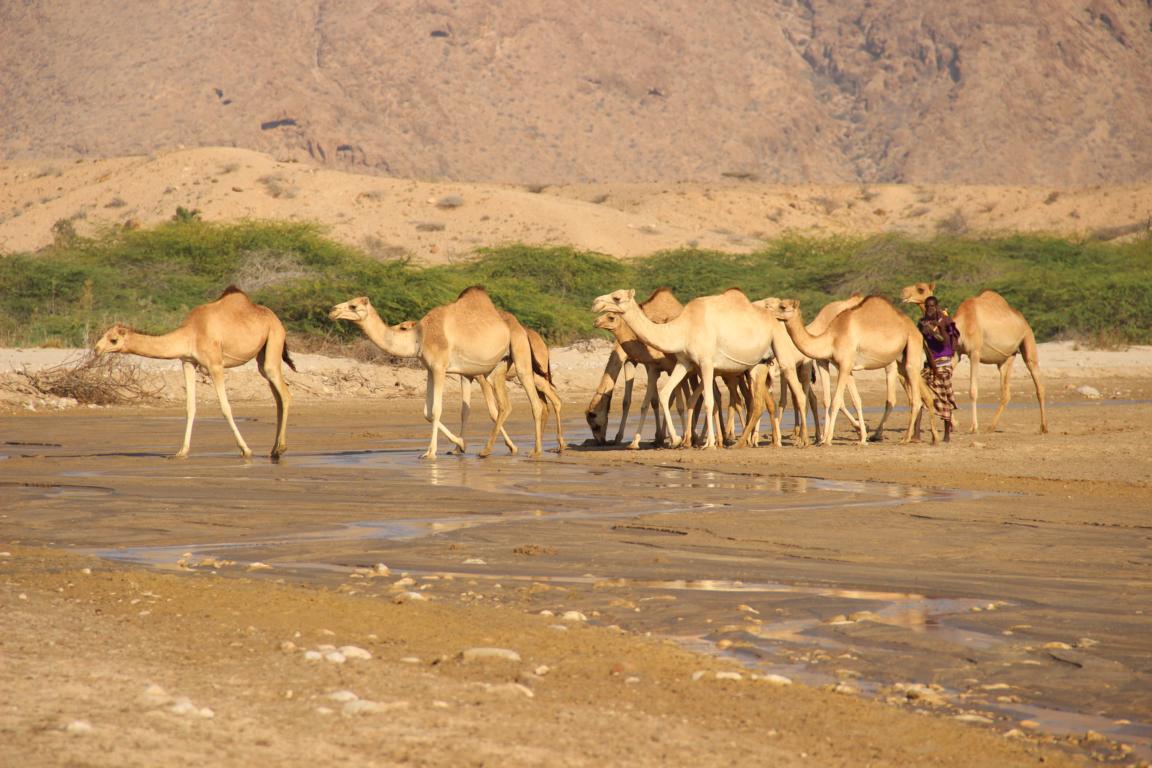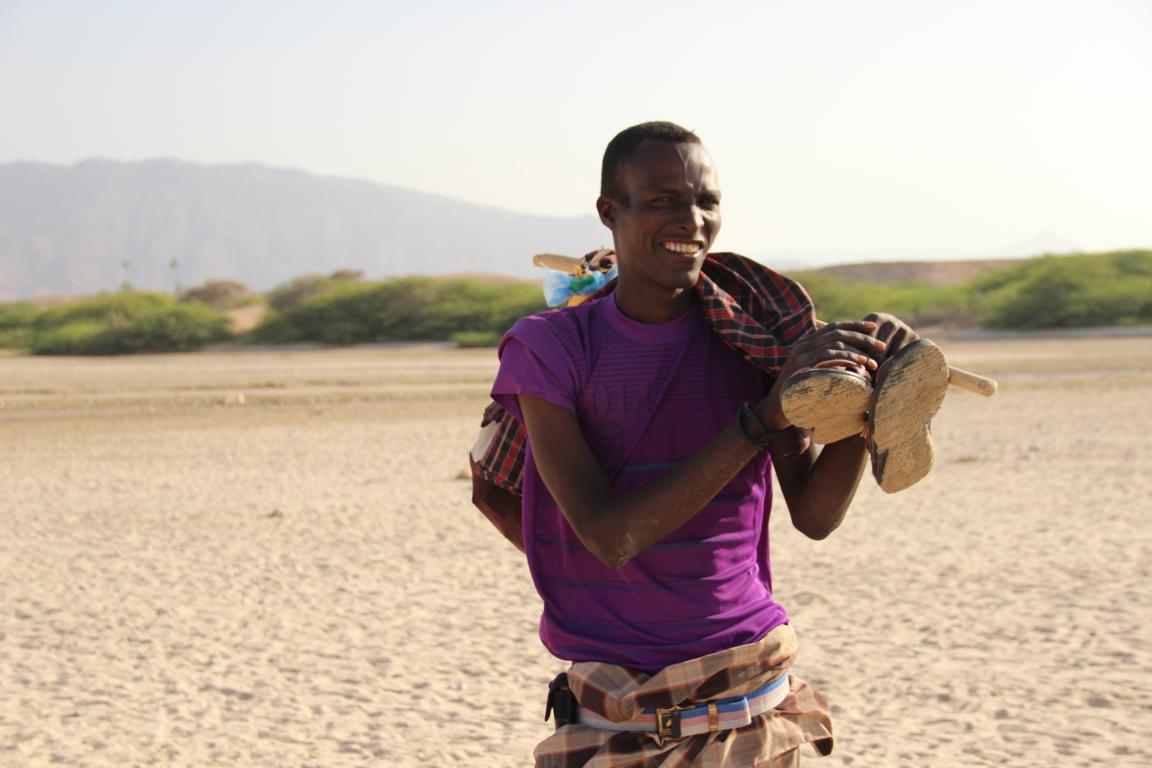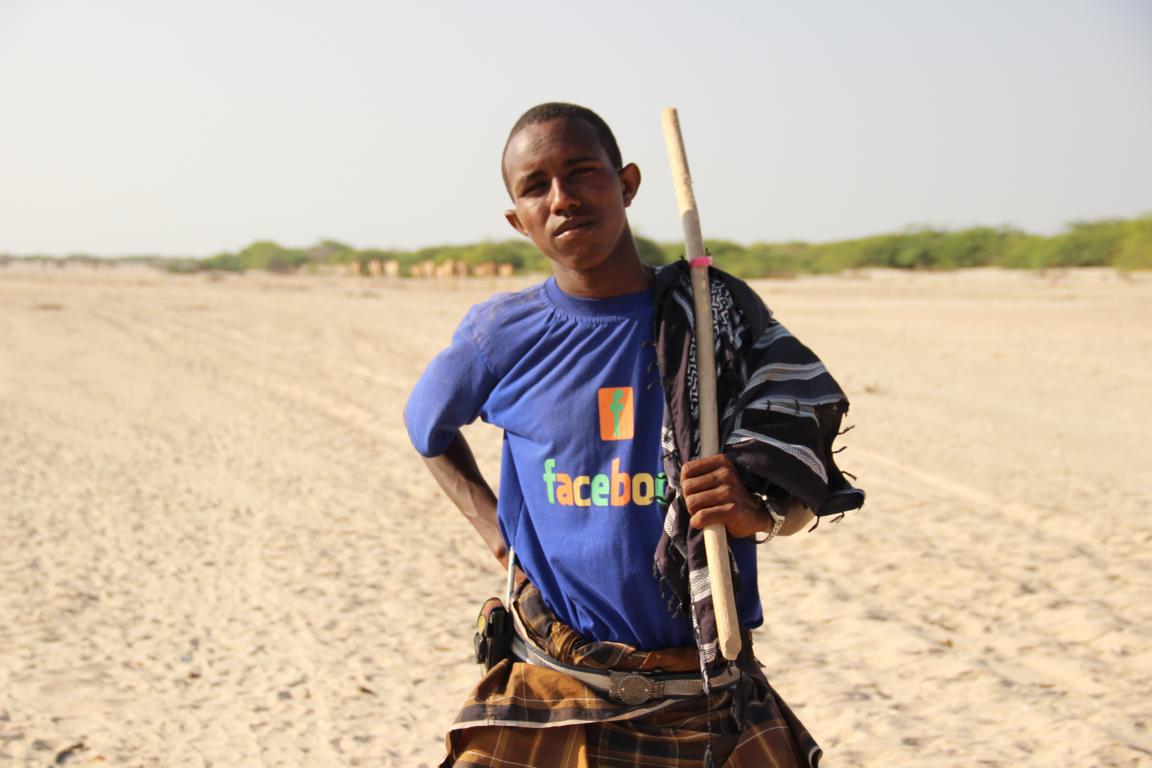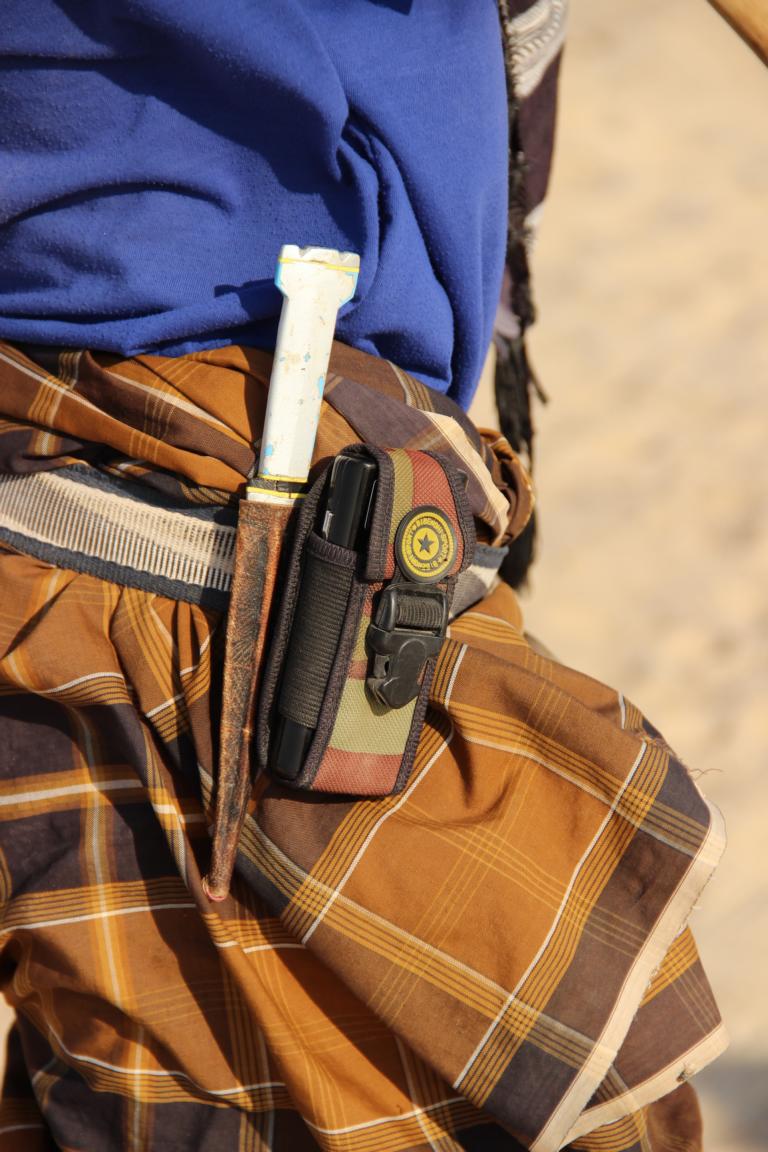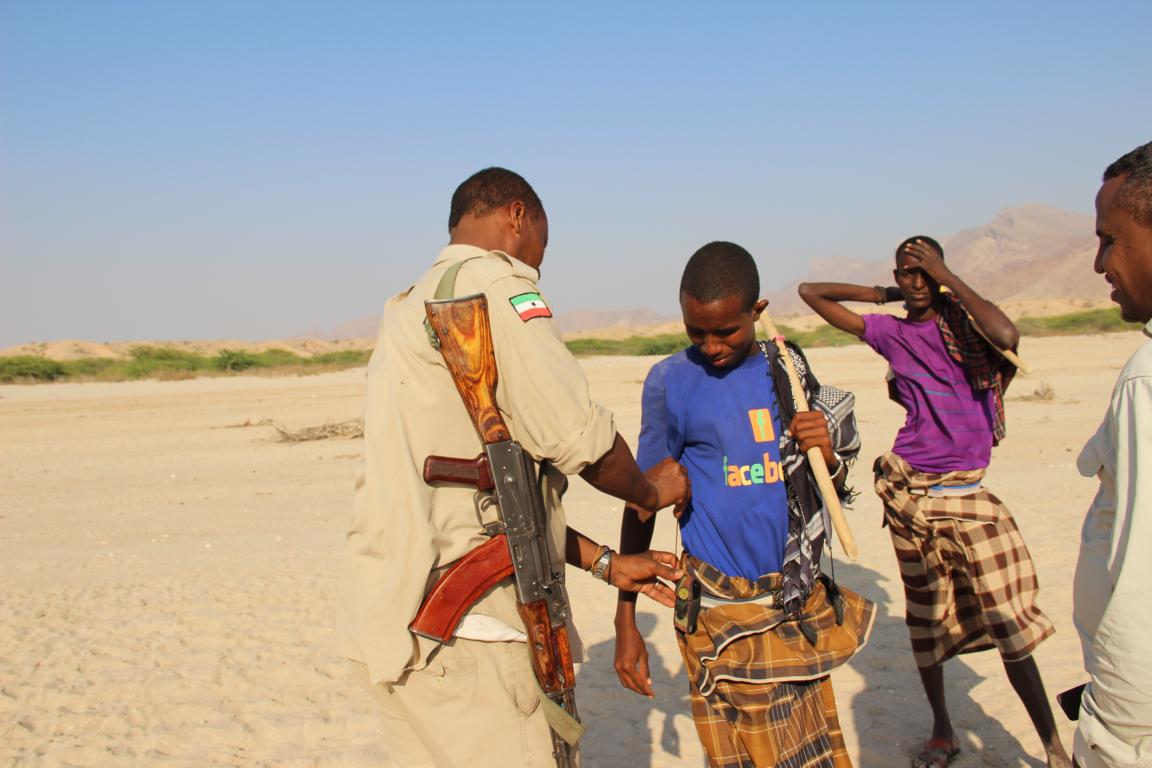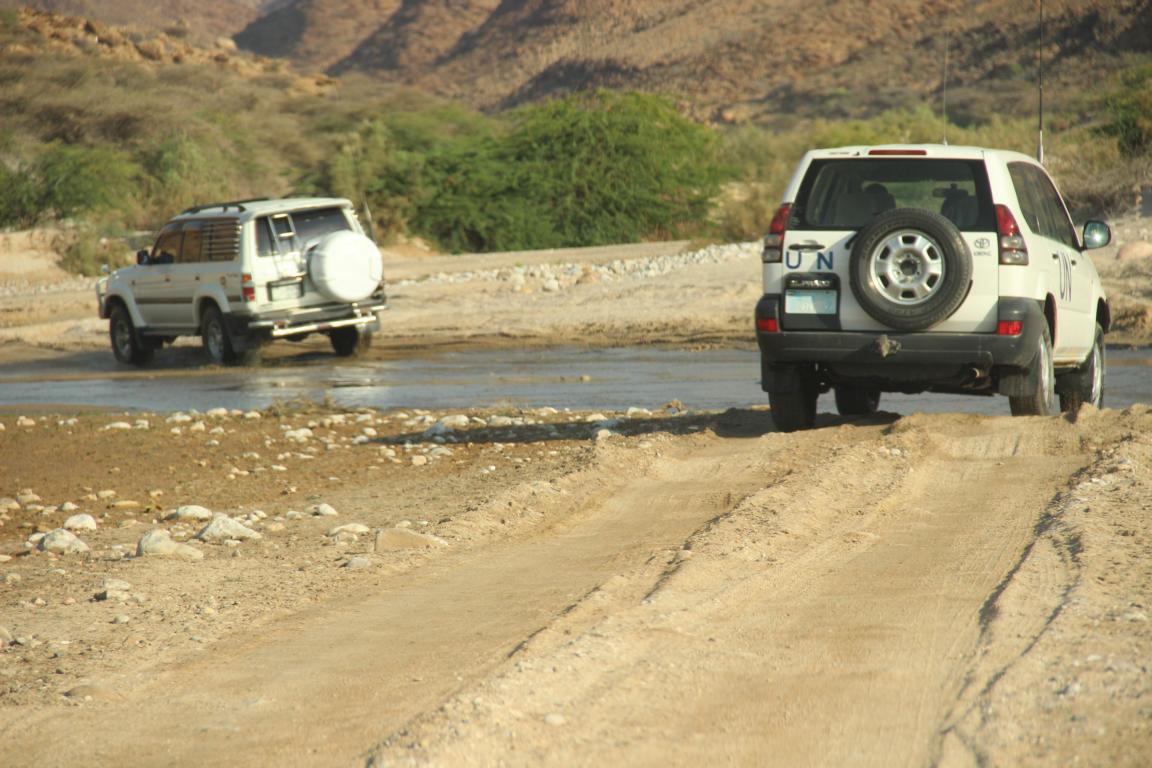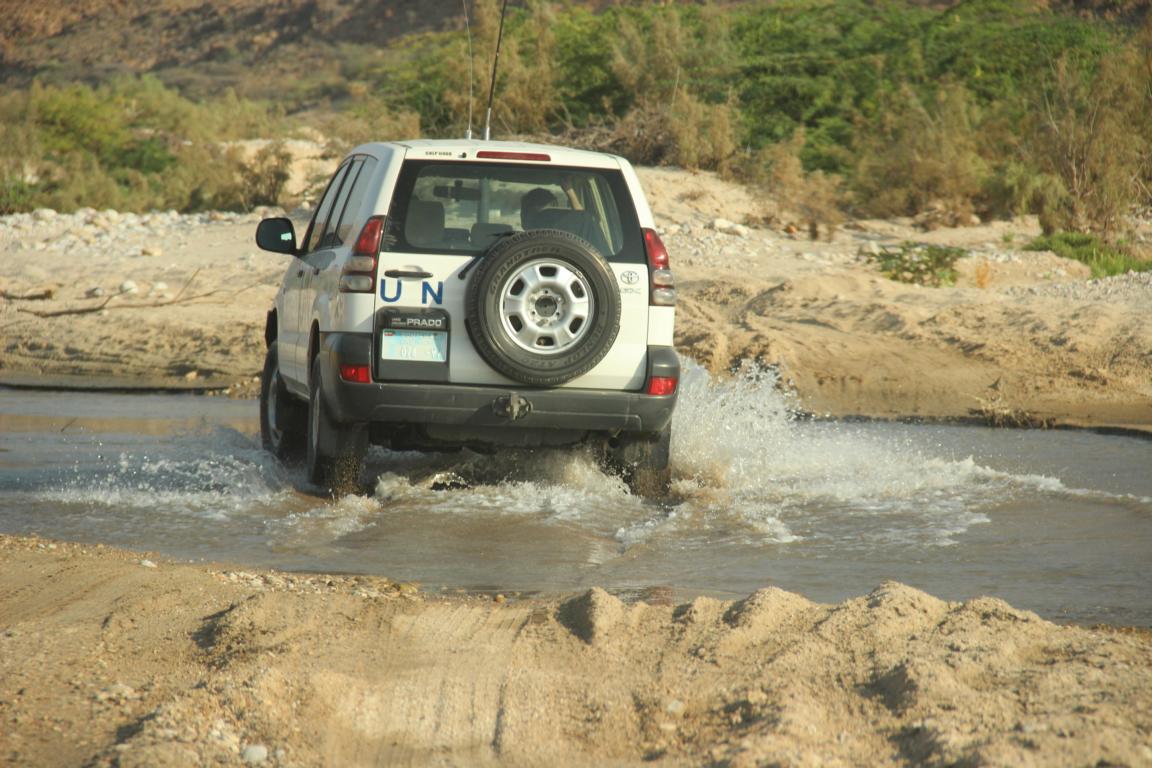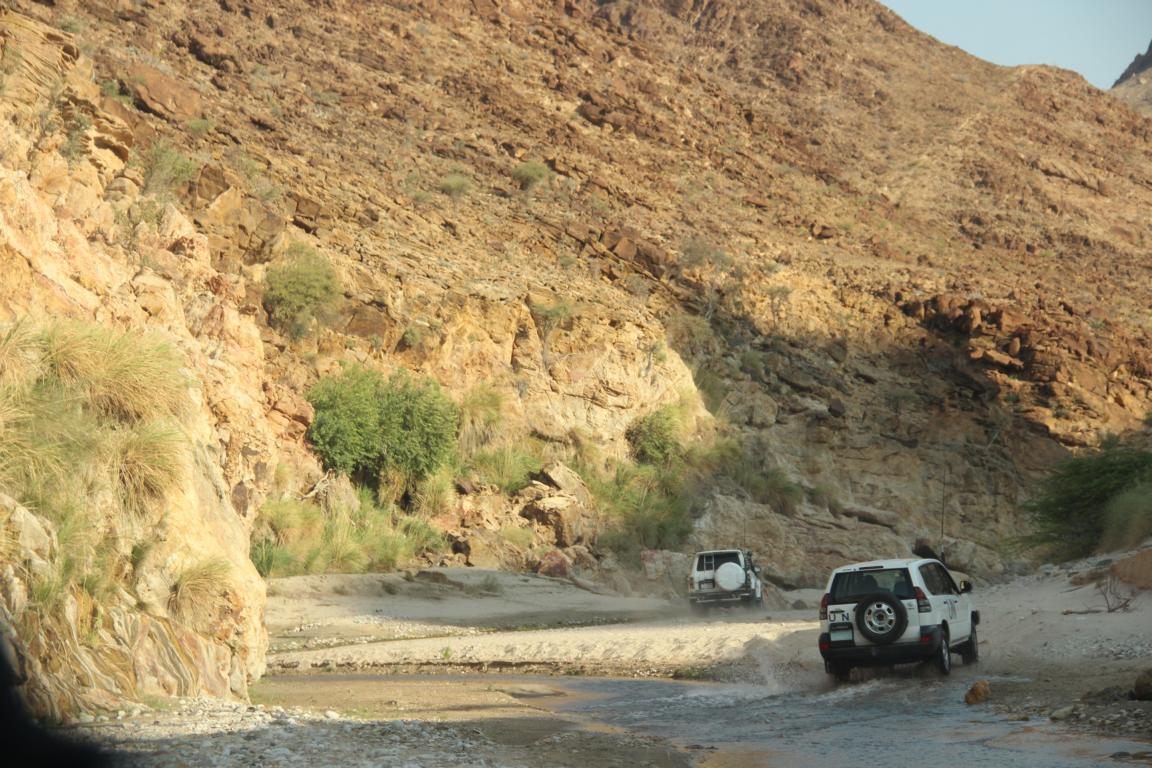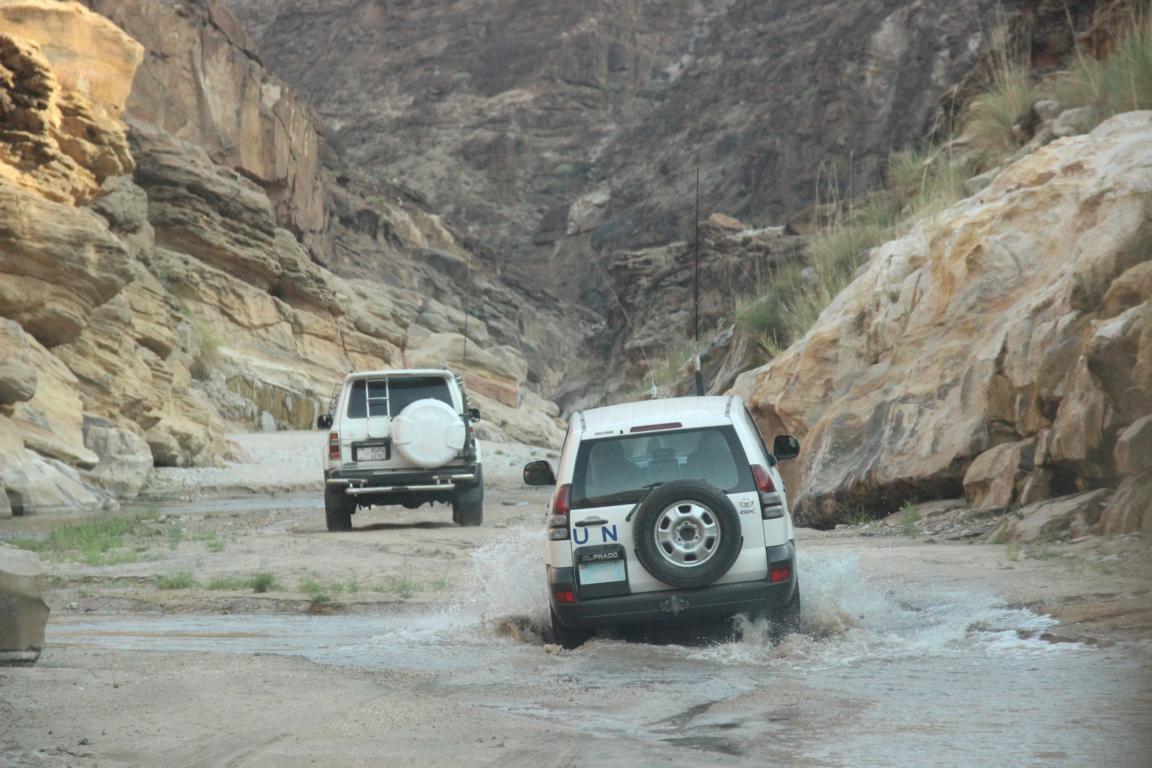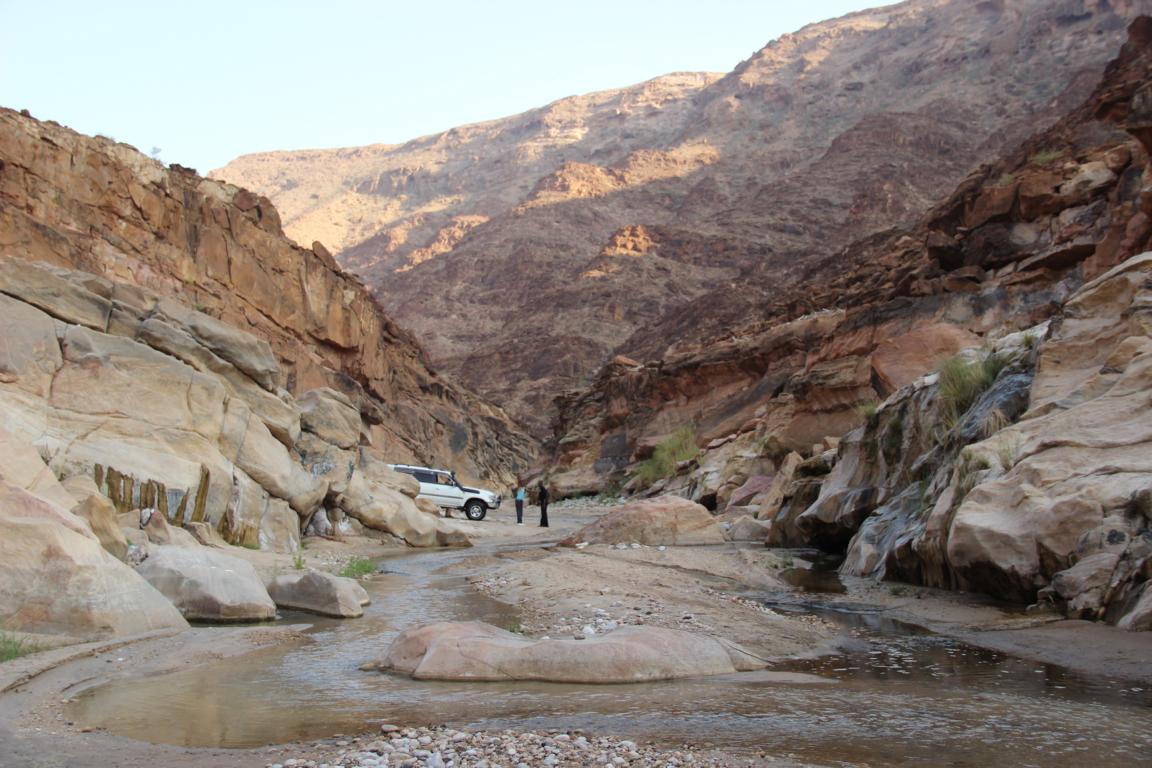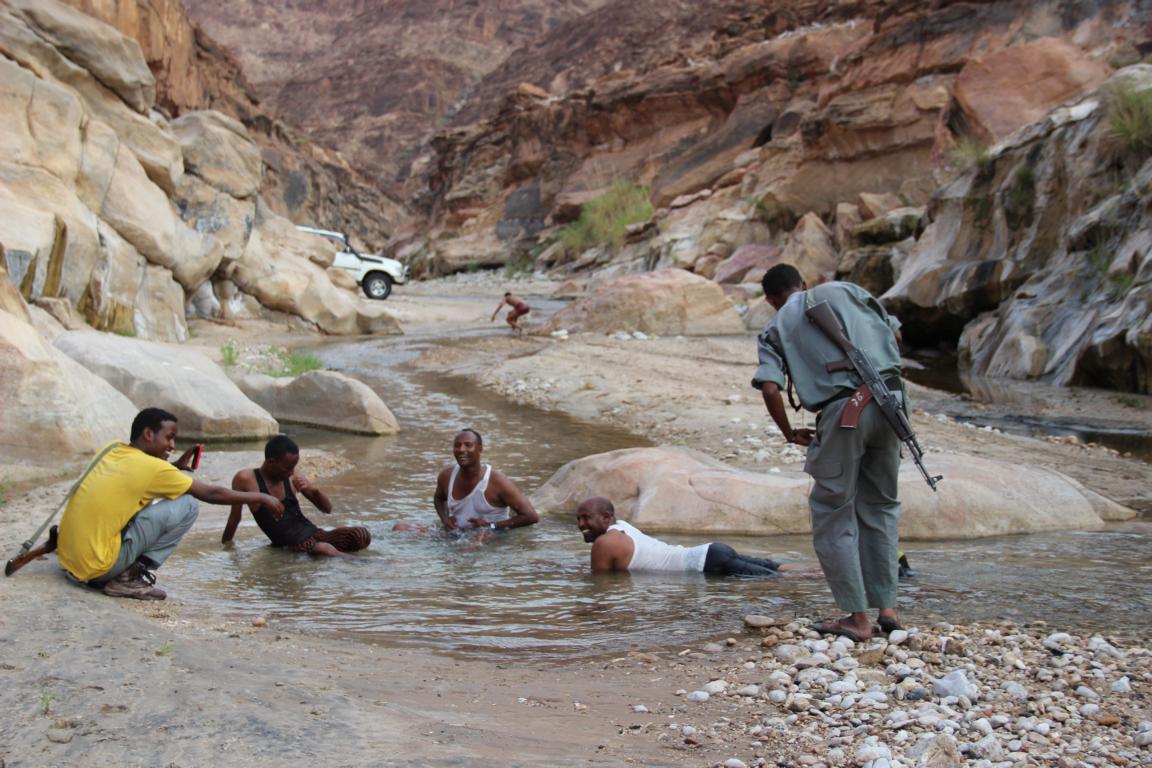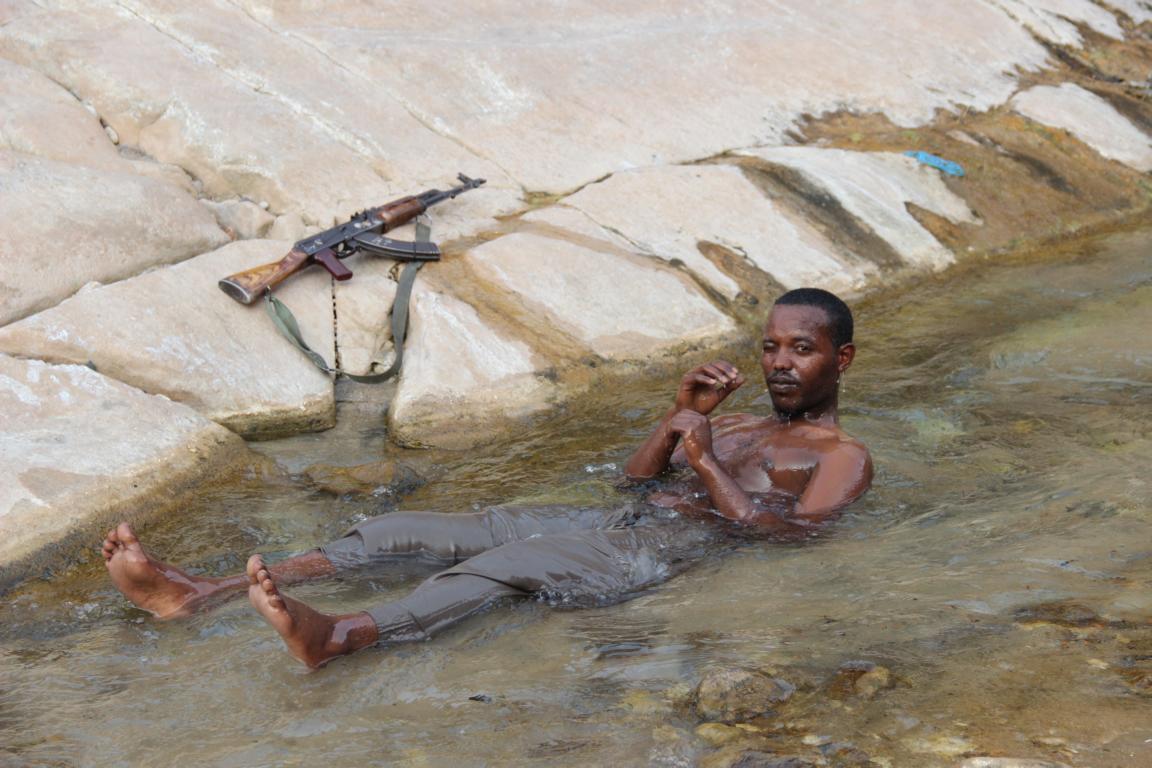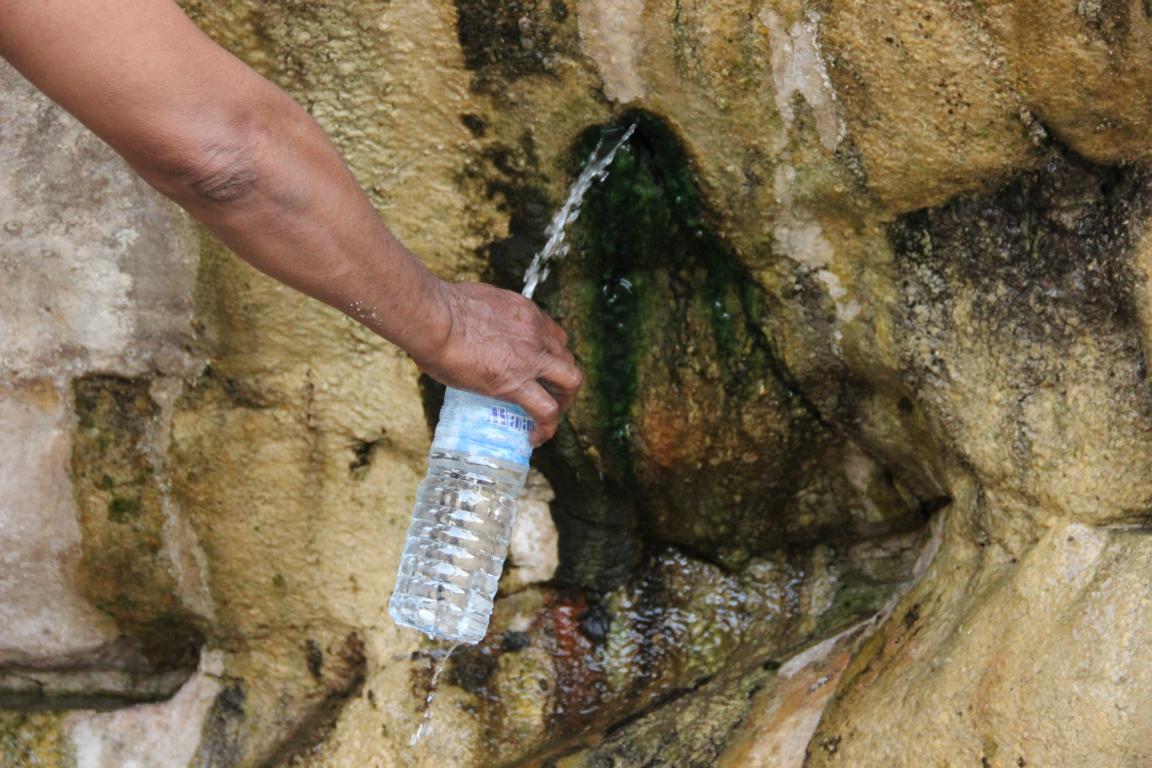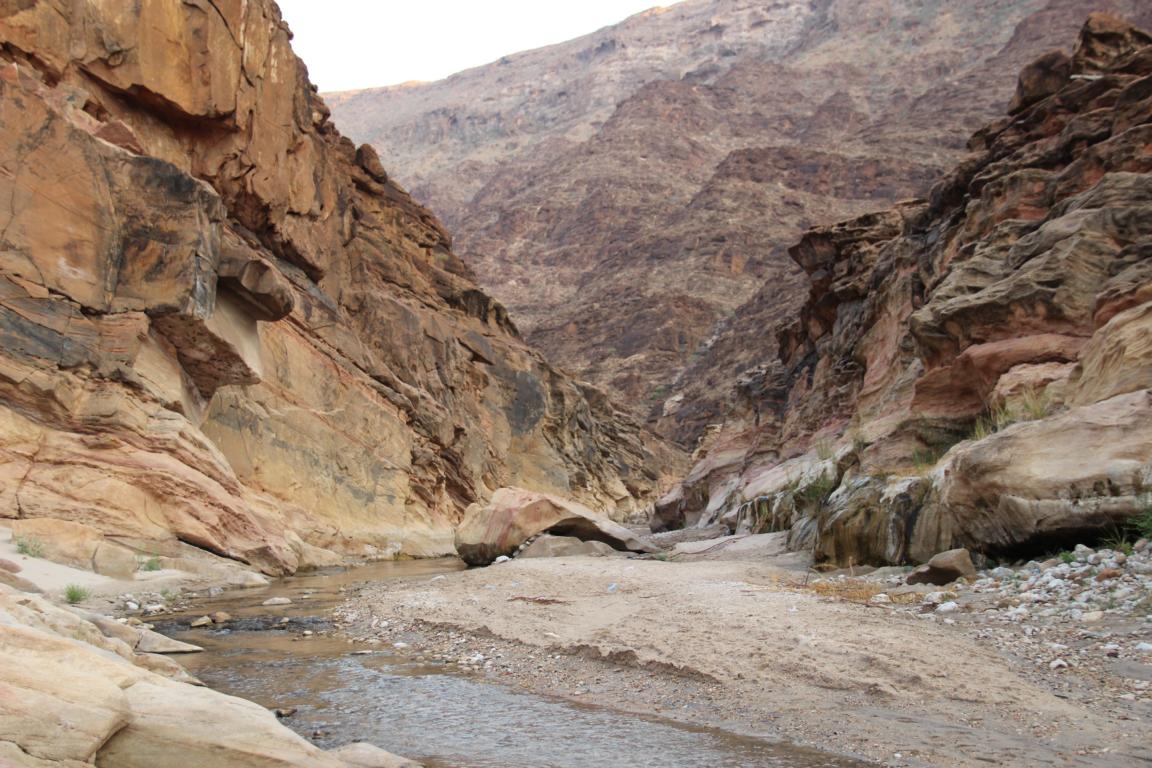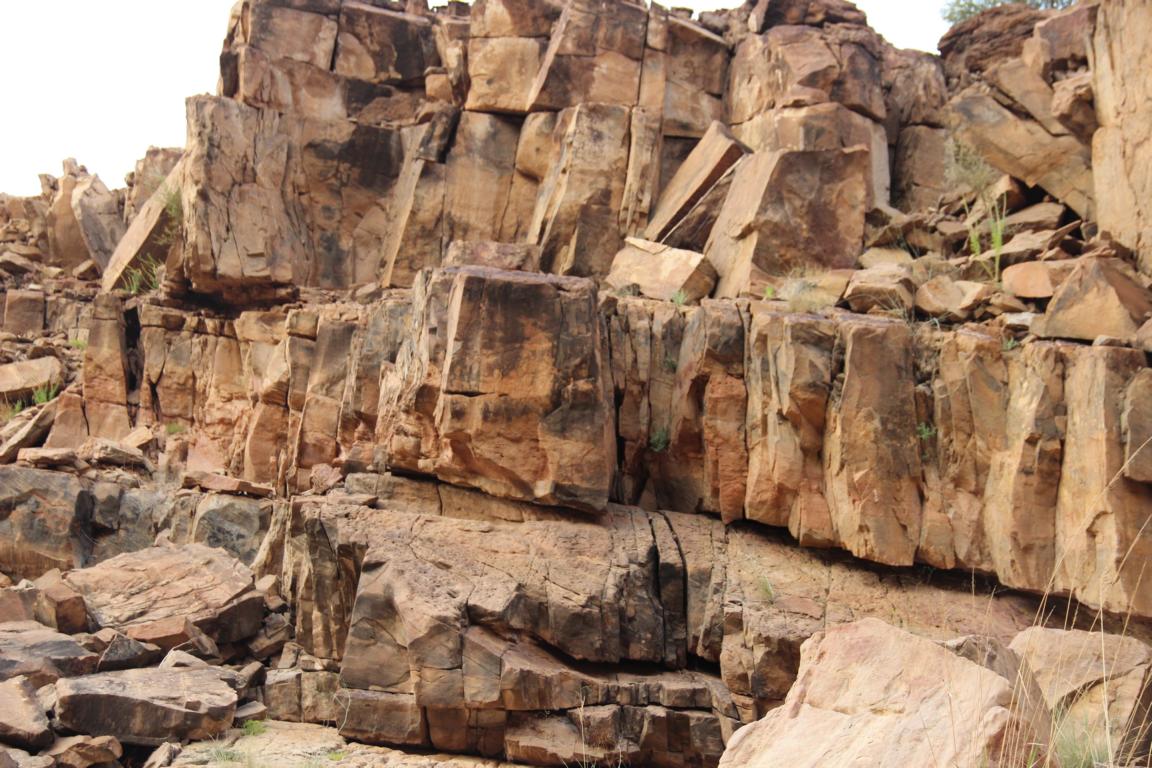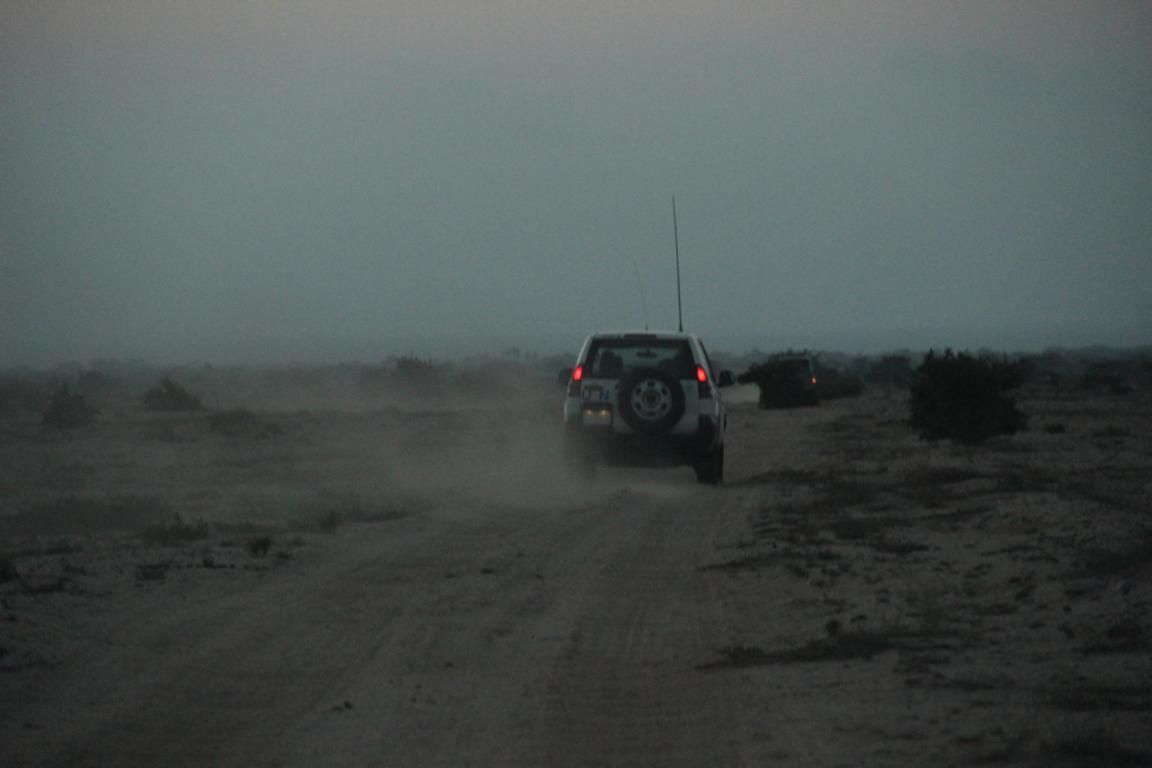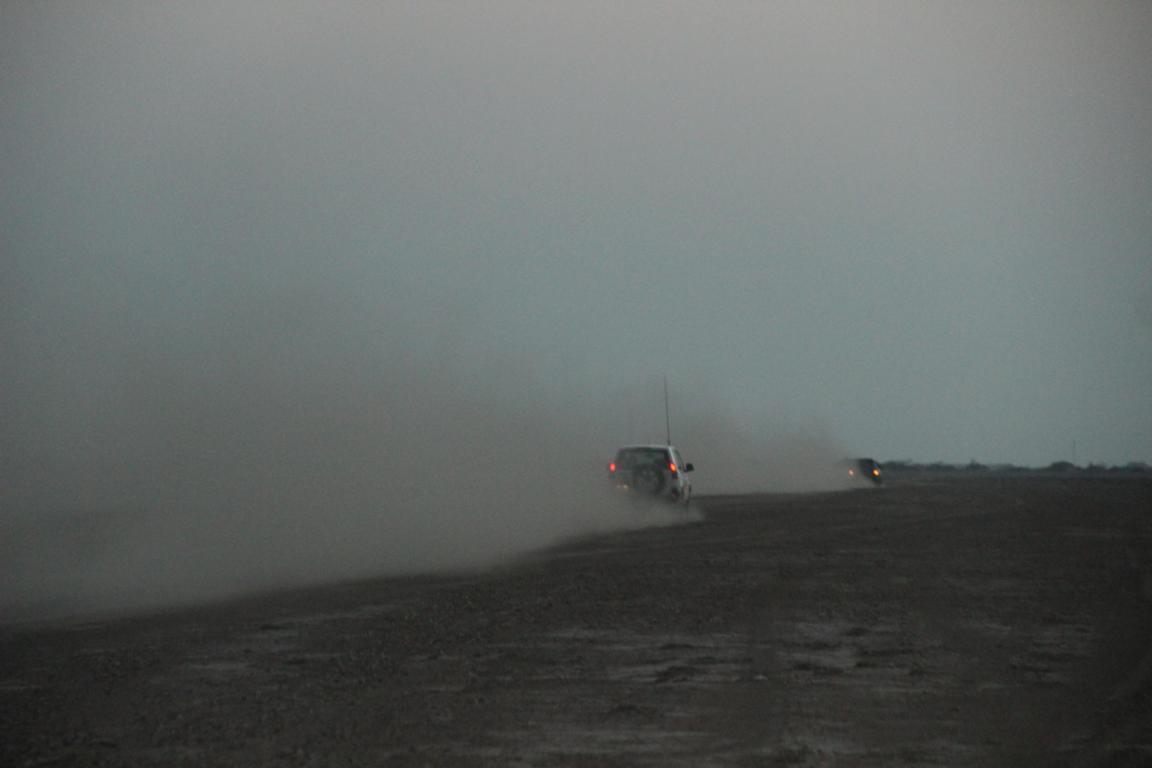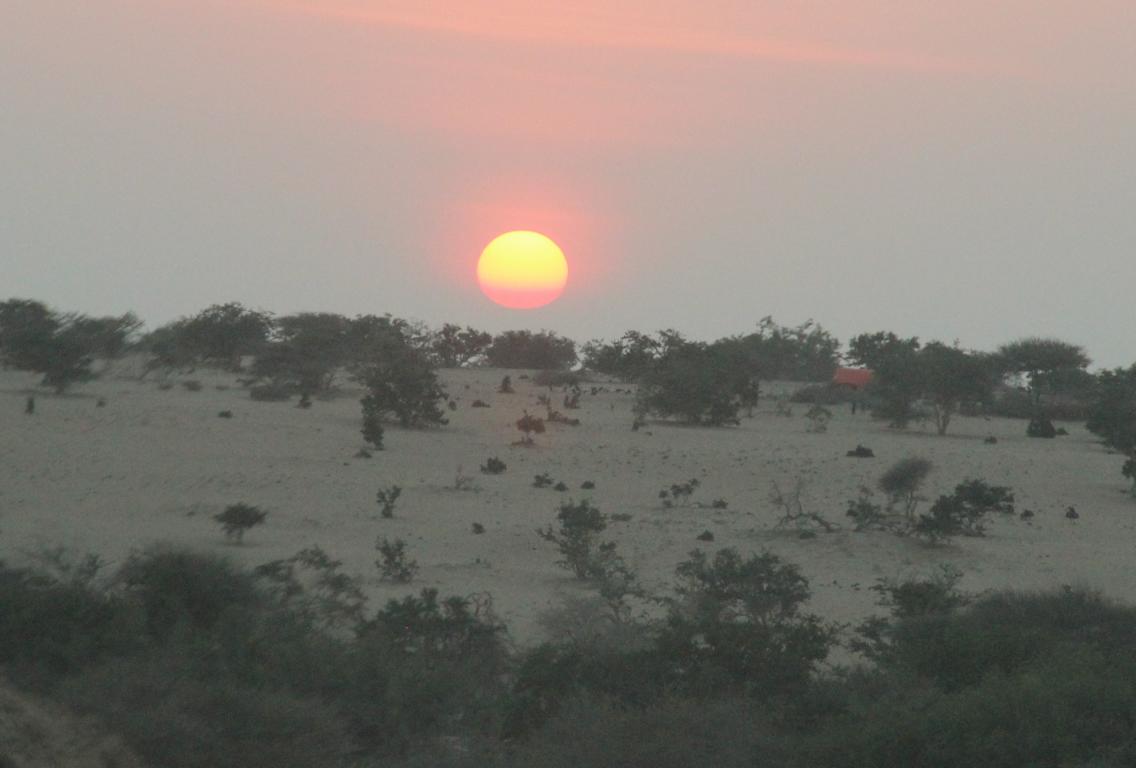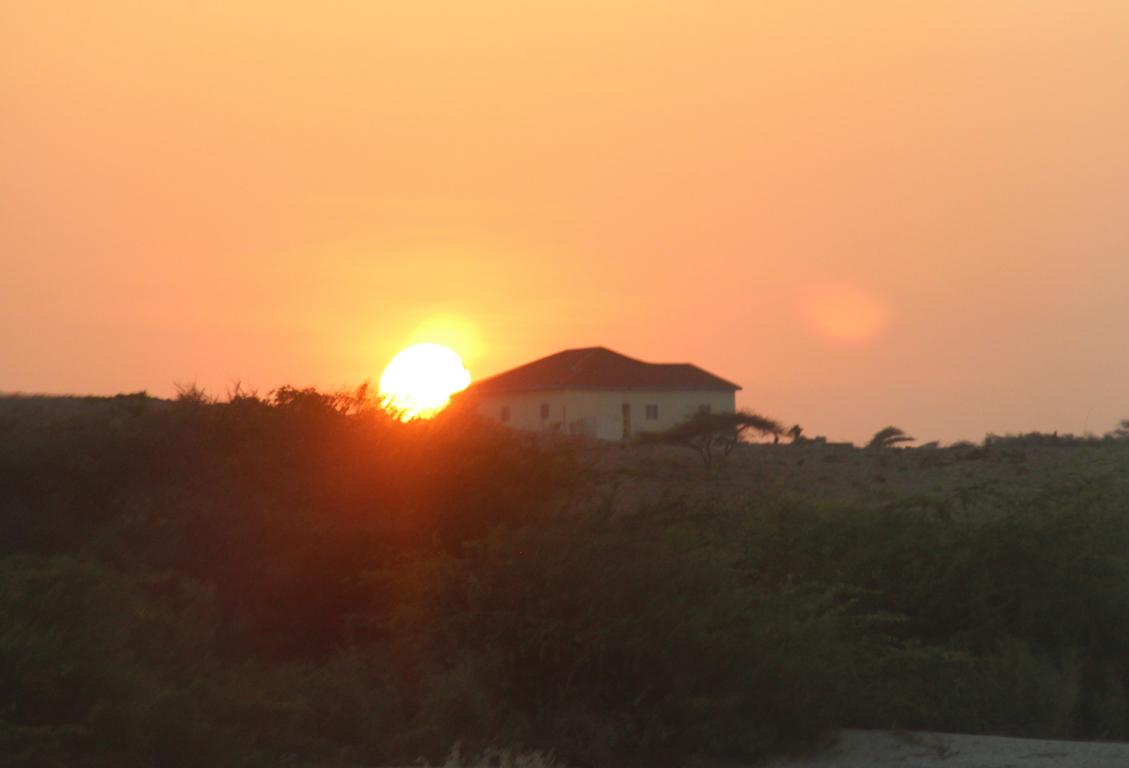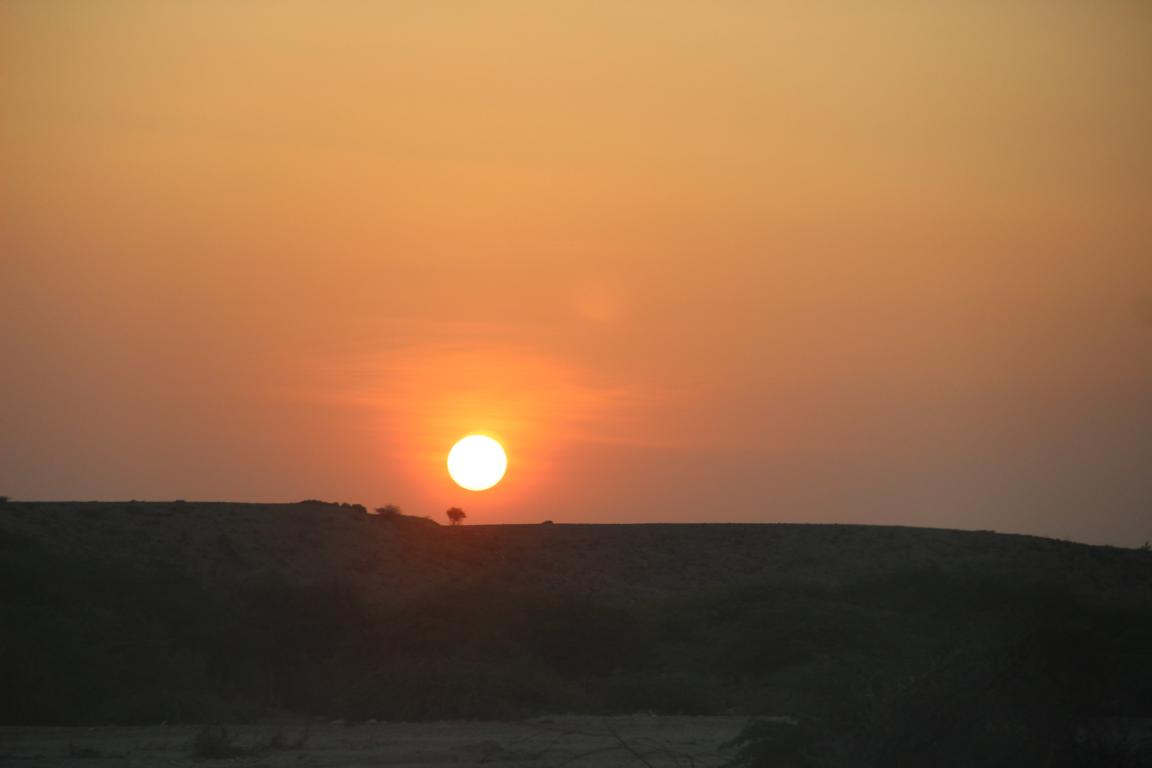Road Mission through Somaliland, April 2015
The Horn of Africa is generally associated with war and violence. This diverts from the fact that the region has its natural beauty. Somaliland which declared its independence in 1991 (although not yet internationally recognized) was able - on its own (!) - to establish a considerable level of stability and peace. Located in the North-west along the Red See it has a territory of 137,000 km2 and a population of 3.5 million inhabitants.
The relative security in Somaliland made it possible by usinga light armed escort to conduct a three-day (600 km) road mission to Berbera and Burao, two towns where UNDP is supporting constituency offices of the Somaliland House of Representatives. The purpose of the visit was to learn about the offices’ work and how to make them more effective to link the population with the MPs and the parliament. As a by-product the journey also gave us the possibility to get a glimpse of the beauty of the country by passing some places with high potential to become major tourism spots in the future. To access the photo series click here https://plus.google.com/photos/103945442053805877863/albums/6132084741956920721 or scroll over the below pics.
The rock paintings of Las Geel are between 6,000 to 10,000 years old and give evidence that this region has been more fertile in the past and inhabited over a long period.
The majority of the population still lives from agriculture as pastoralists or nomads. Due to scarcity of water the main life stock are camels and goats. The temporary or permanent accommodations are called Aqal and are usually protected by a fence made out of thorns although lions who were common in the past are by and large extinct. Somaliland is one of the biggest exporter of cattle in the region supplying in particular Saudi Arabia.
From 1884 until 1960 Somaliland was a British Protectorate with the economic role to provide meat to Port of Aden (Yemen) in order to supply ships moving through the Suez Canal from the UK to India and back. To secure the area the British Government maintained a 300 men strong Camel Corp recruited from the Somali population which patrolled an area as big as Austria and Switzerland together. The HQ of the Camel Corps located at Sheikh/Burao has fallen in decay after the Brits left.
The harbor of Berbera and the cement factory (currently out of function) which in the past exploited one of the best quality mineral depots of the world could be potential sources to stimulate the Somaliland economy. Furthermore there is the assumption that the Horn of Africa, which has a similar geological structure as Saudi-Arabia, might be potentially rich in oil.
Plastic waste is a problem all over Somaliland littering the areas around human settlements.
Somaliland, although among the least devolved countries, in some aspects is technologically very advanced, e.g. payment can easily be done from mobile phone to mobile phone as shown at a gas station.
Meetings with the staff of the constituency offices, Members of Parliament and the governor to learn about the impact of the offices and how to make their work more effective.
Trip to Biyo Kulule a canyon located near the coast close to Berbera. Situated at a geological fault line the river which flows throughout the year is sourced by hot springs with a temperature of more than 50 degrees when surfacing. Laying in the river water in fact feels like being in a hot bath tub.
